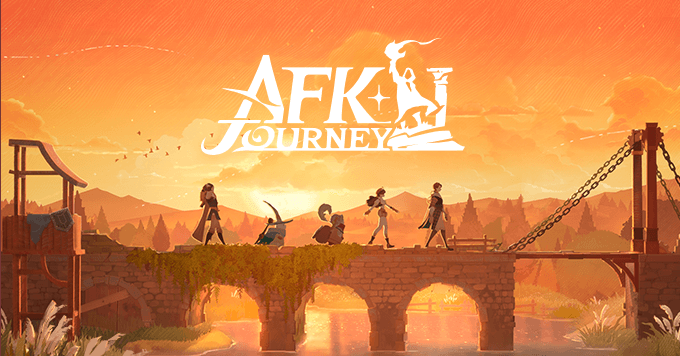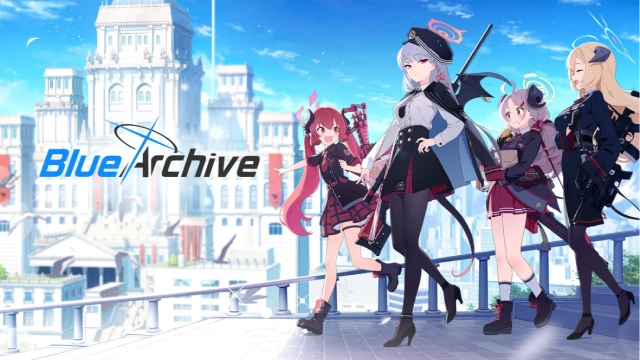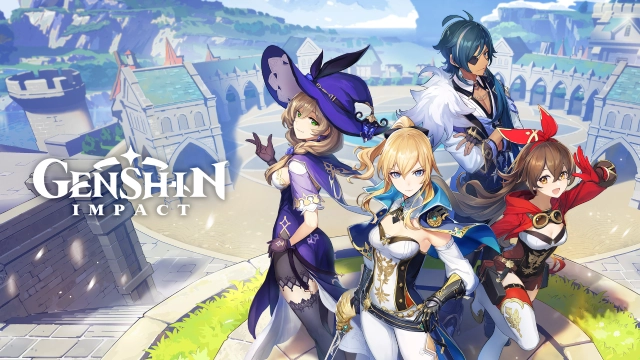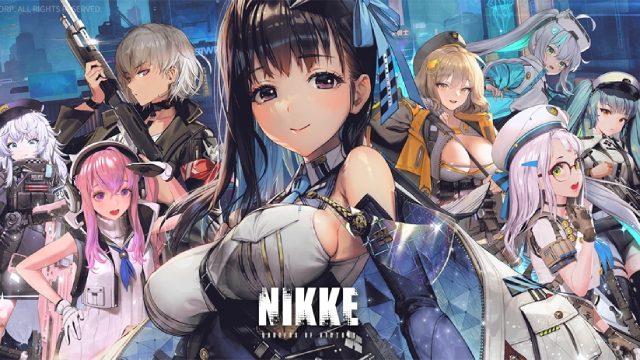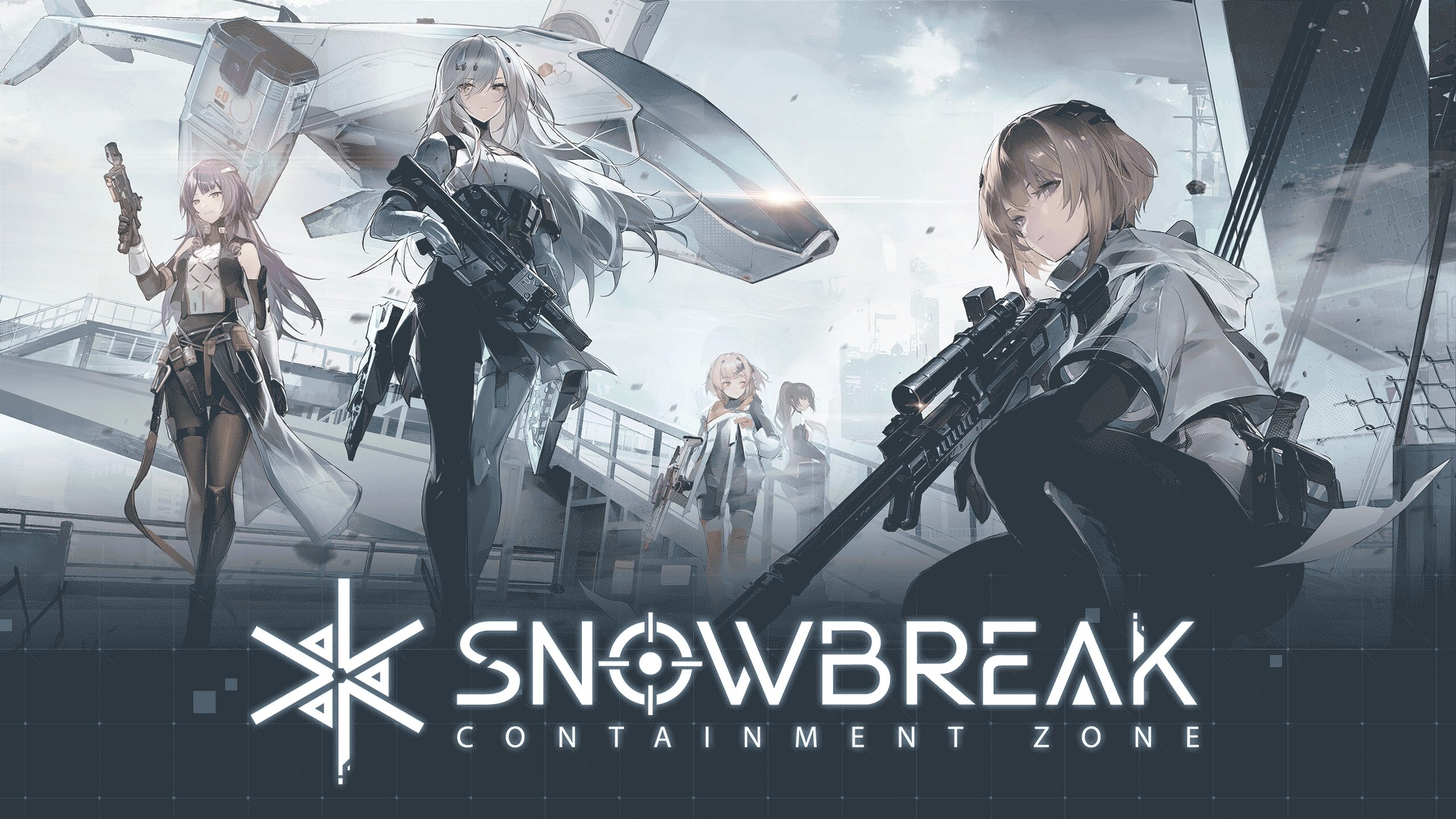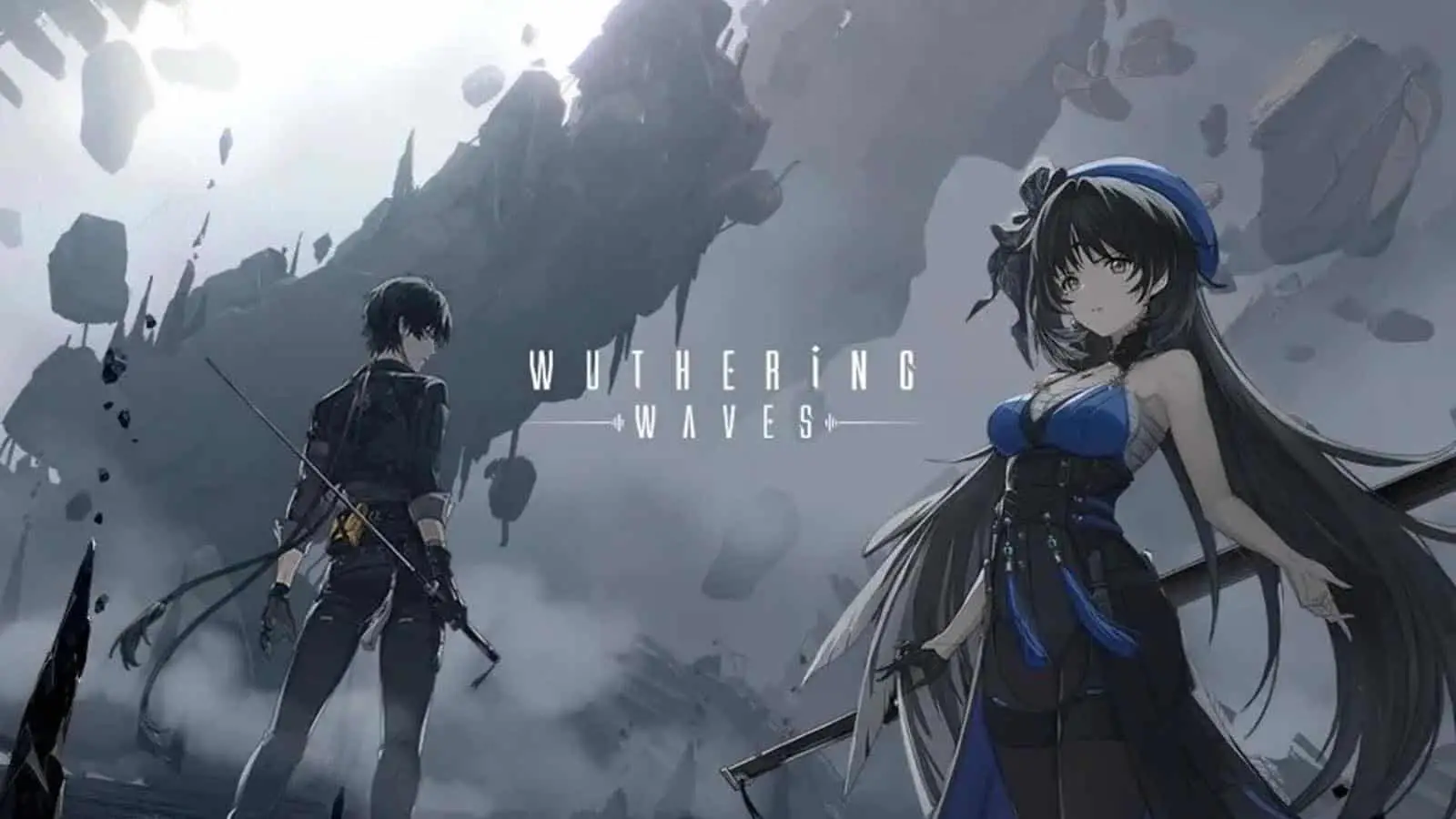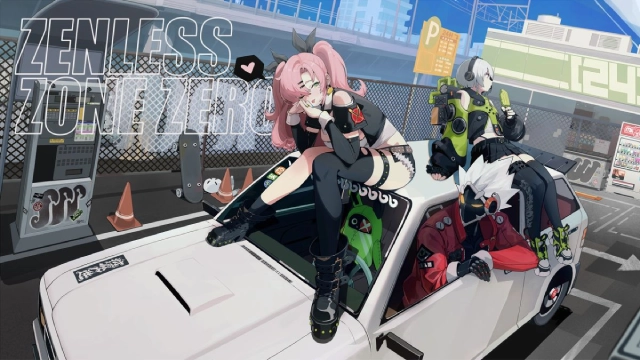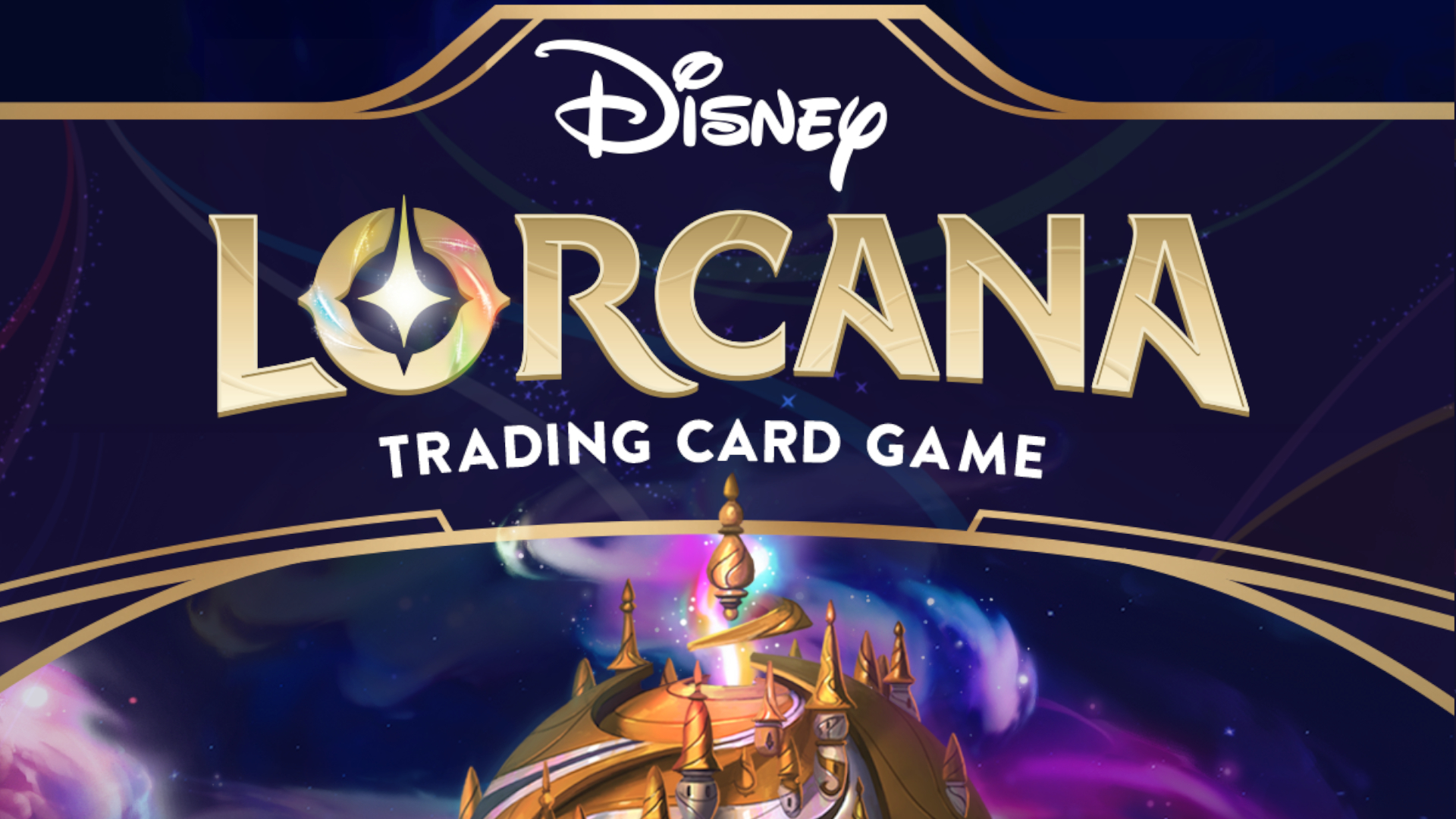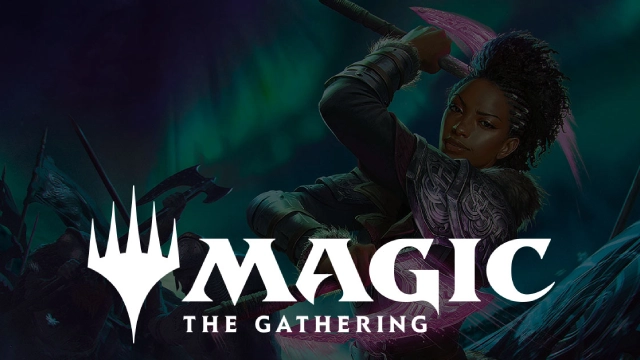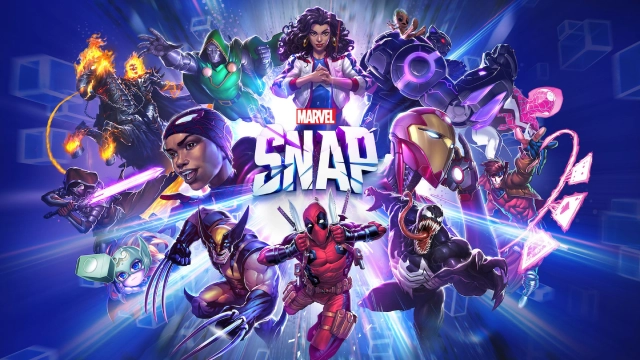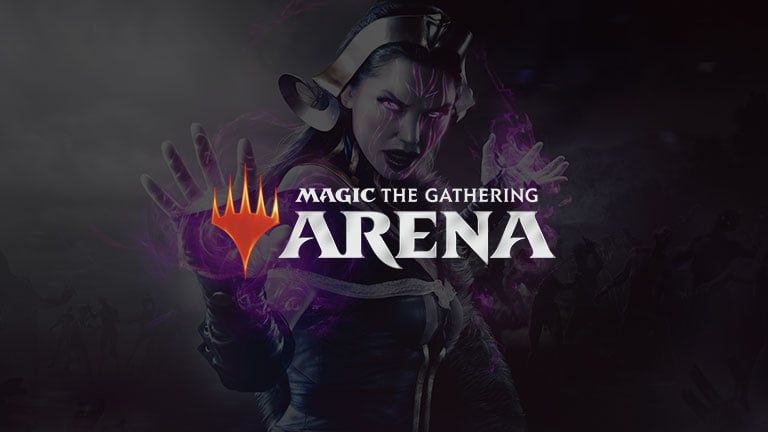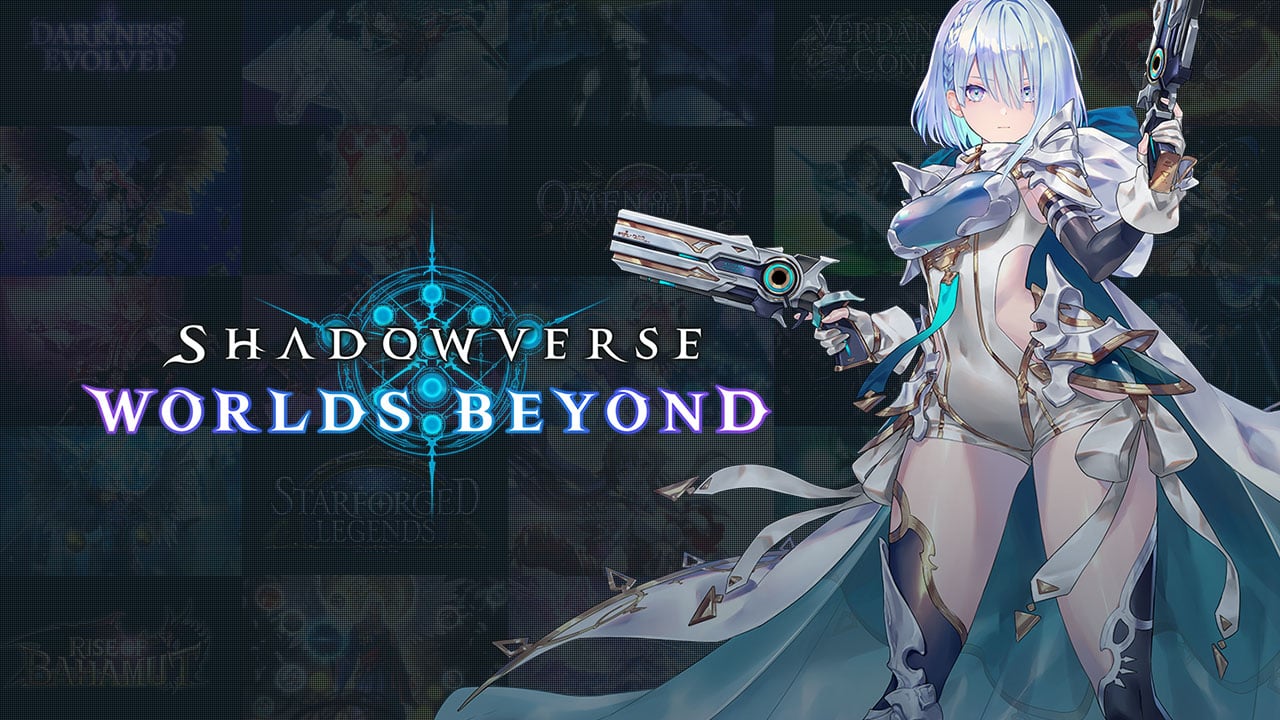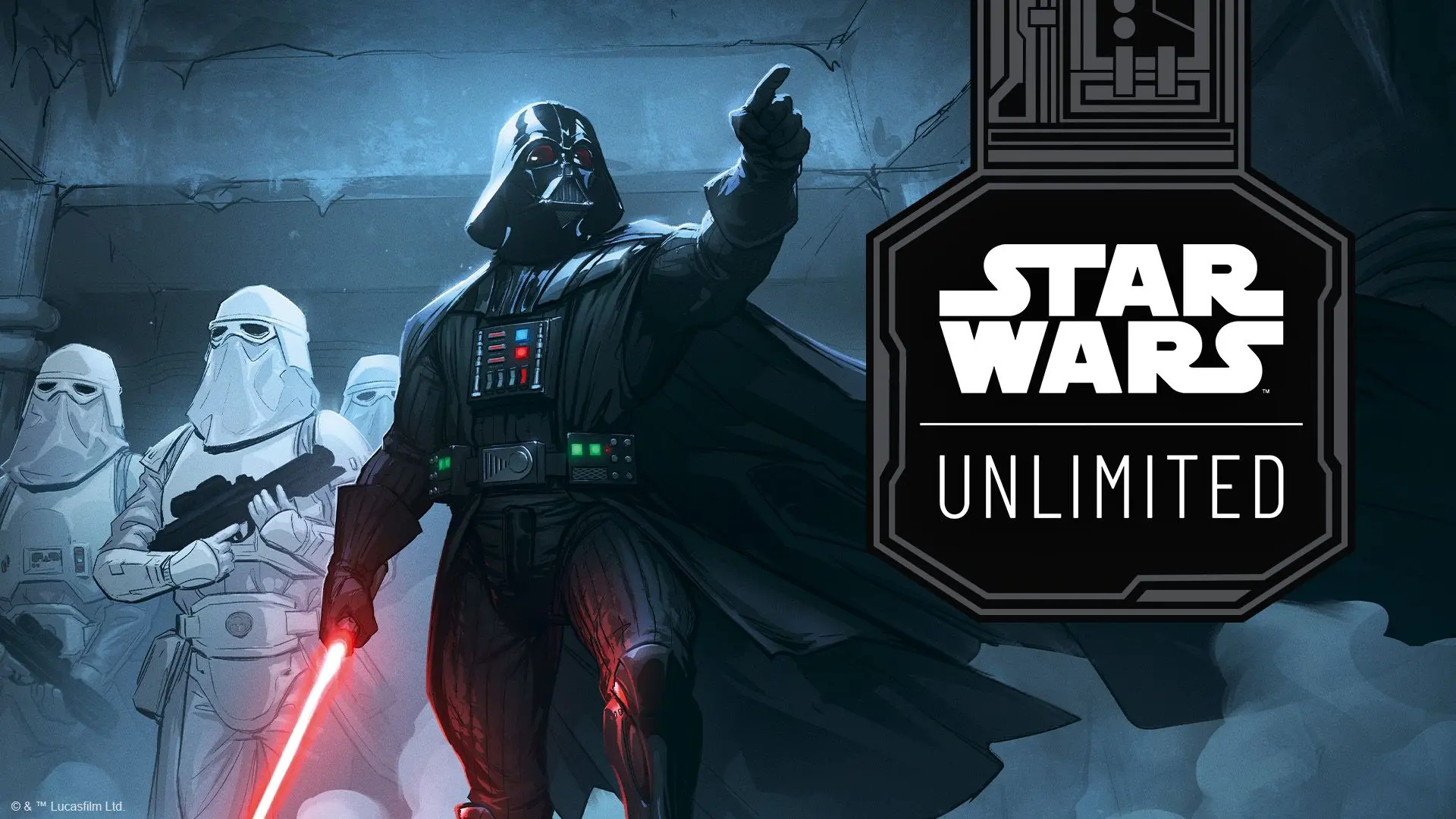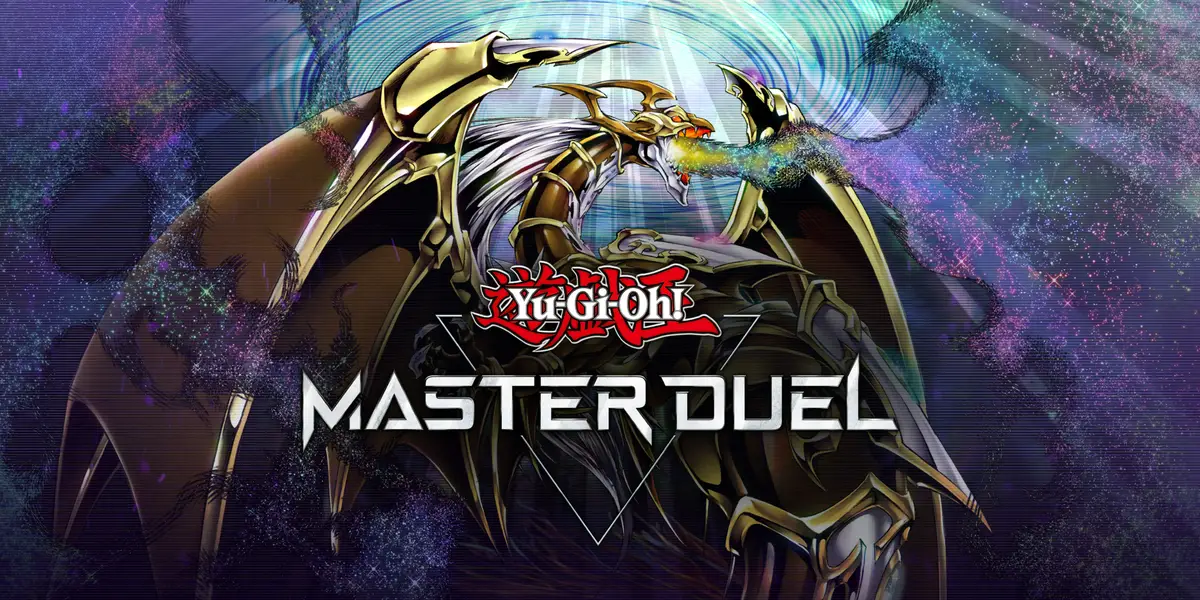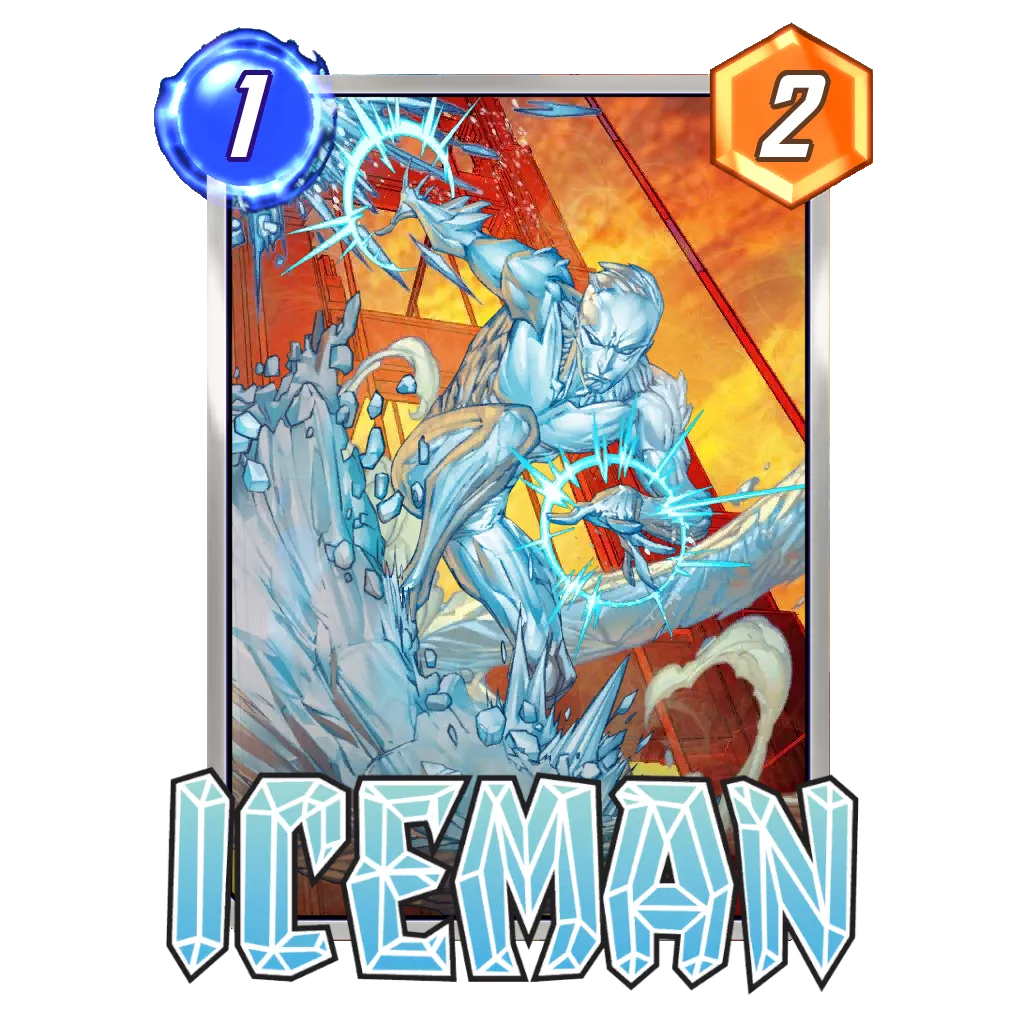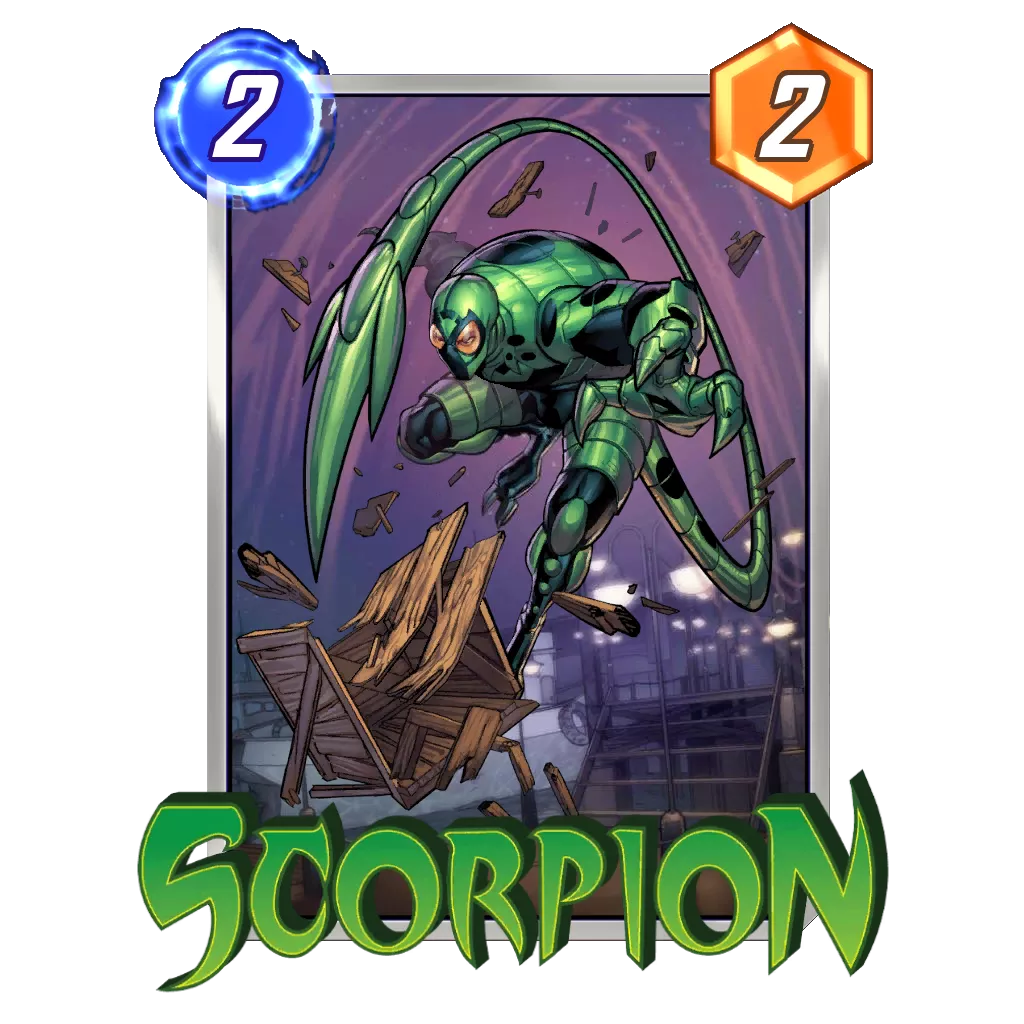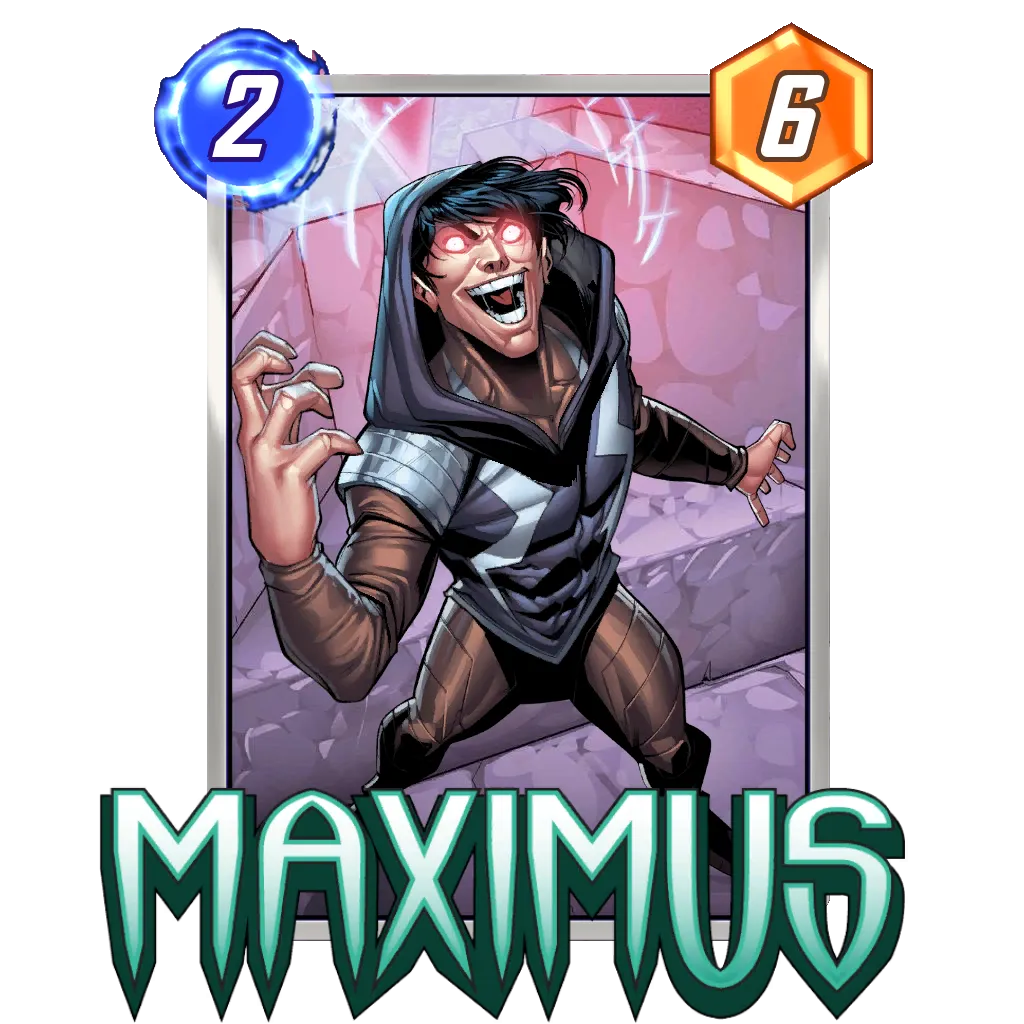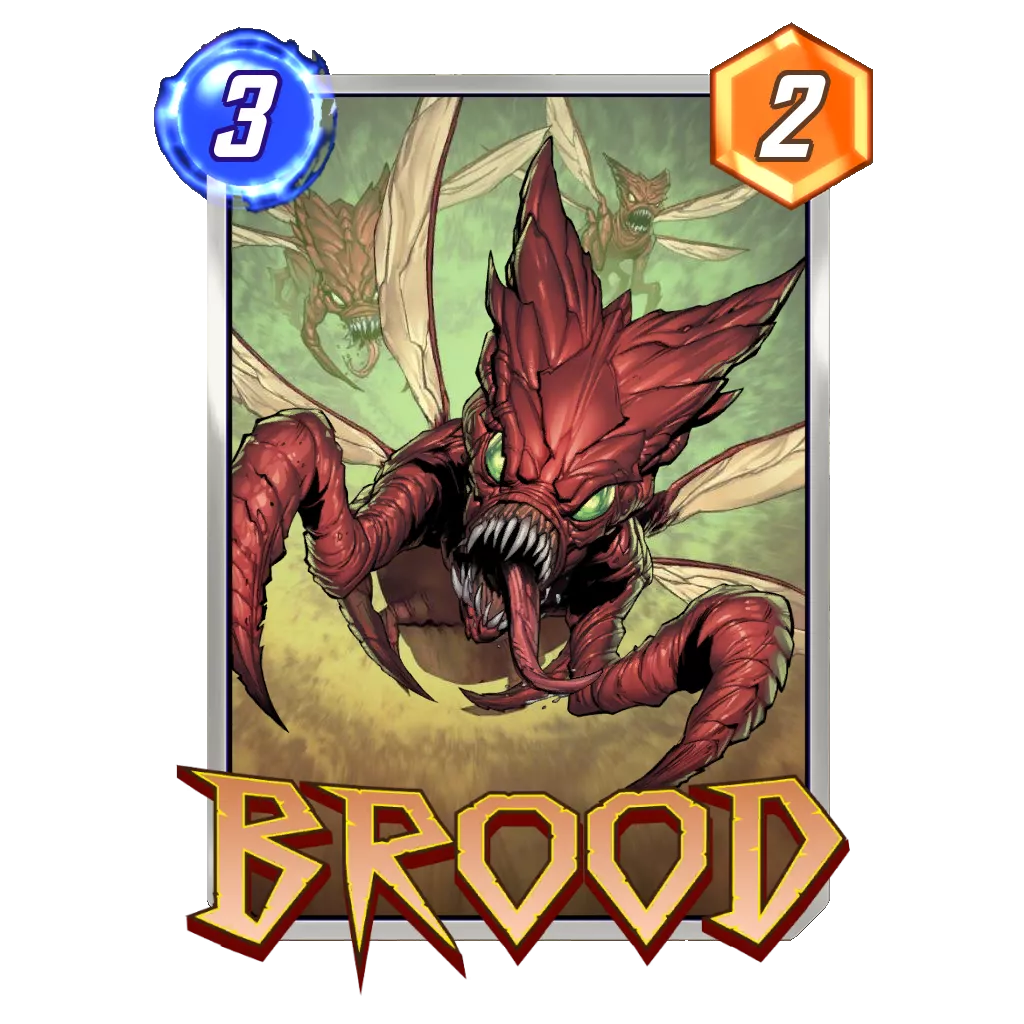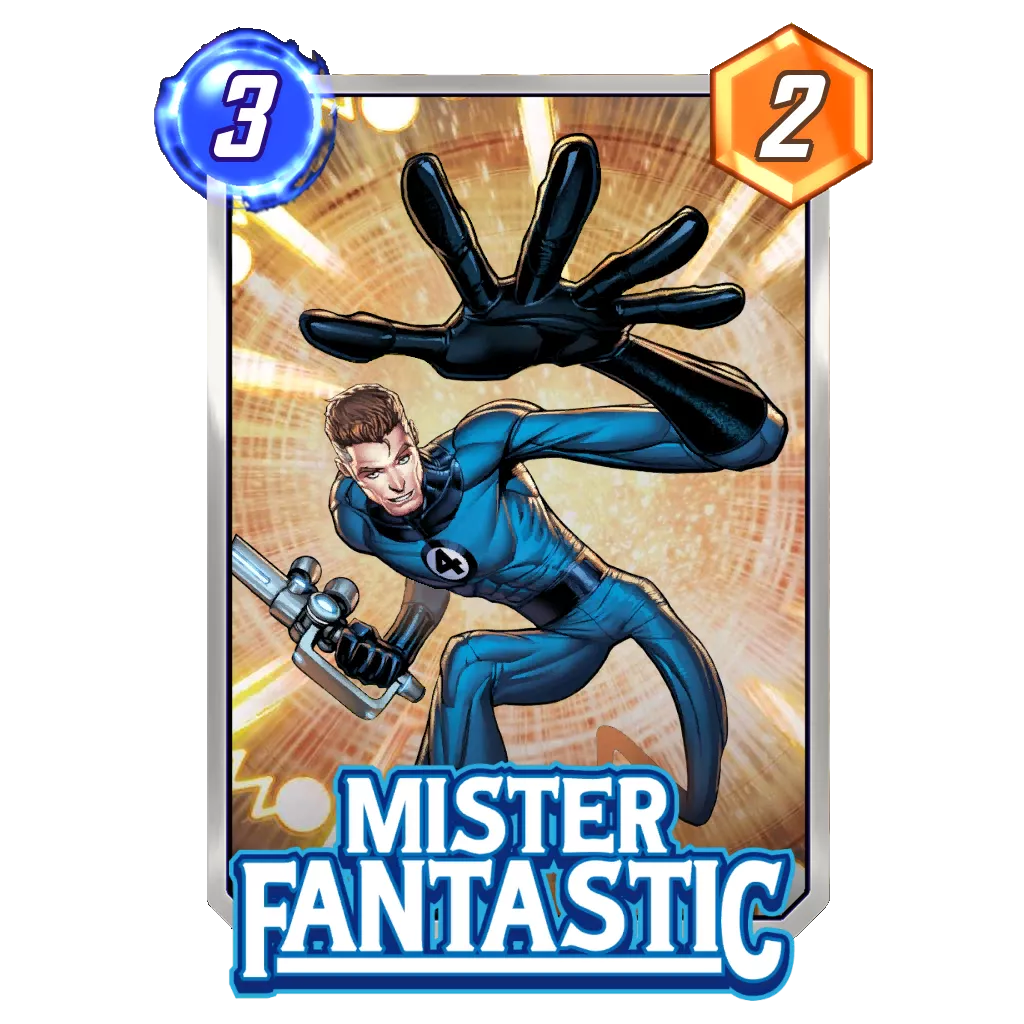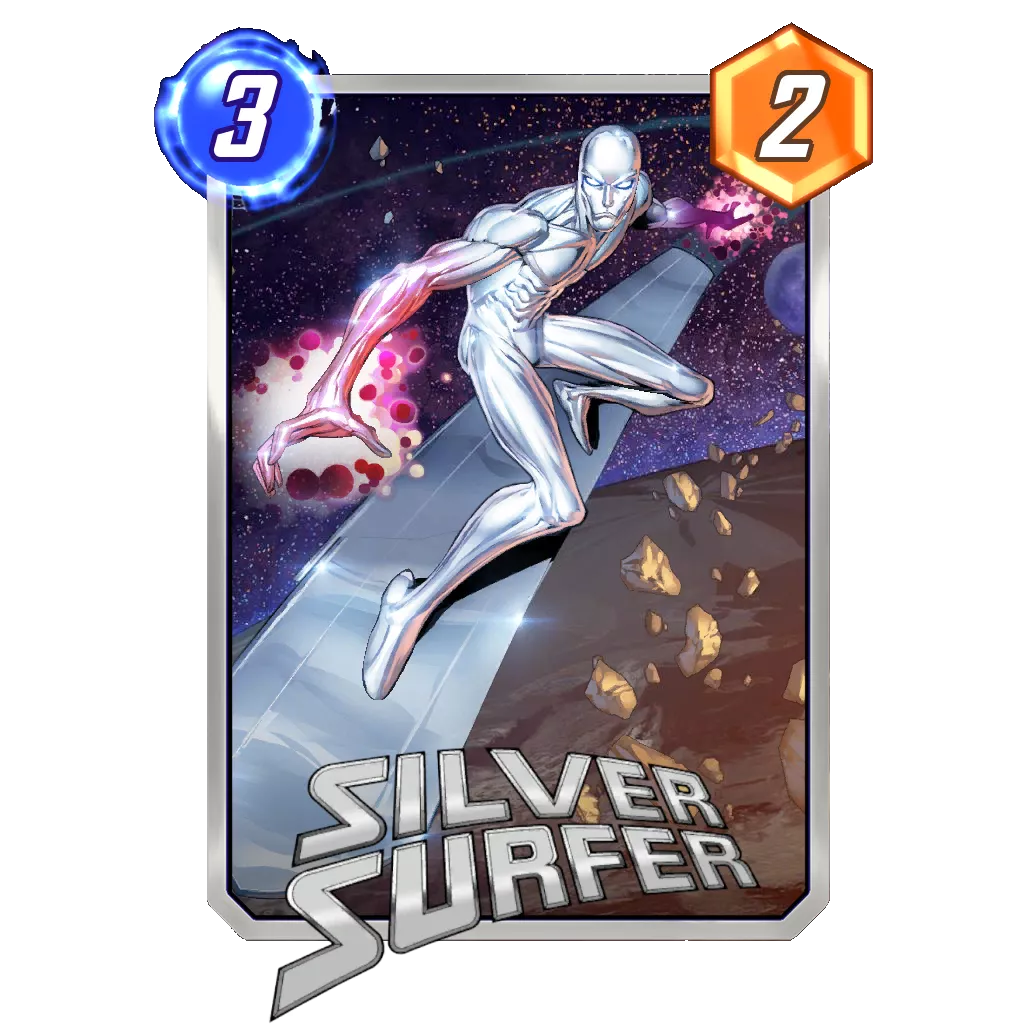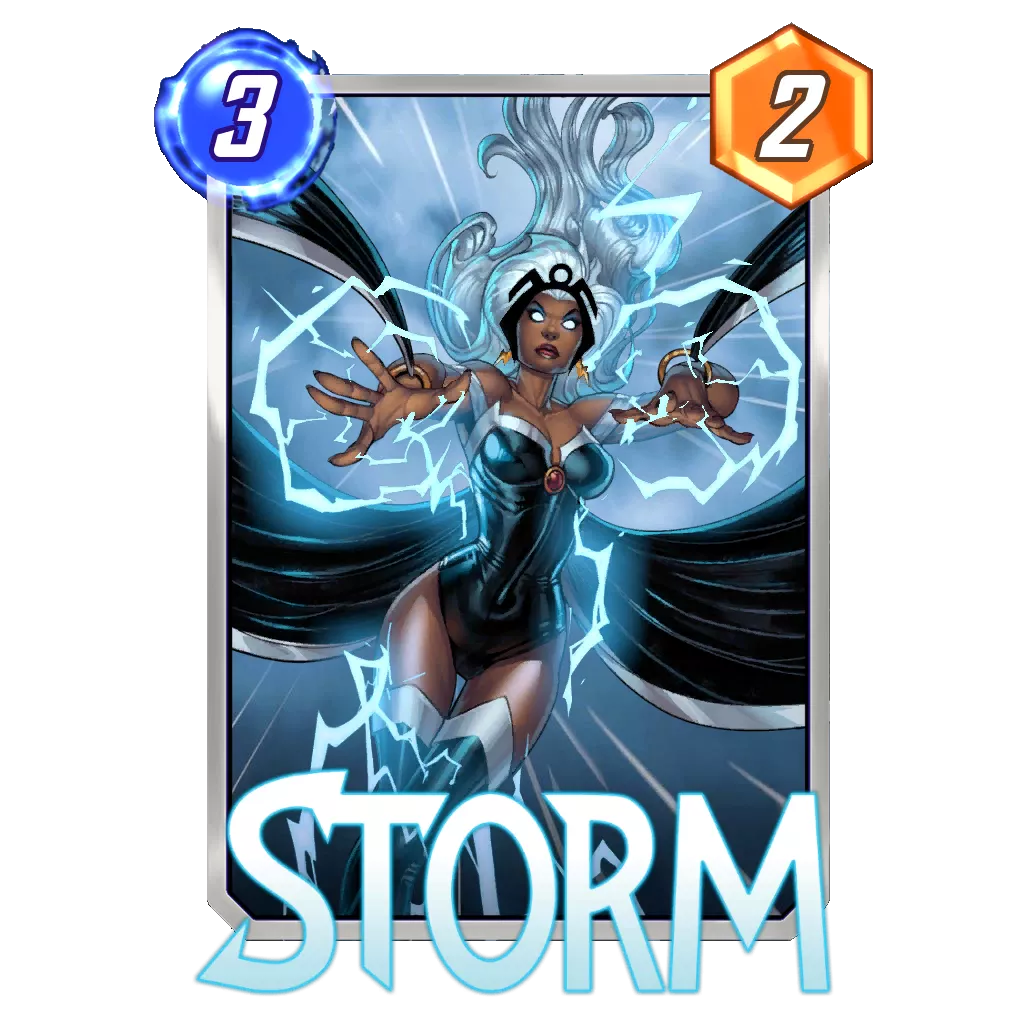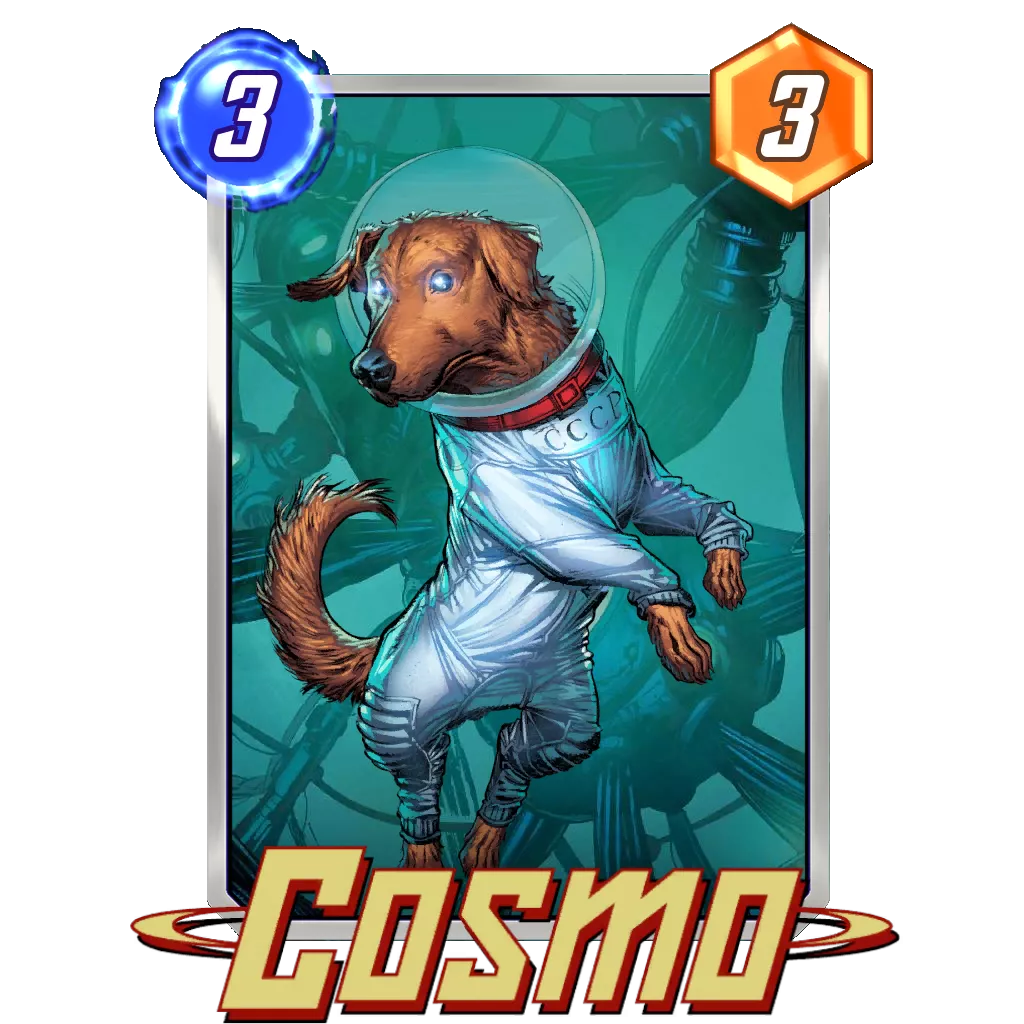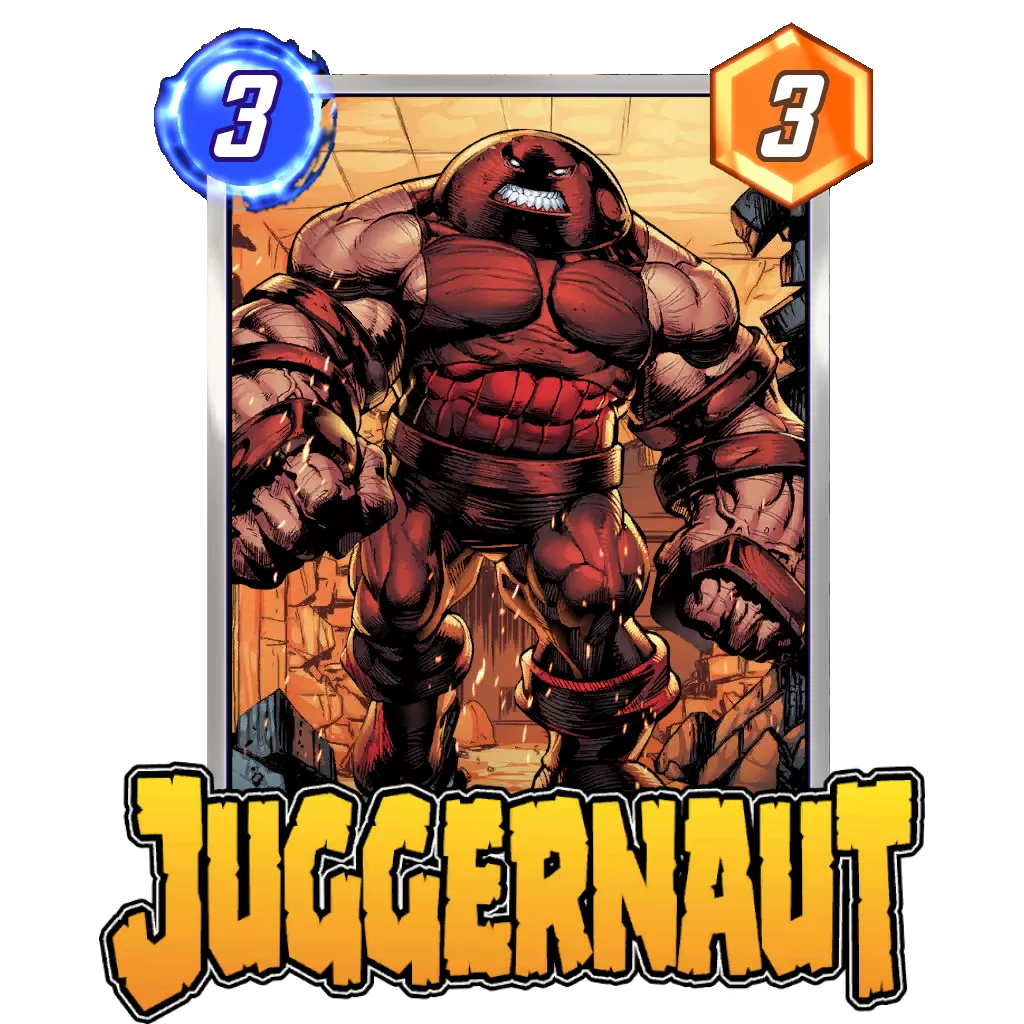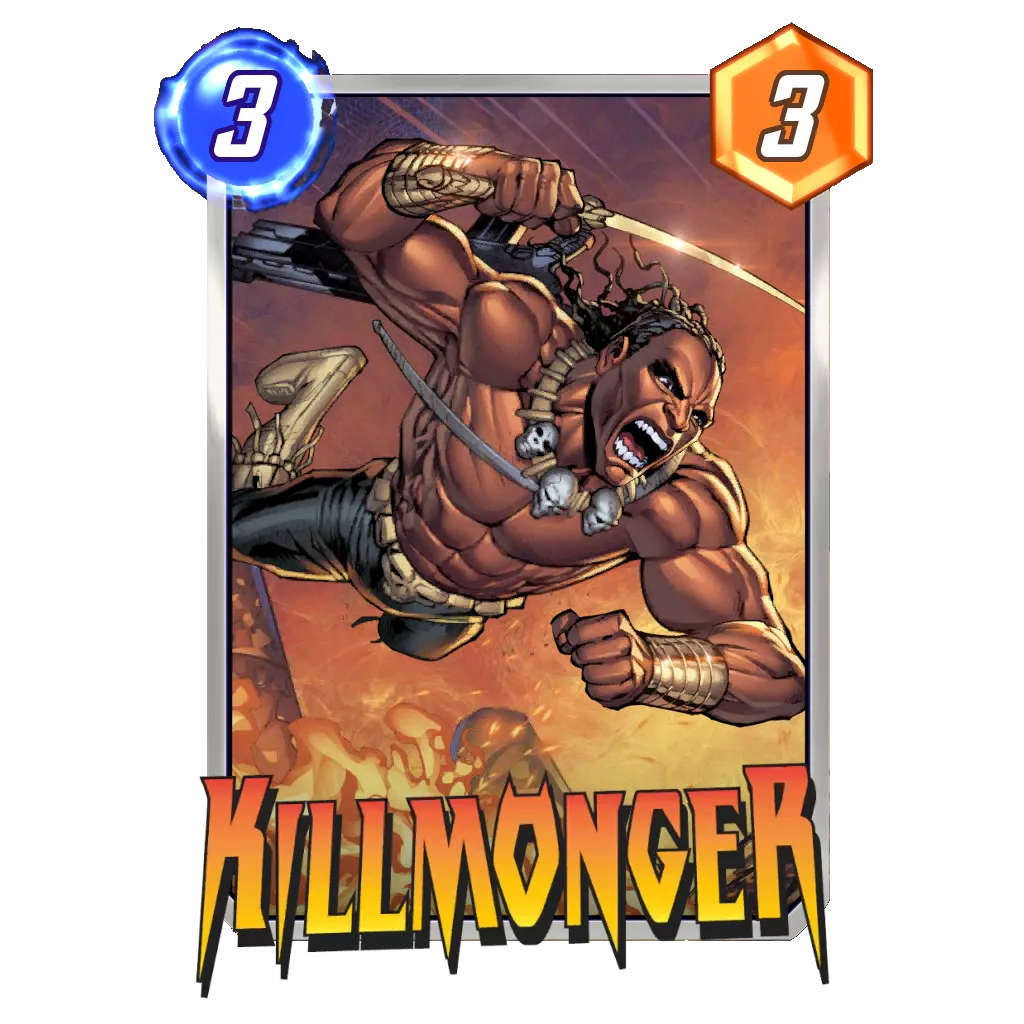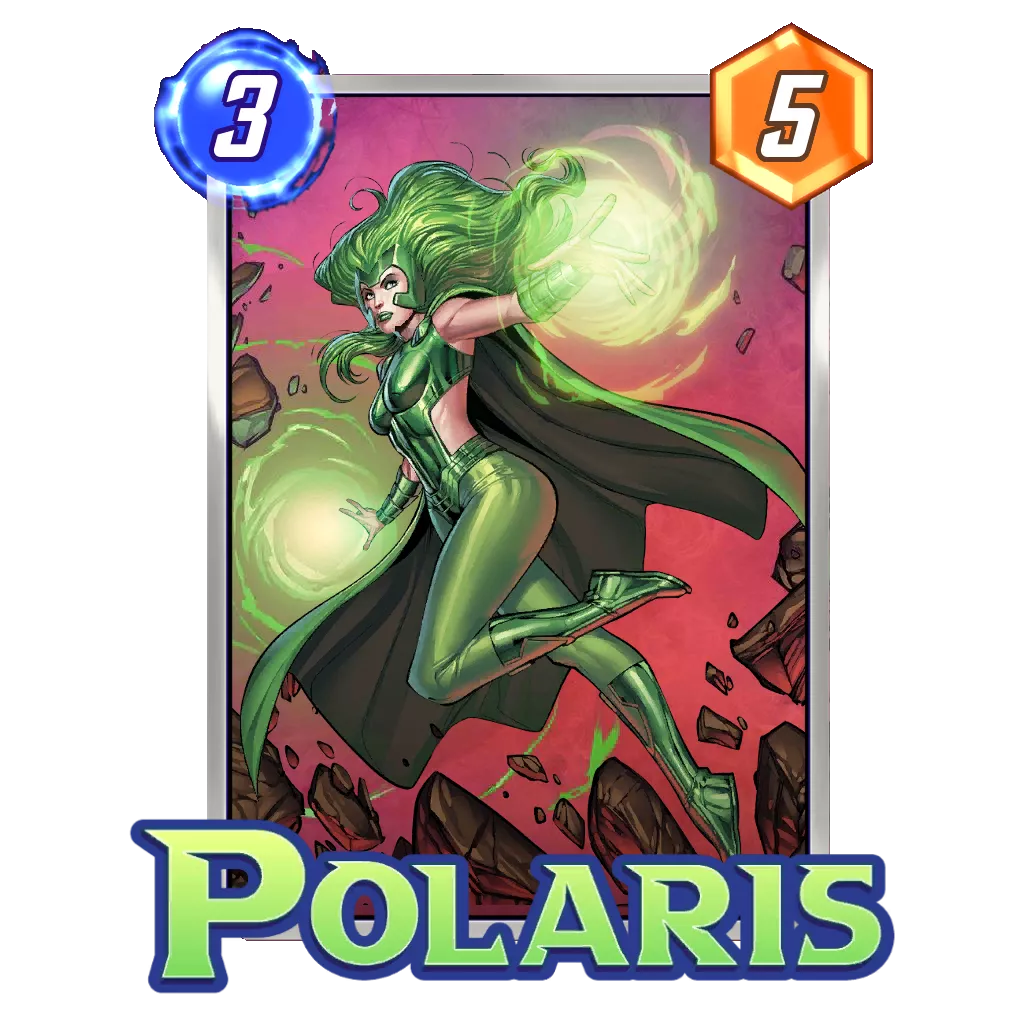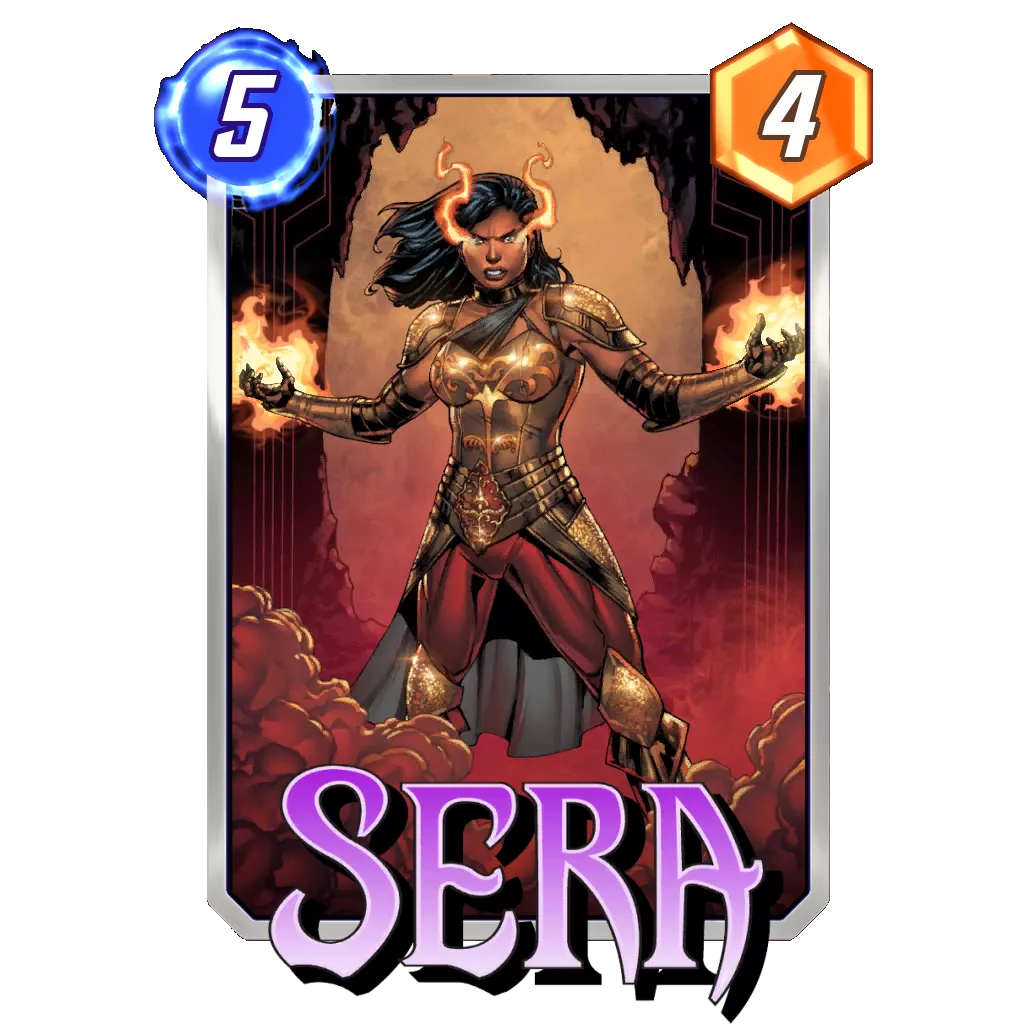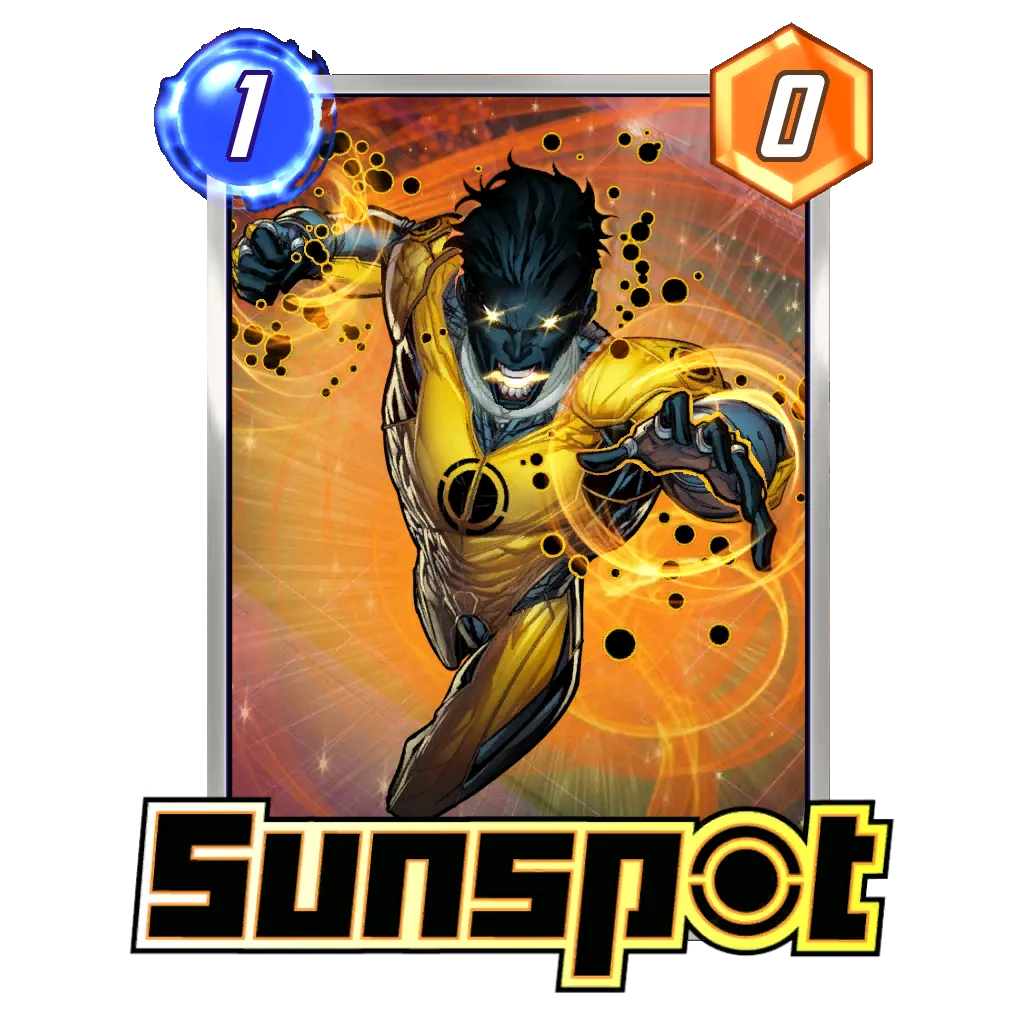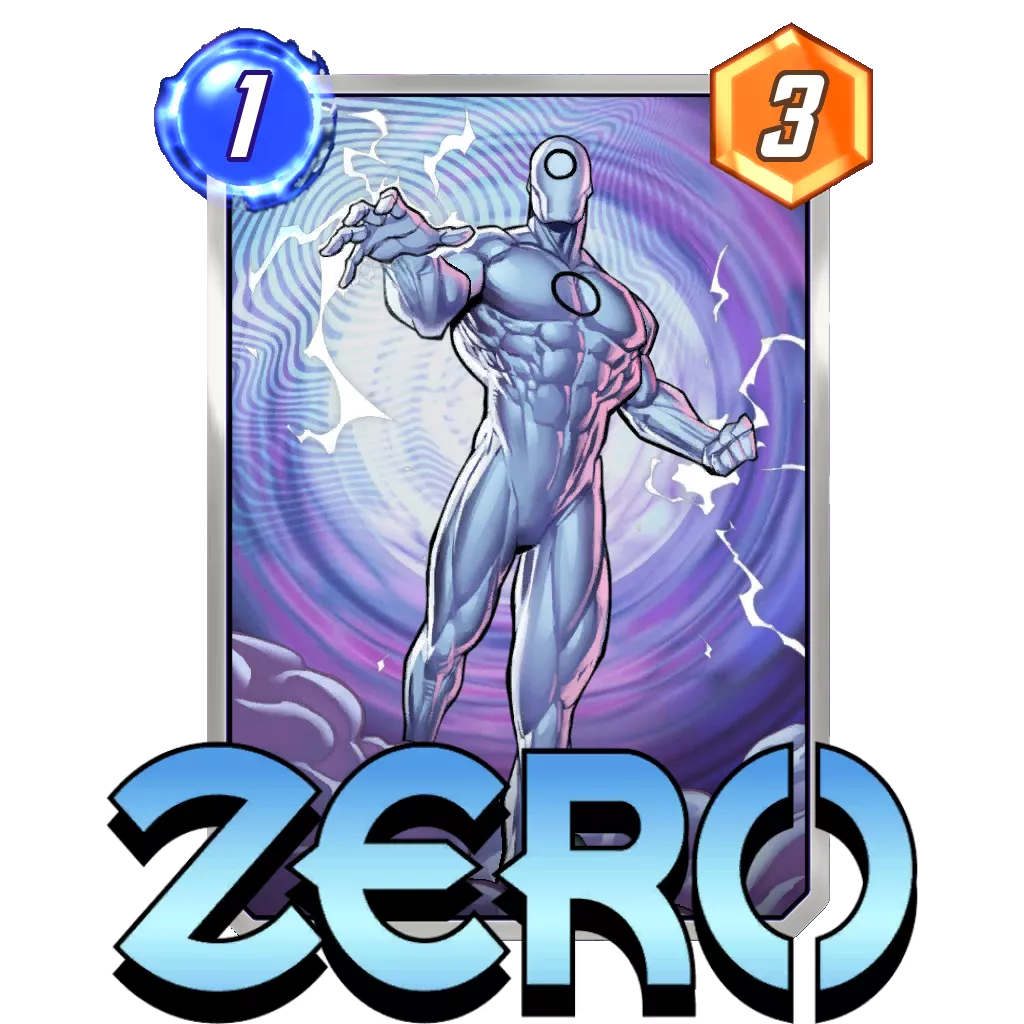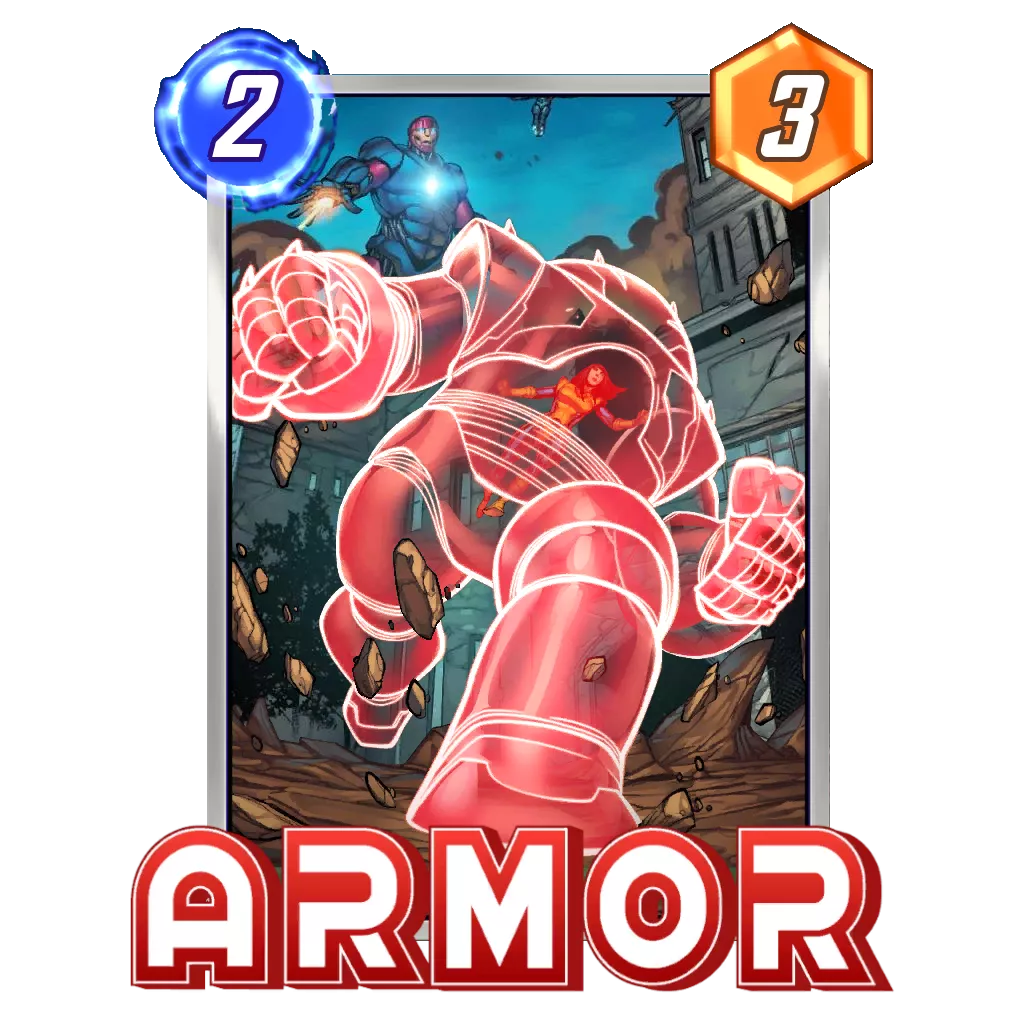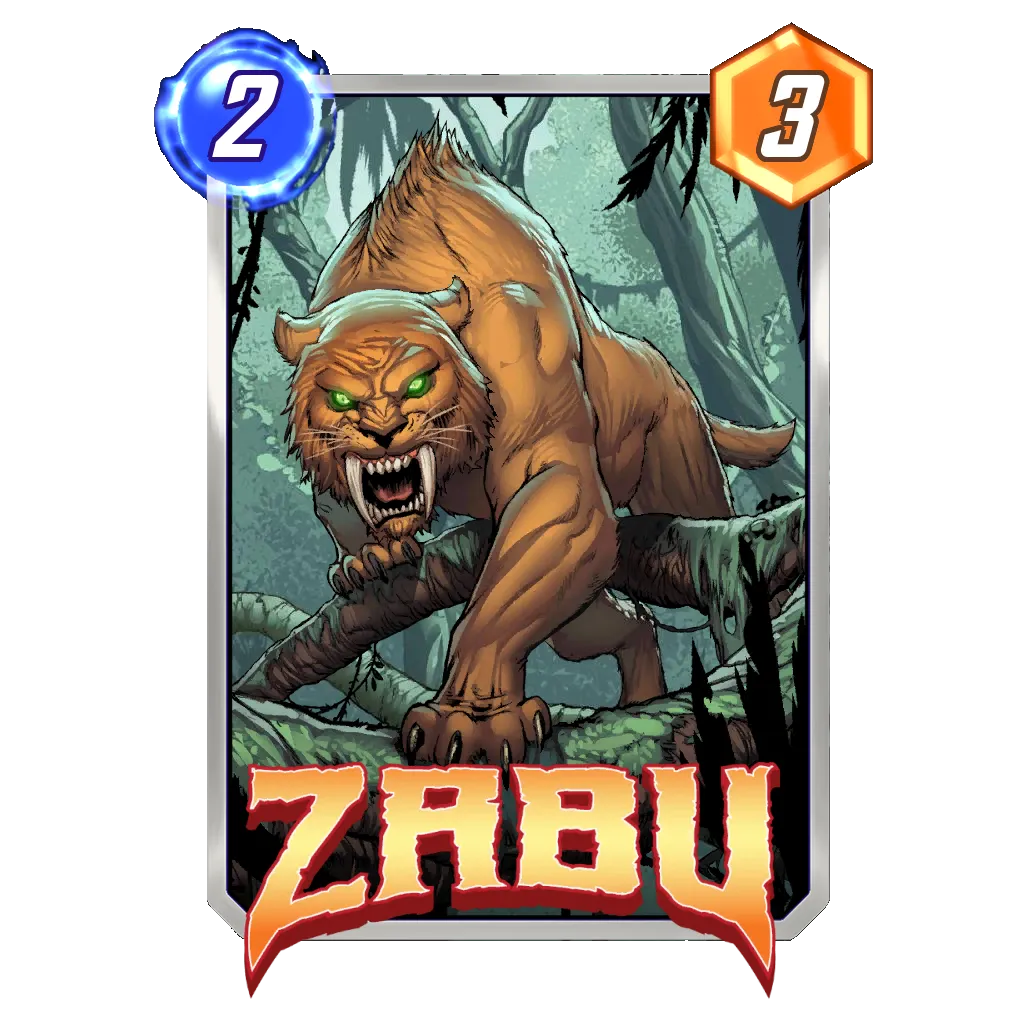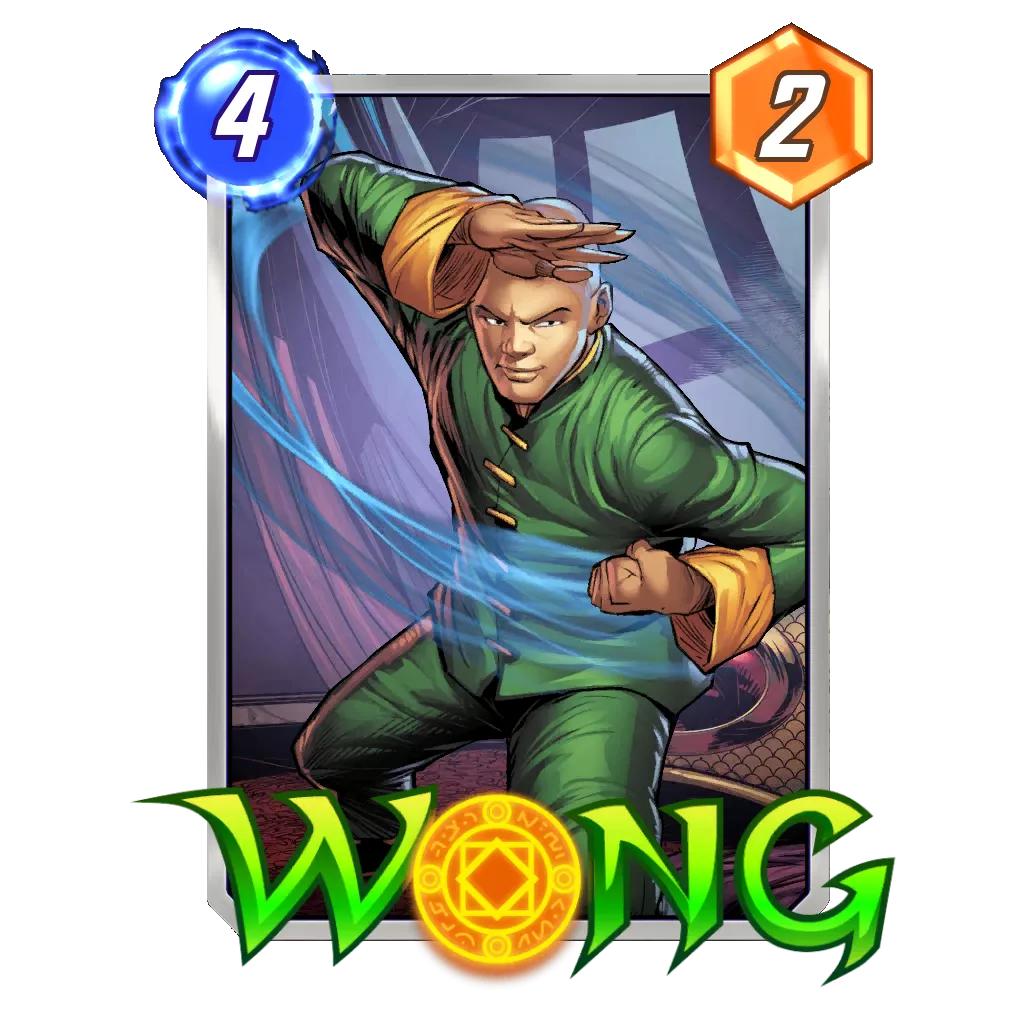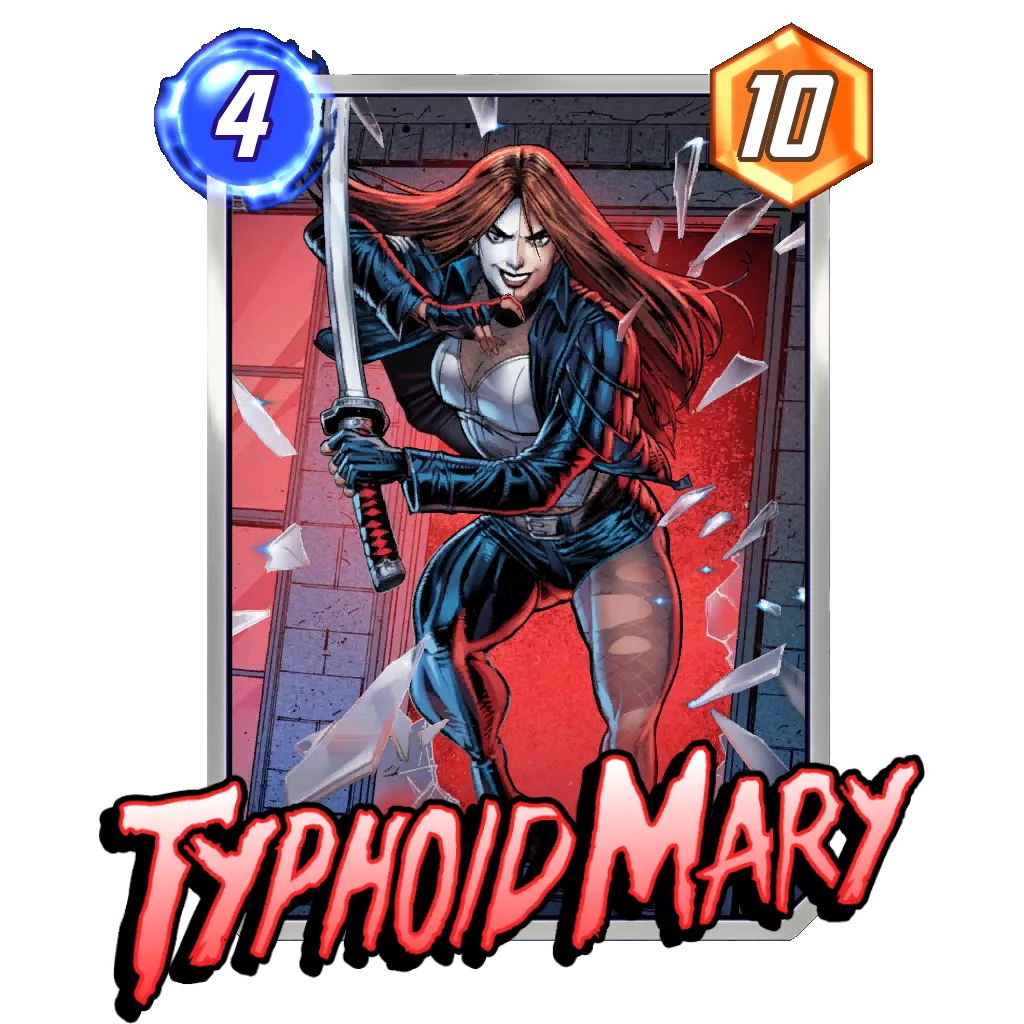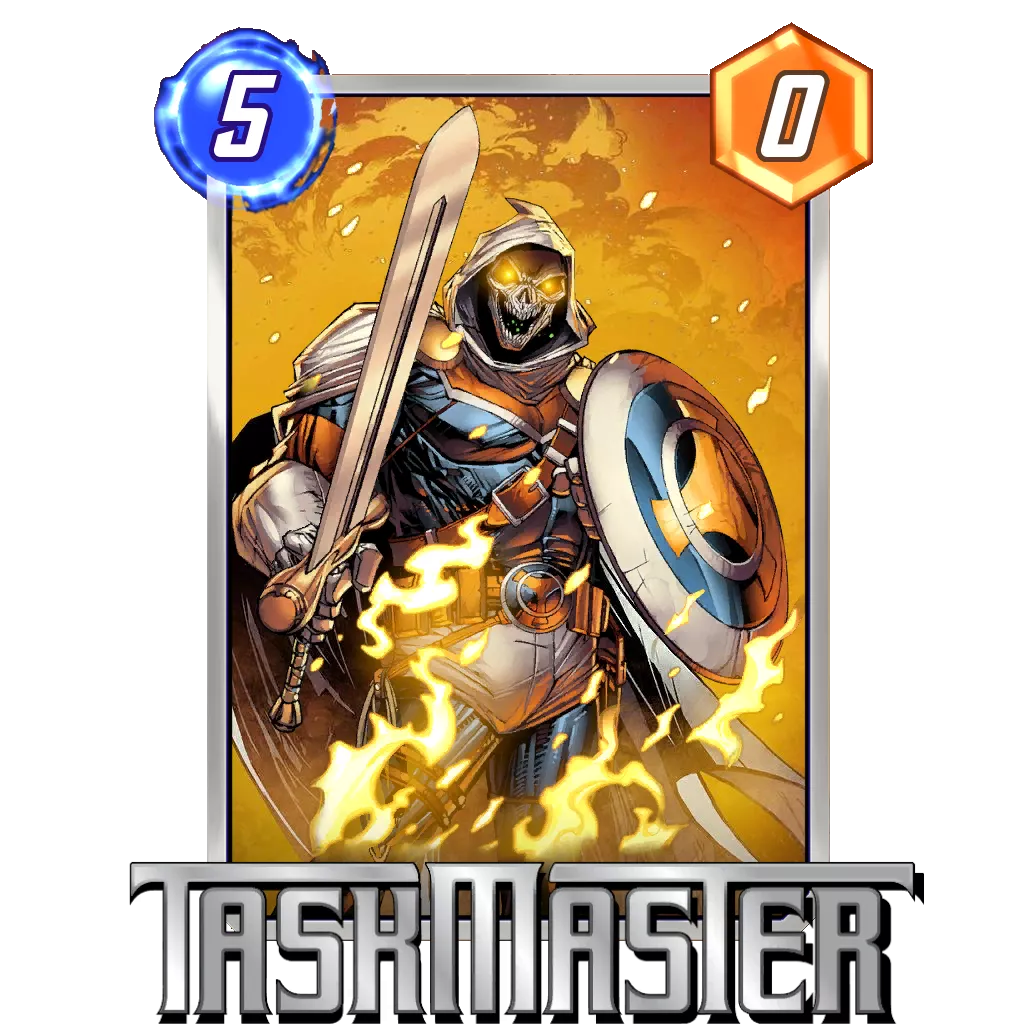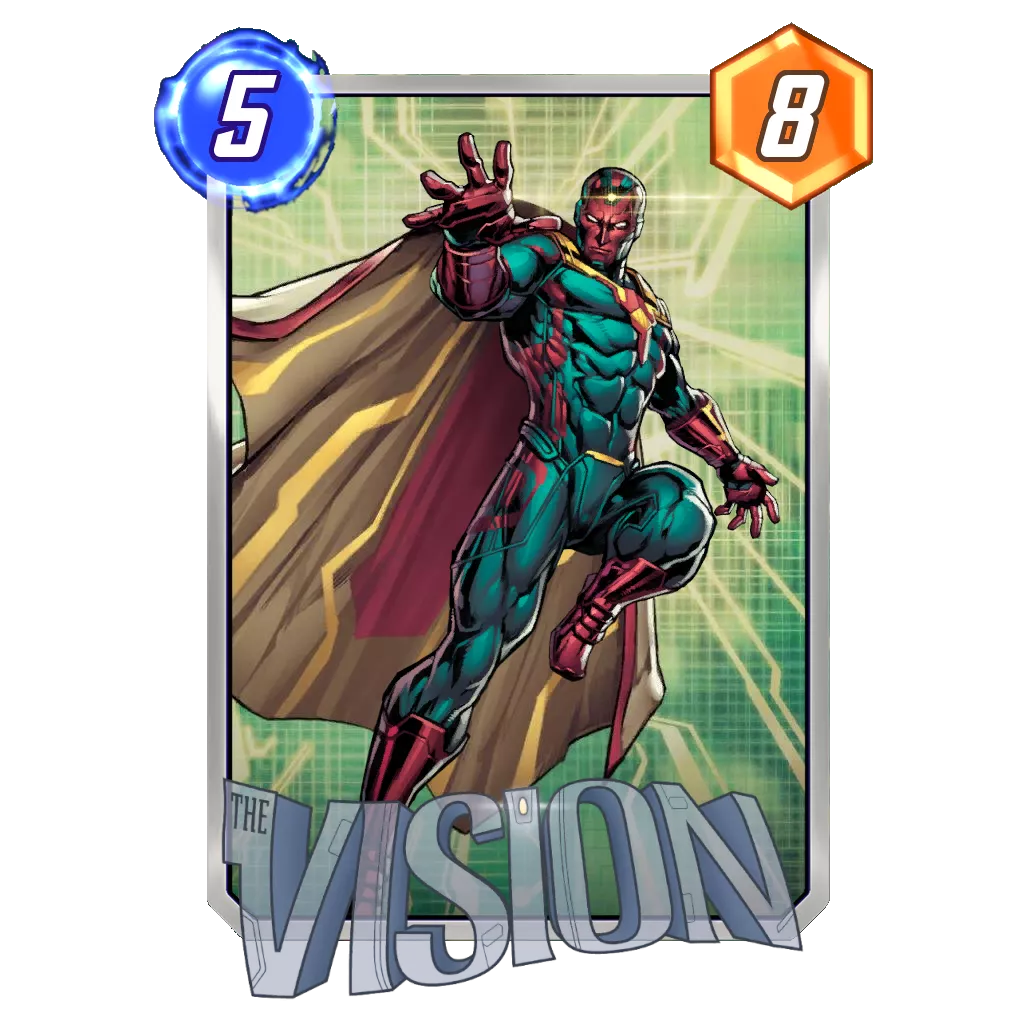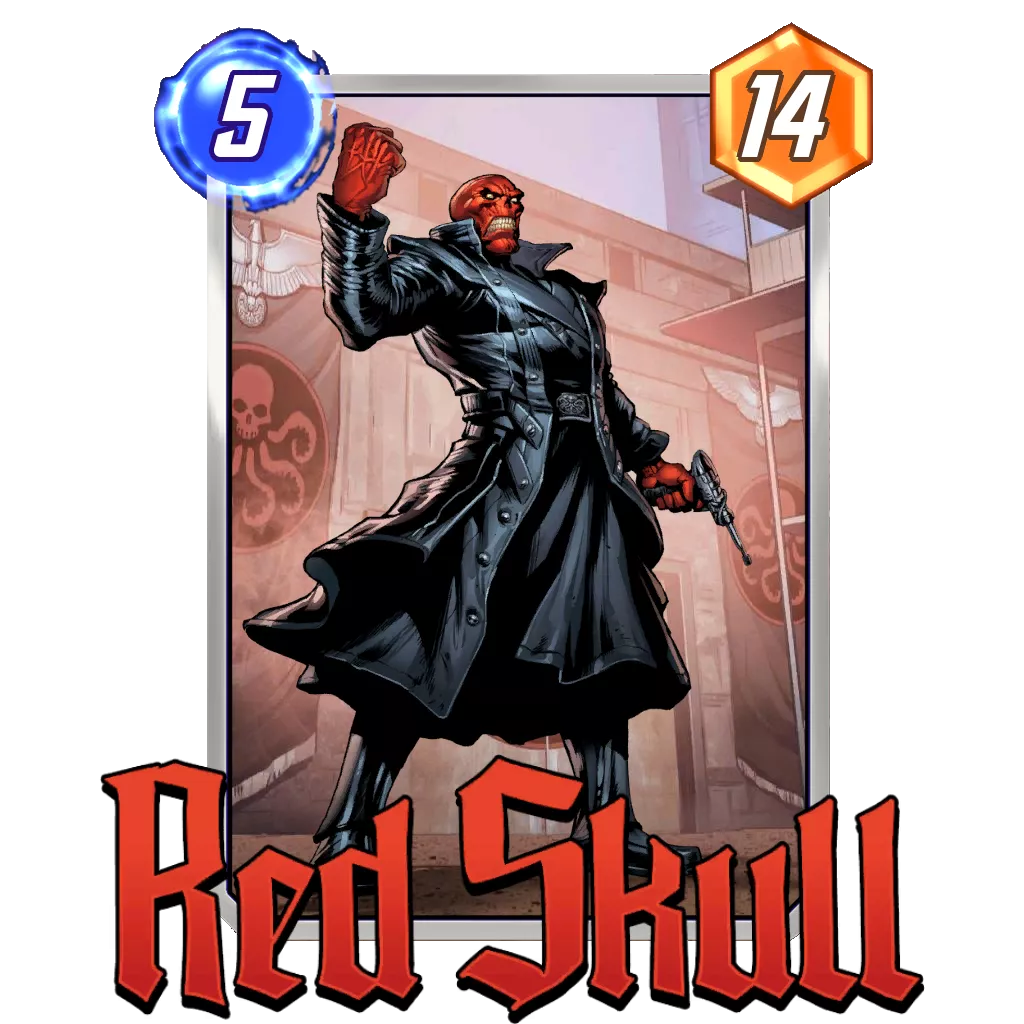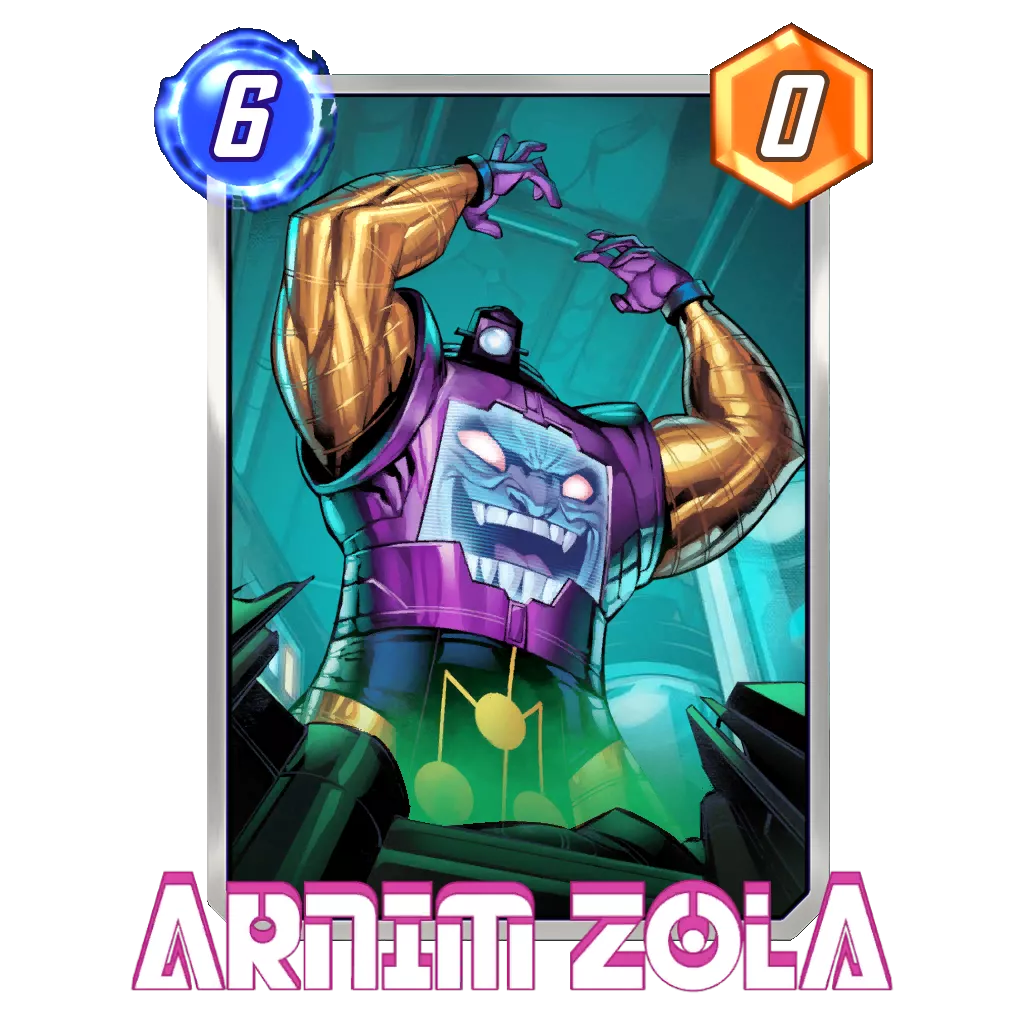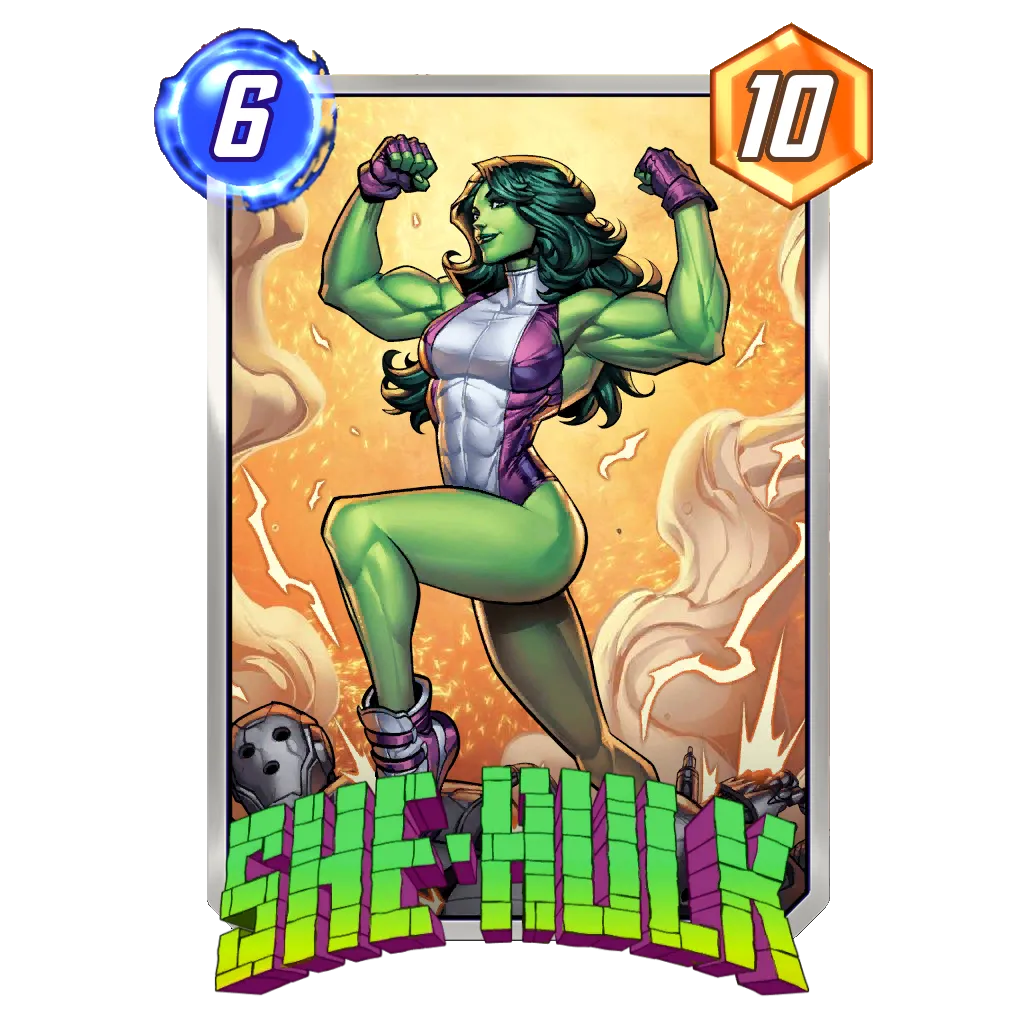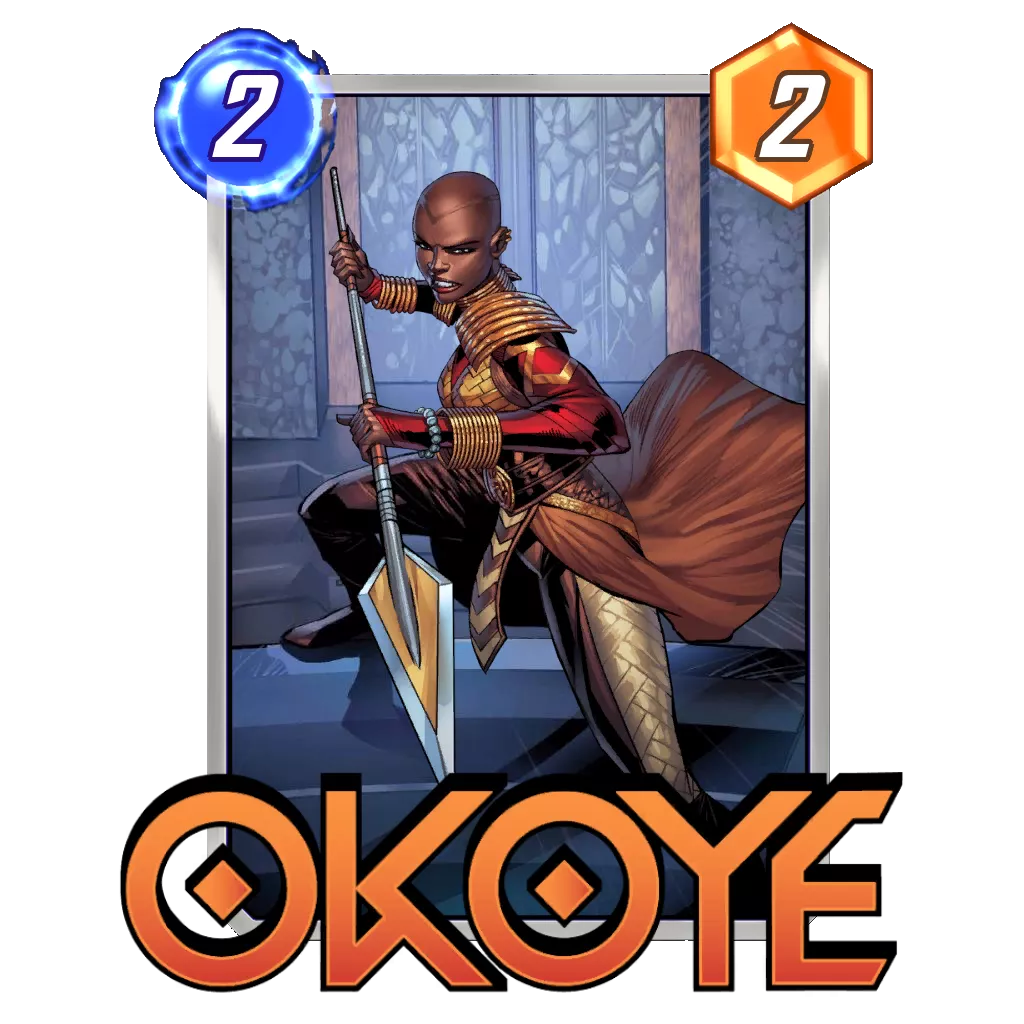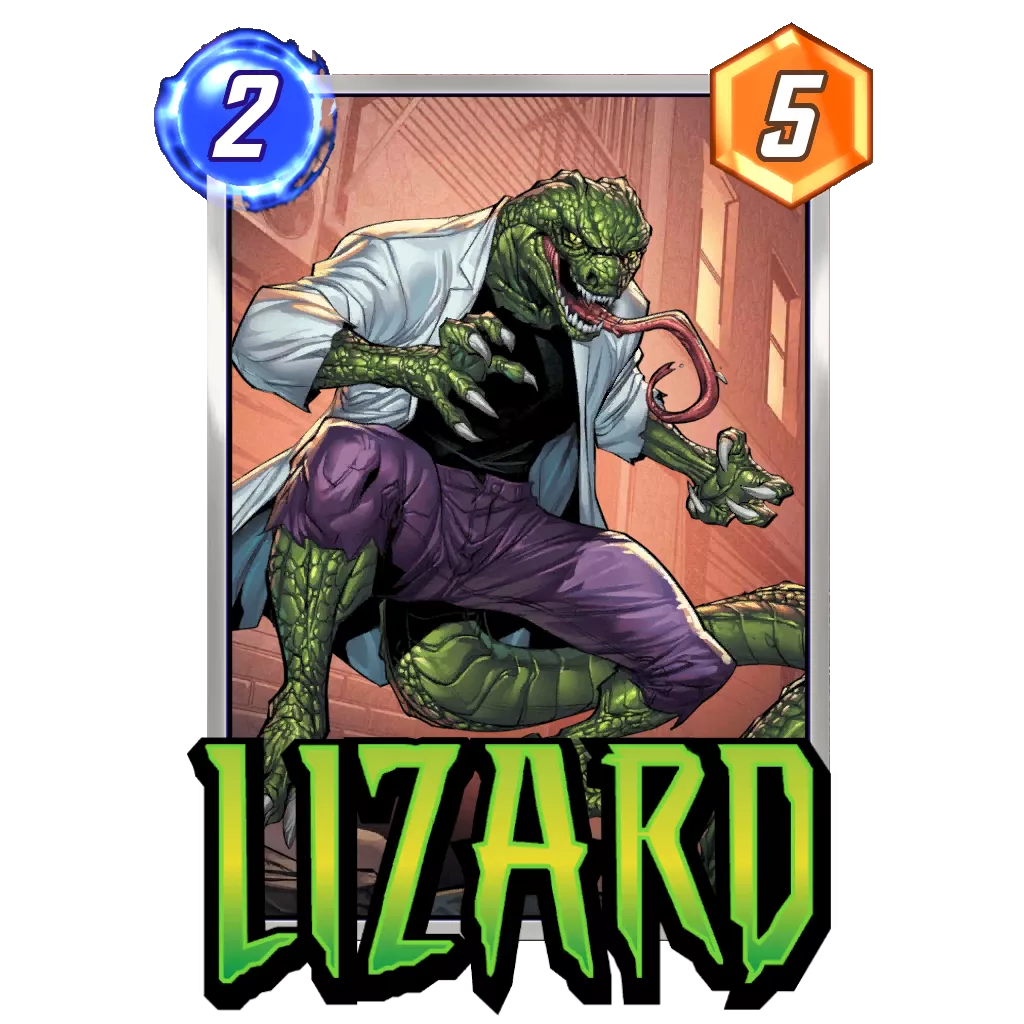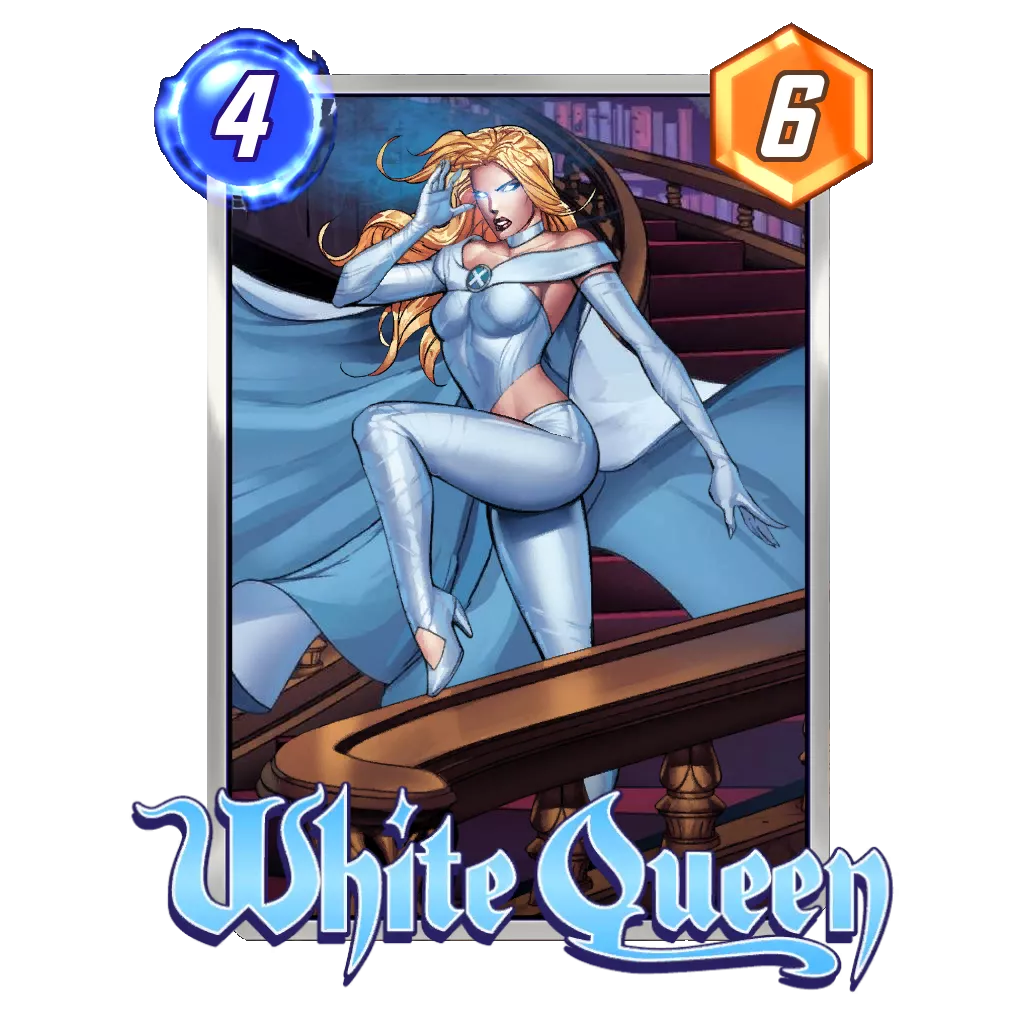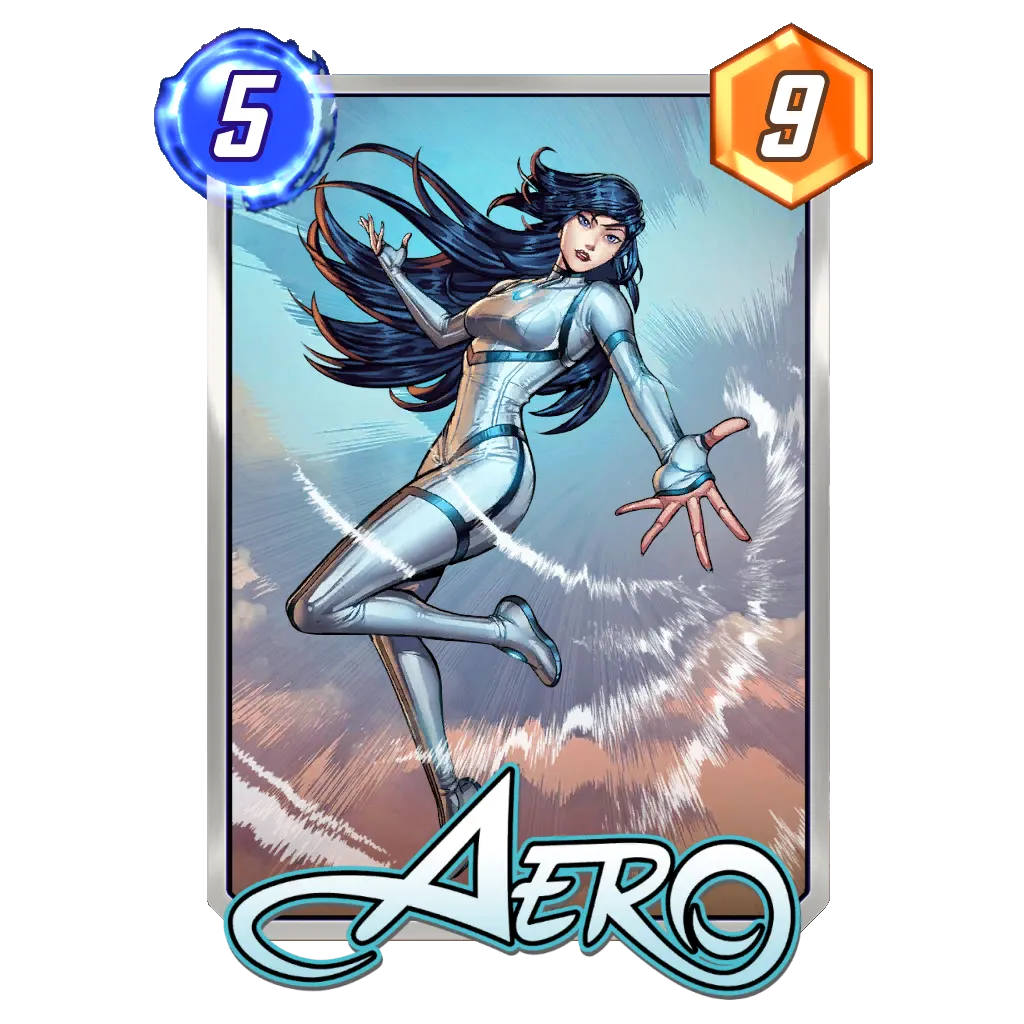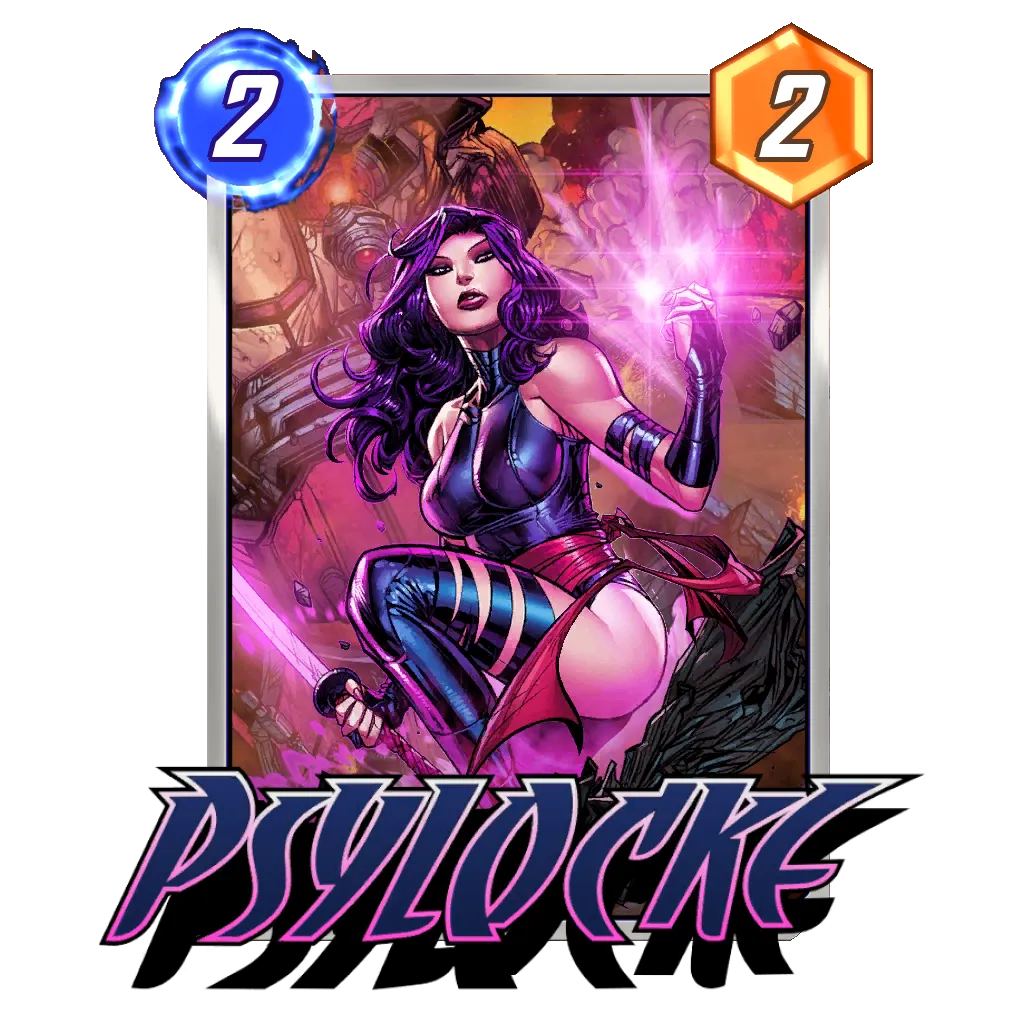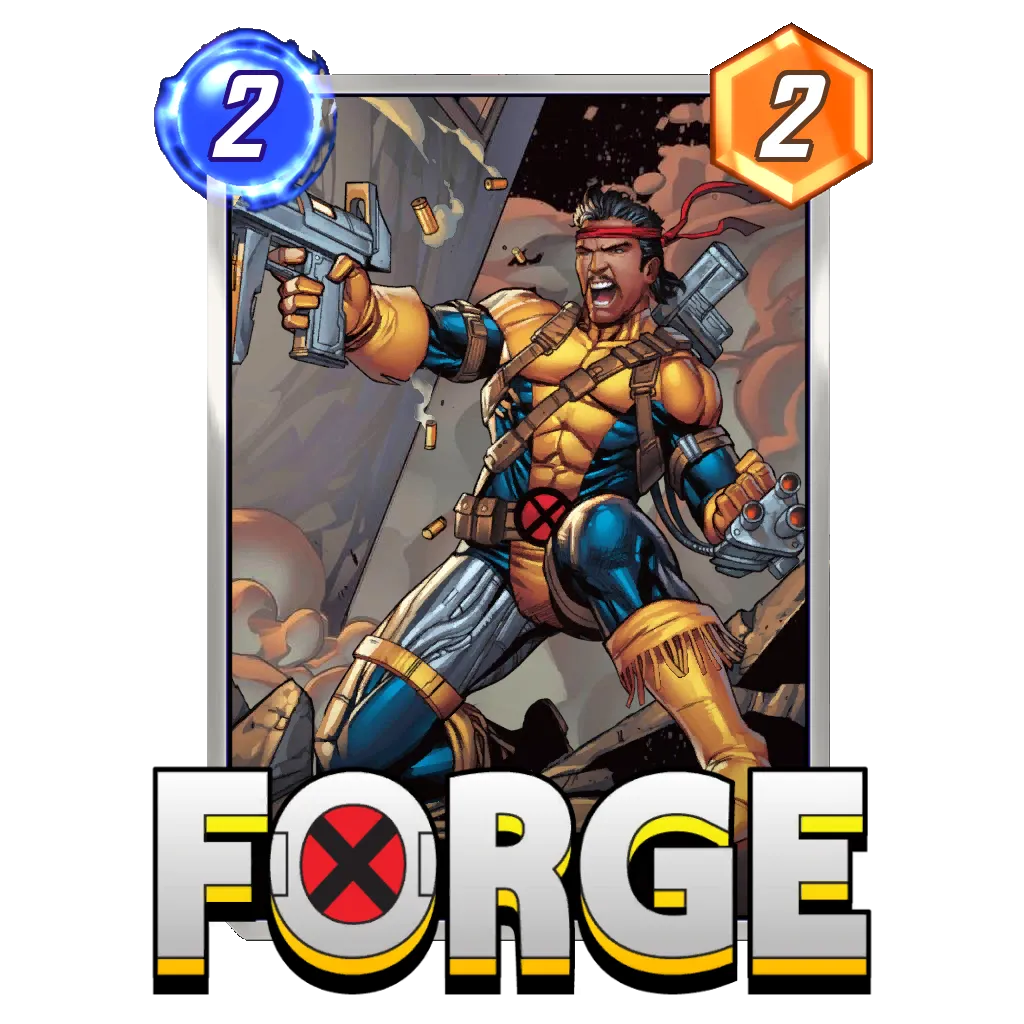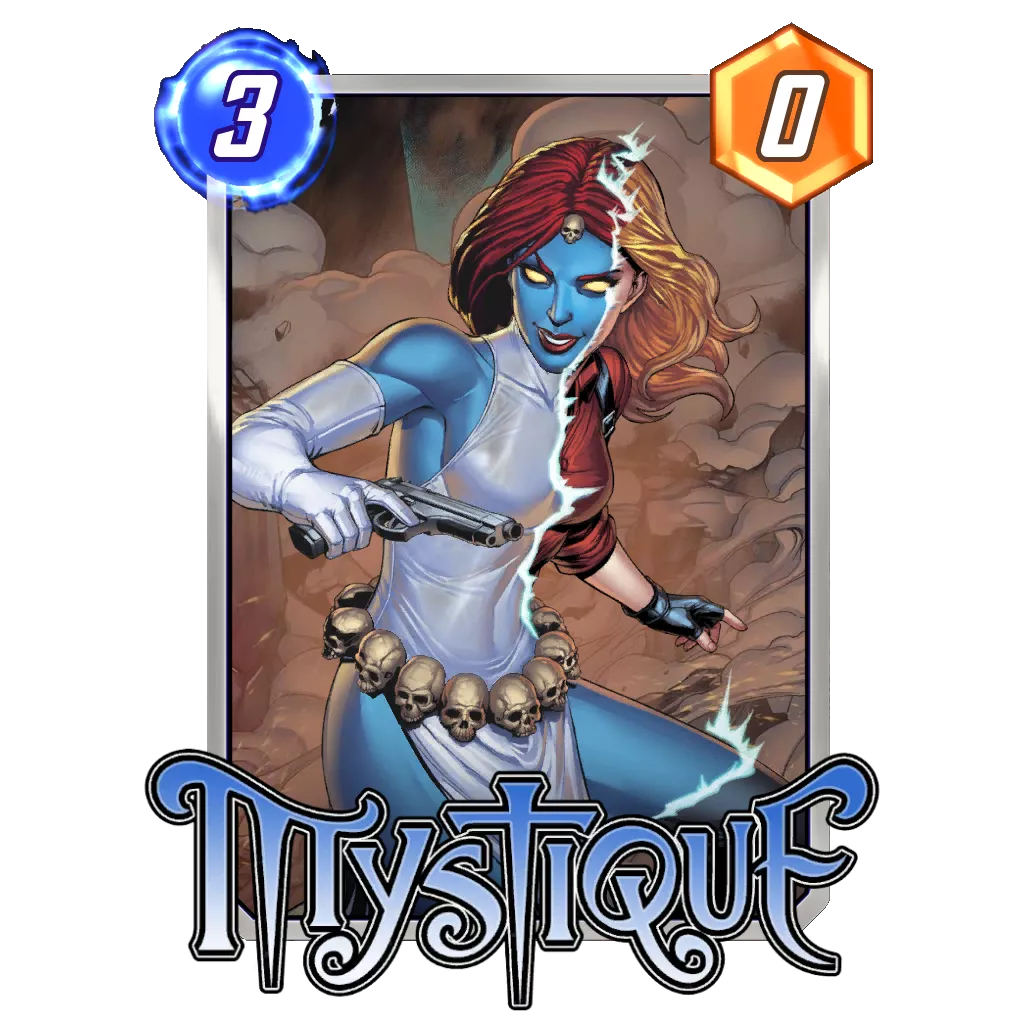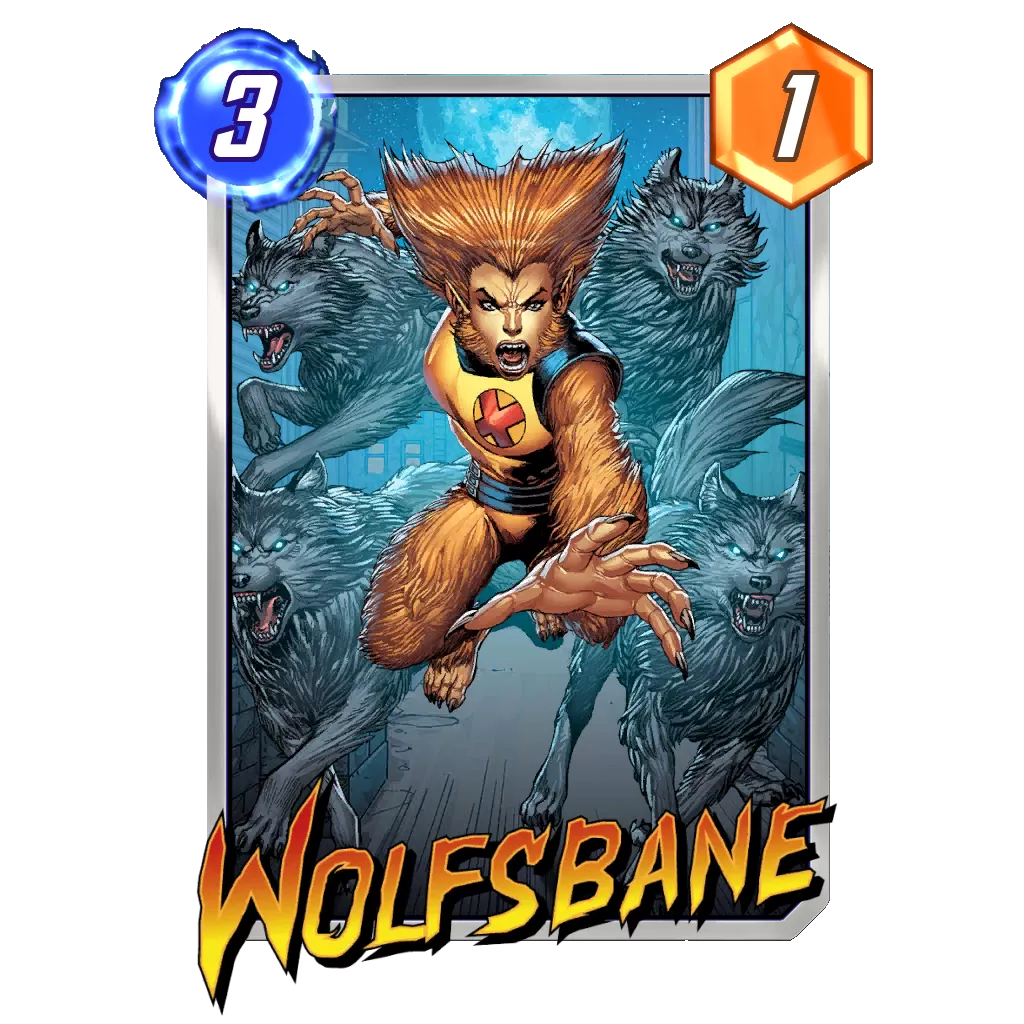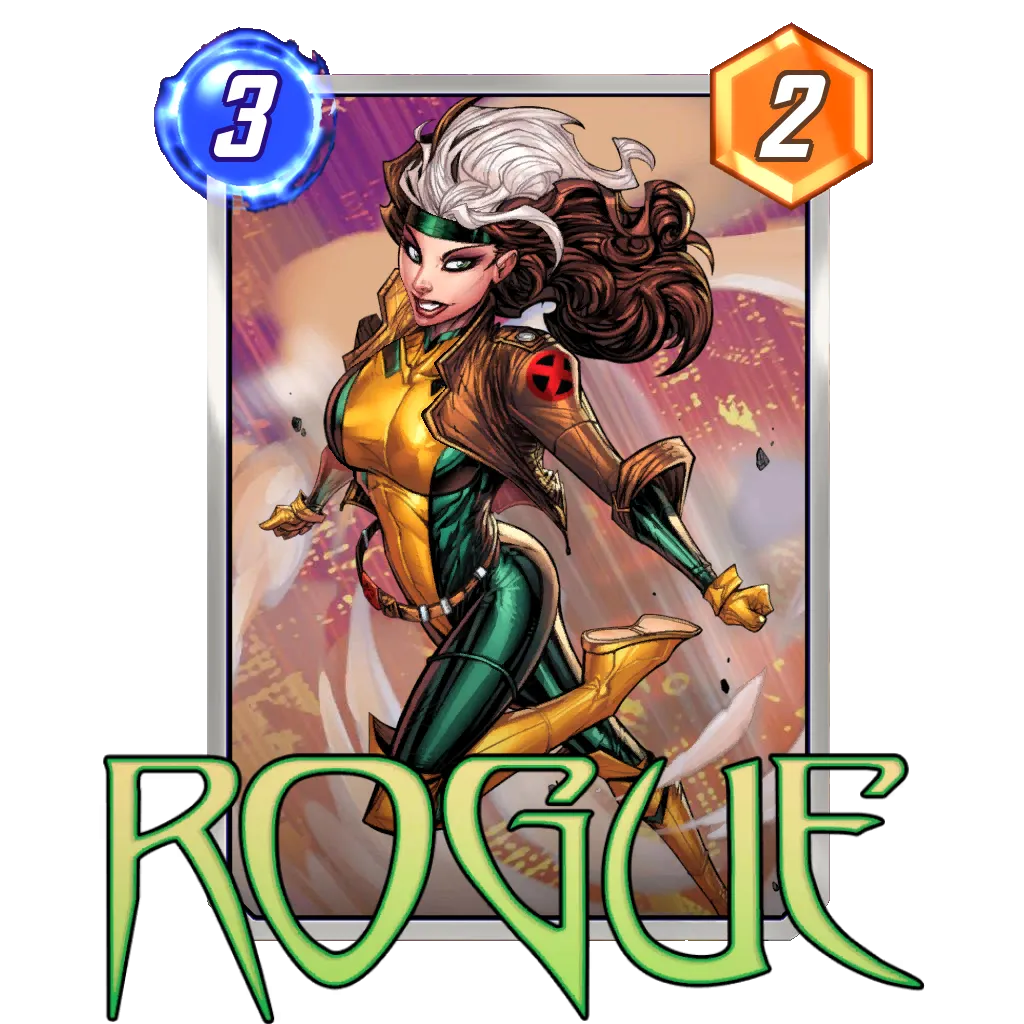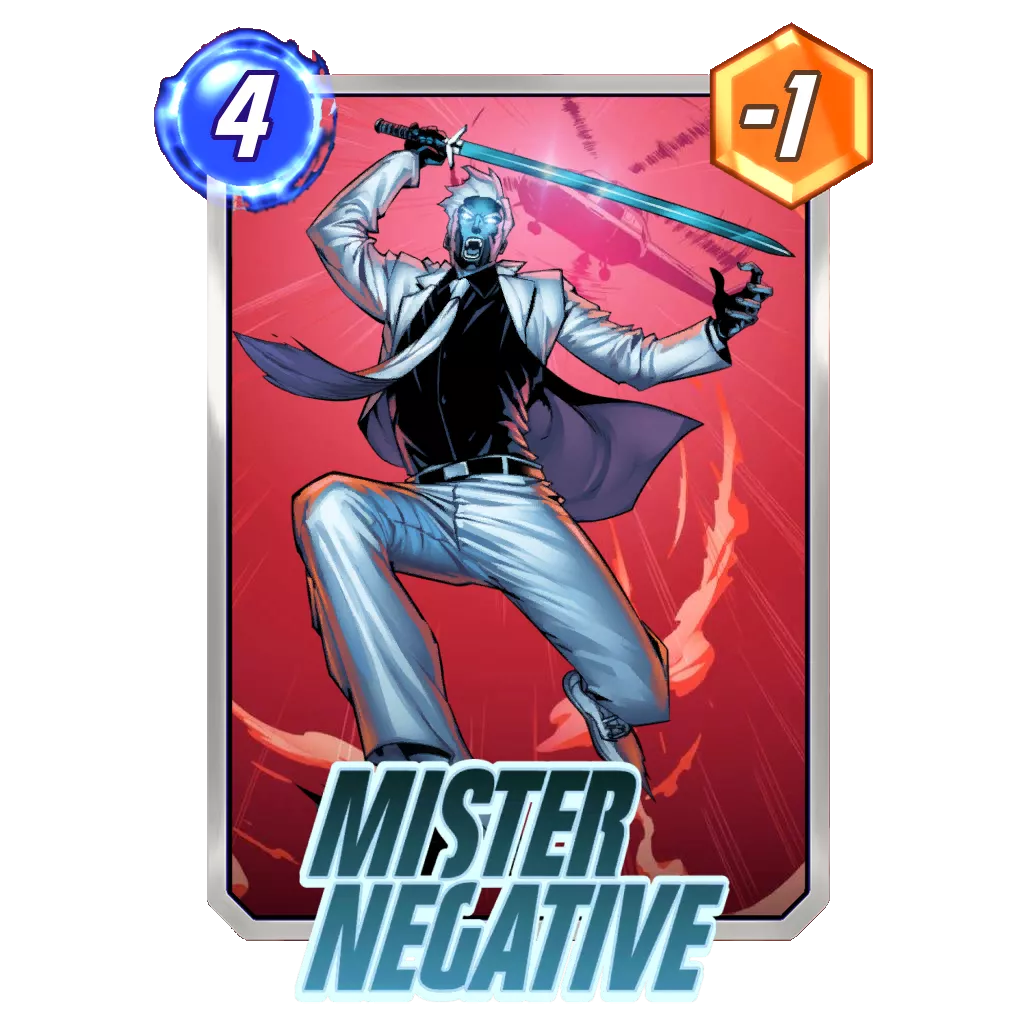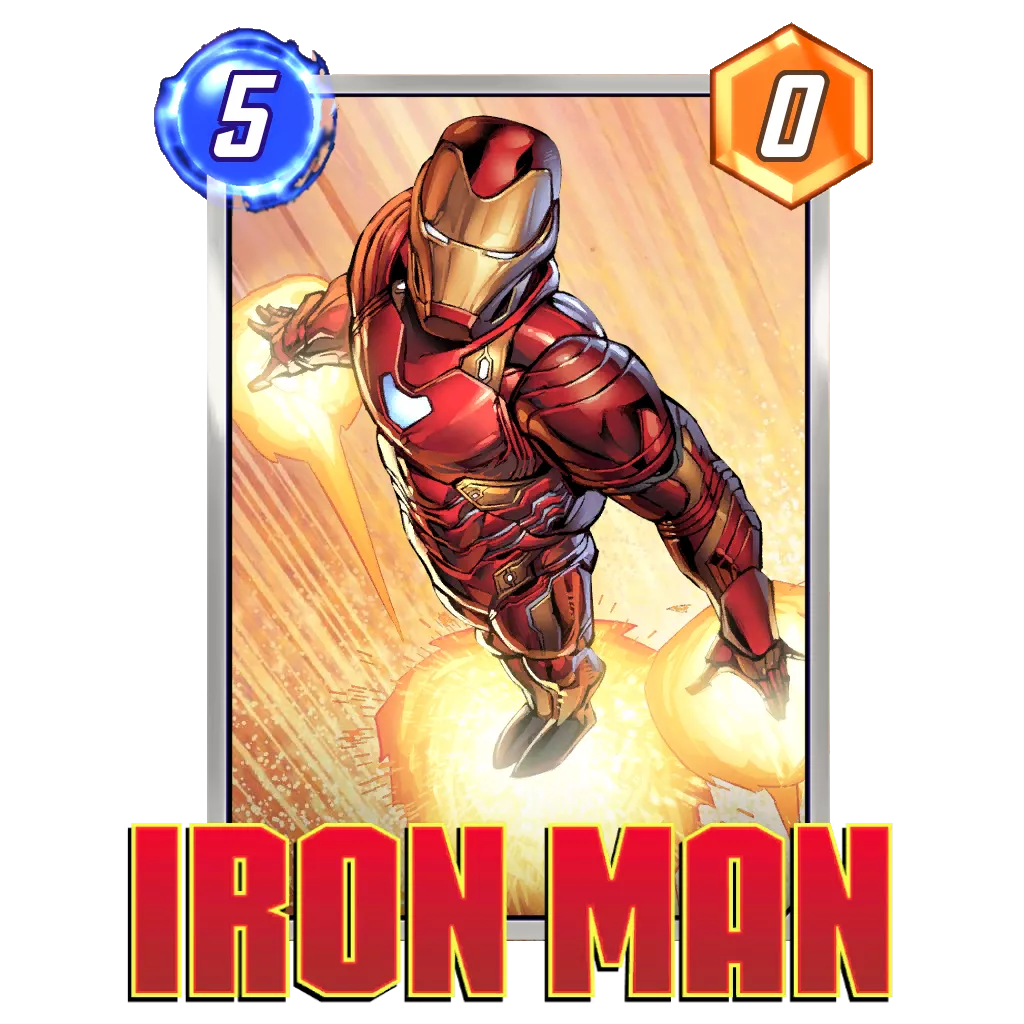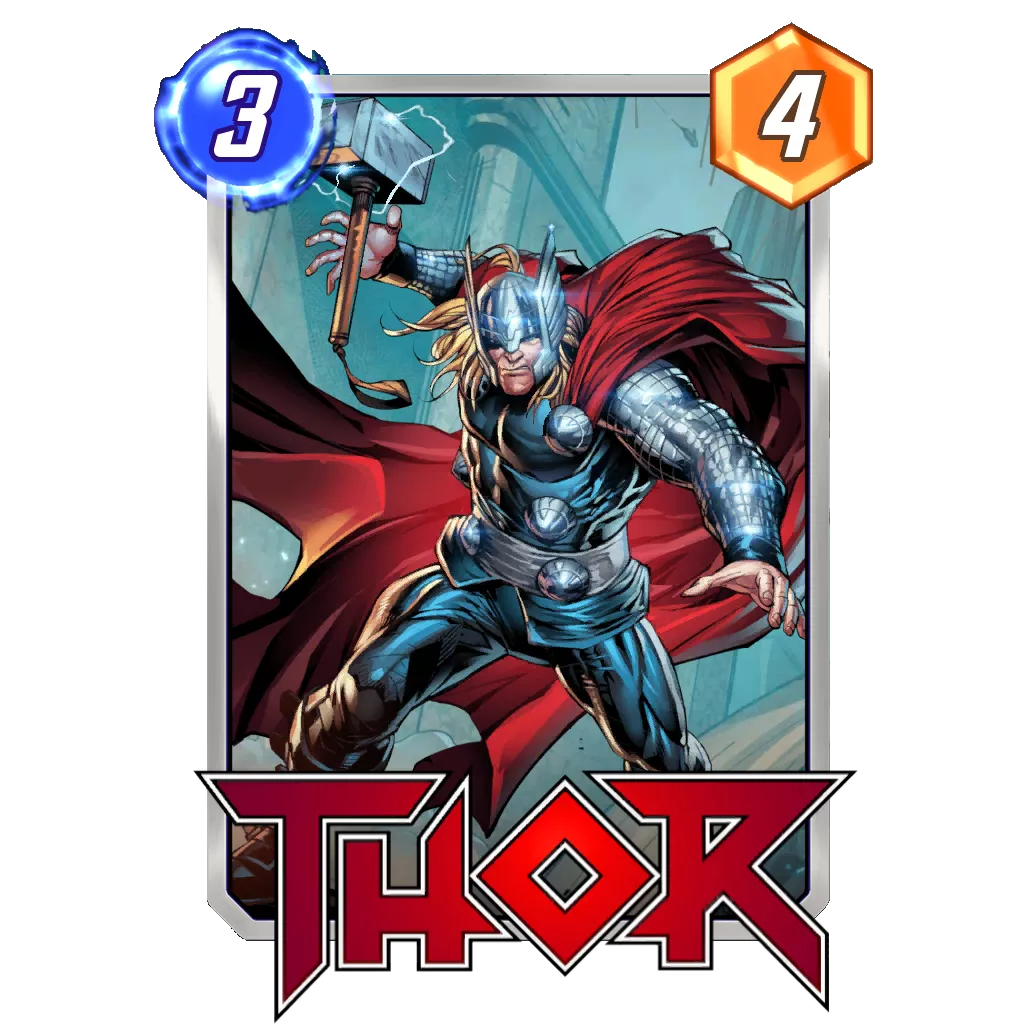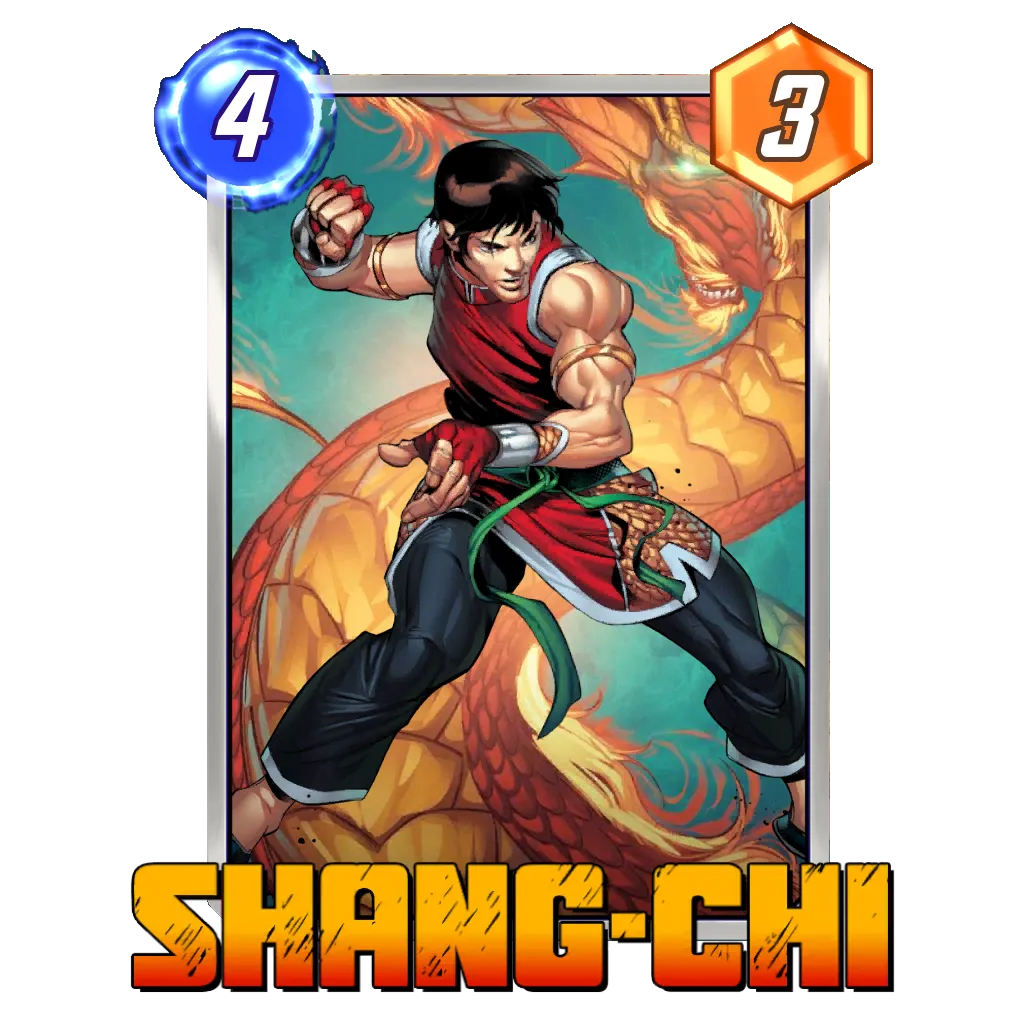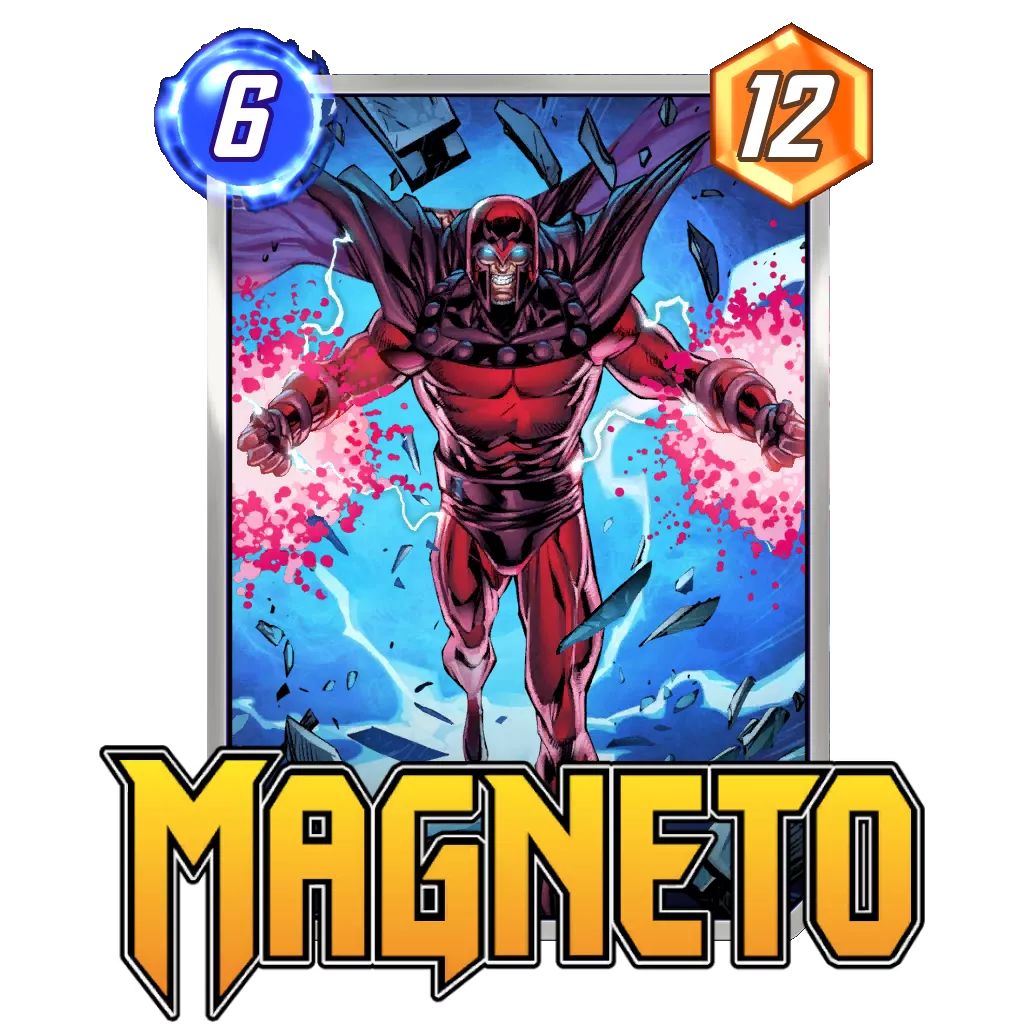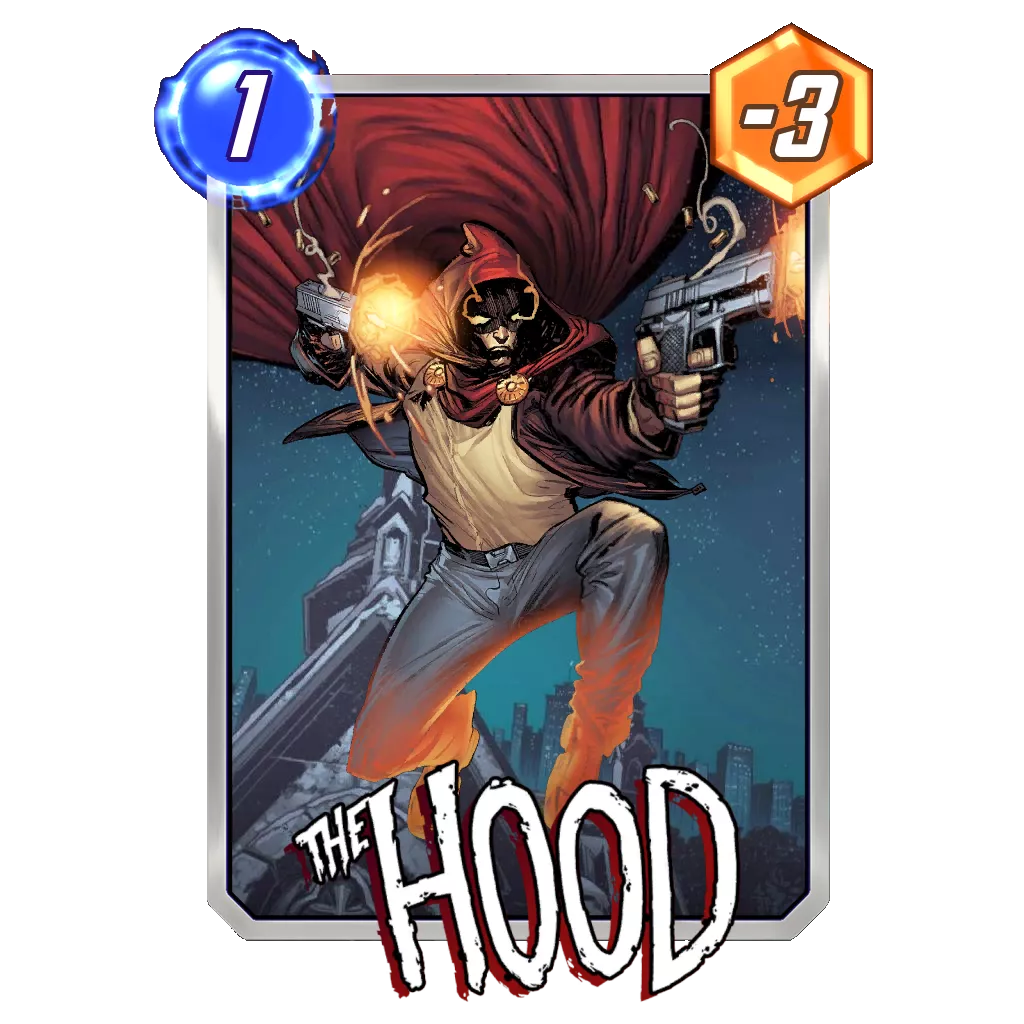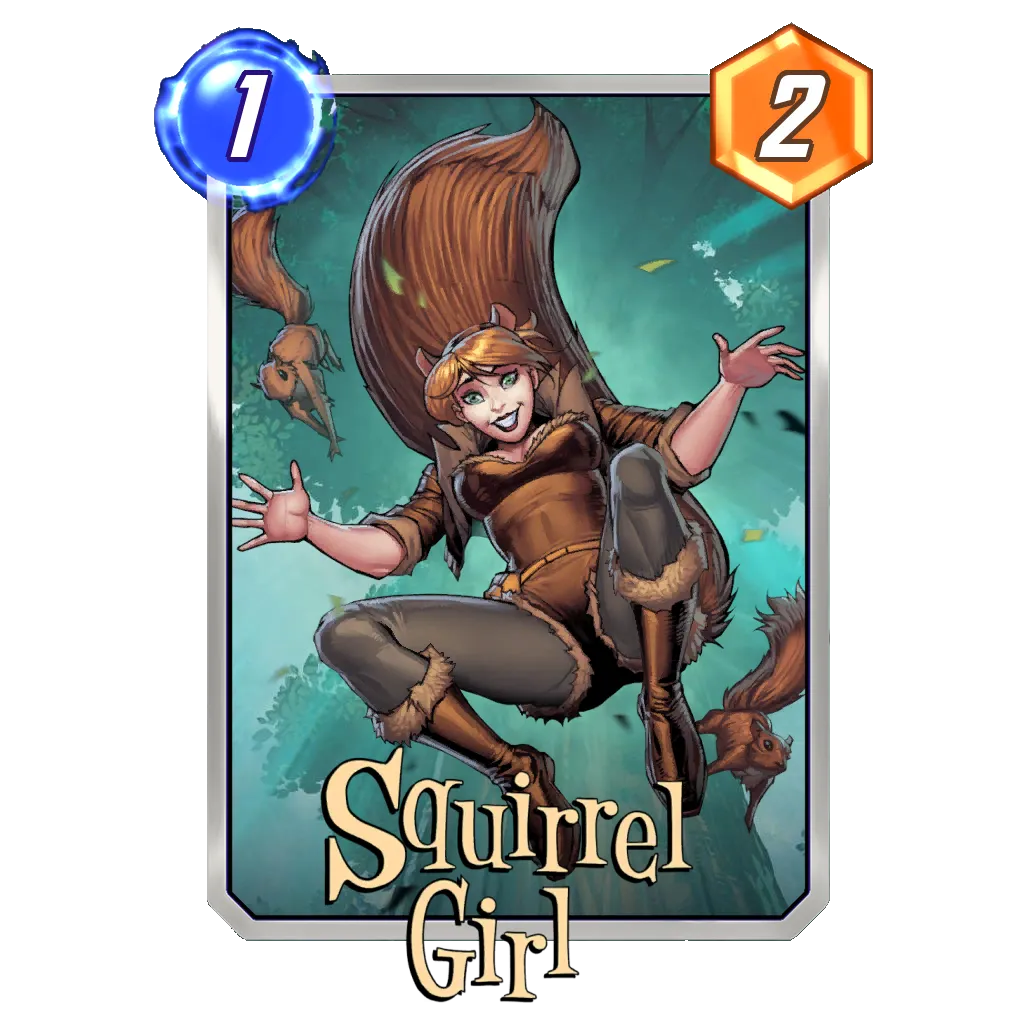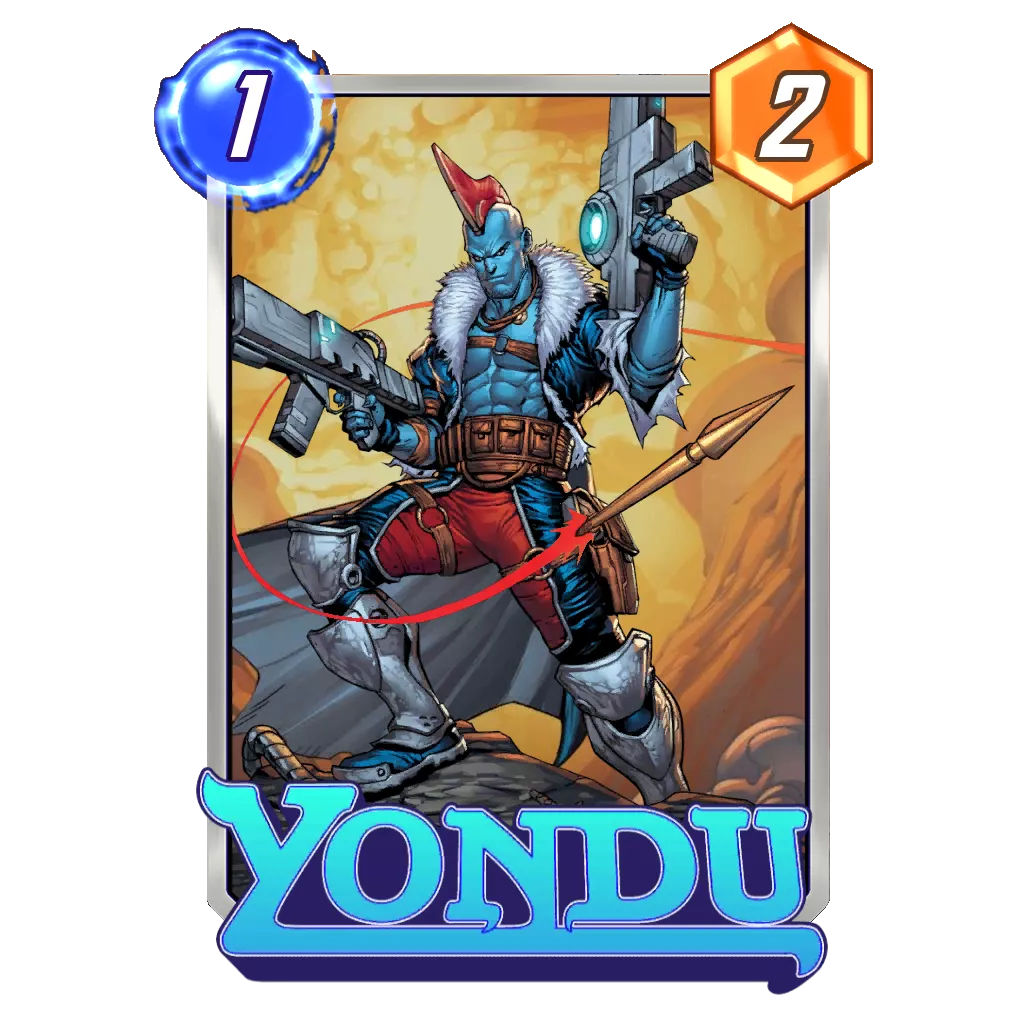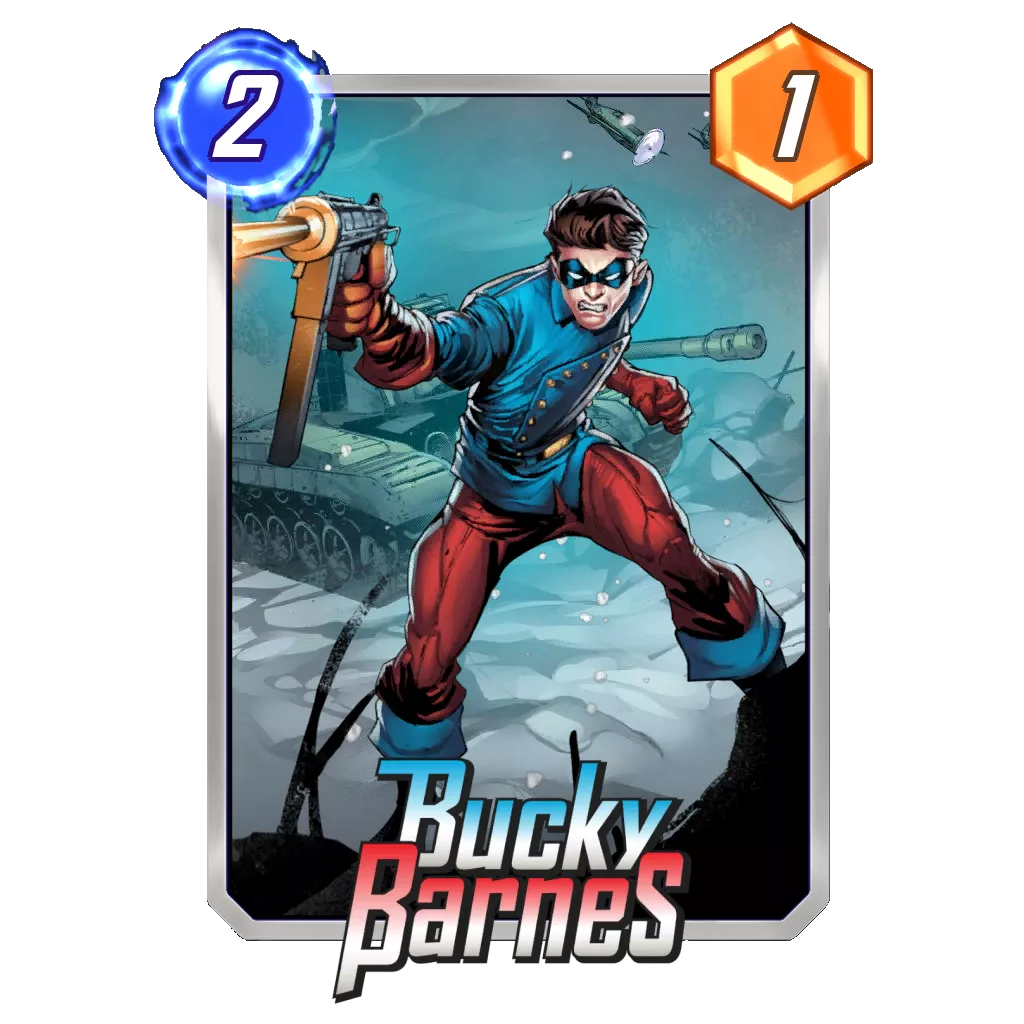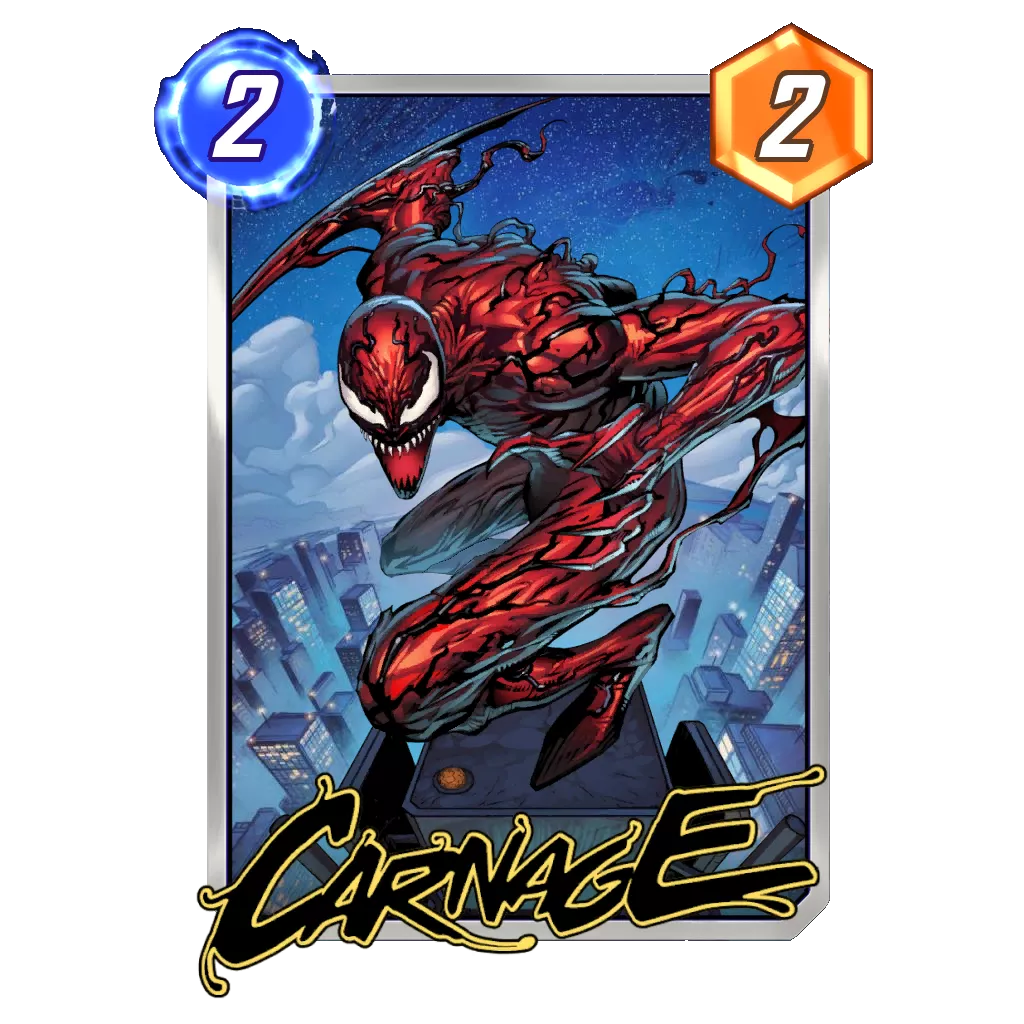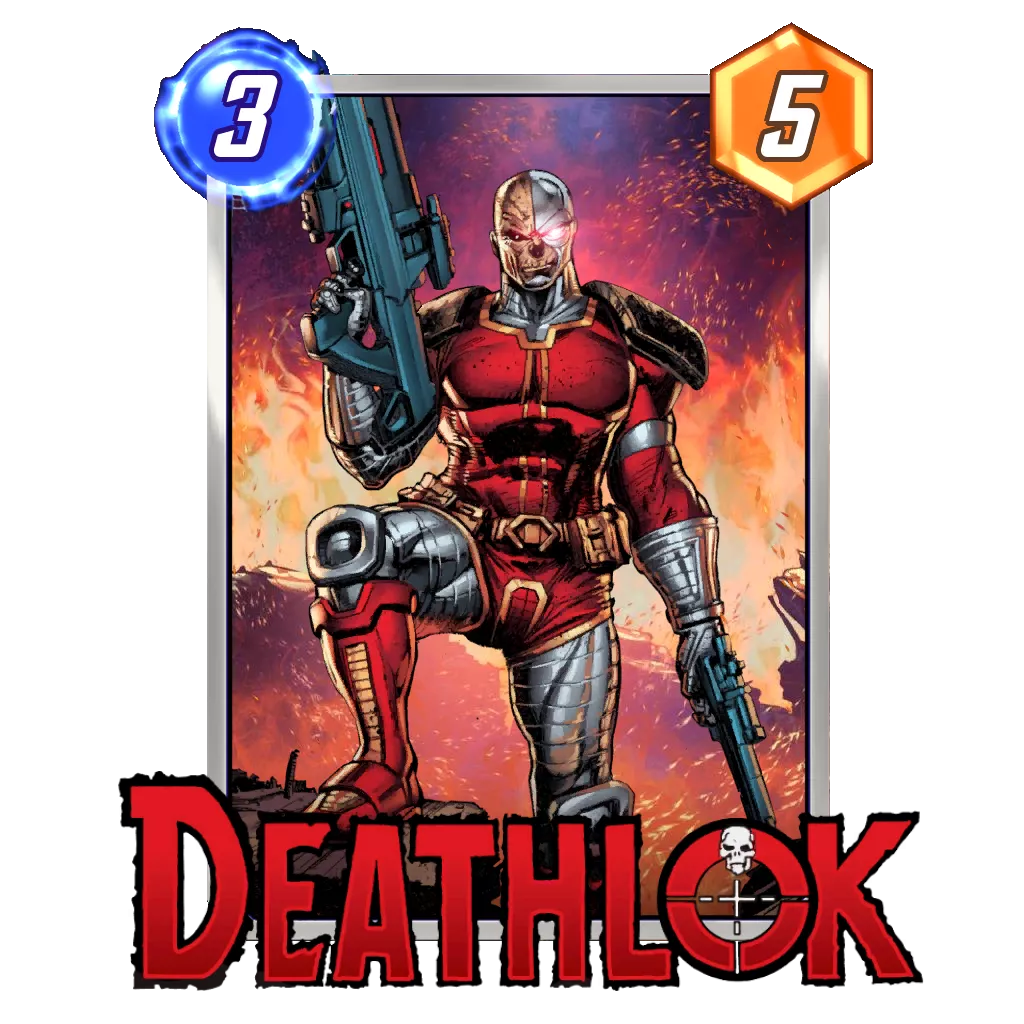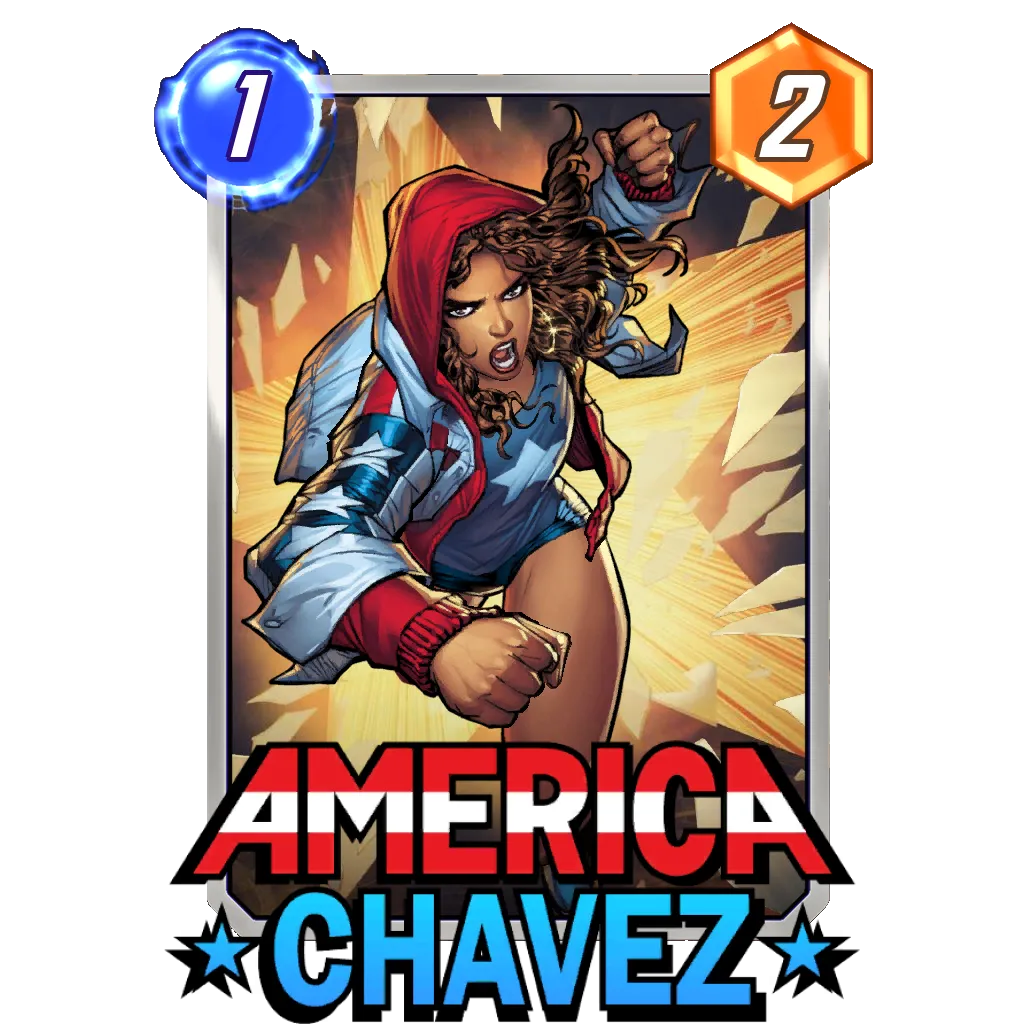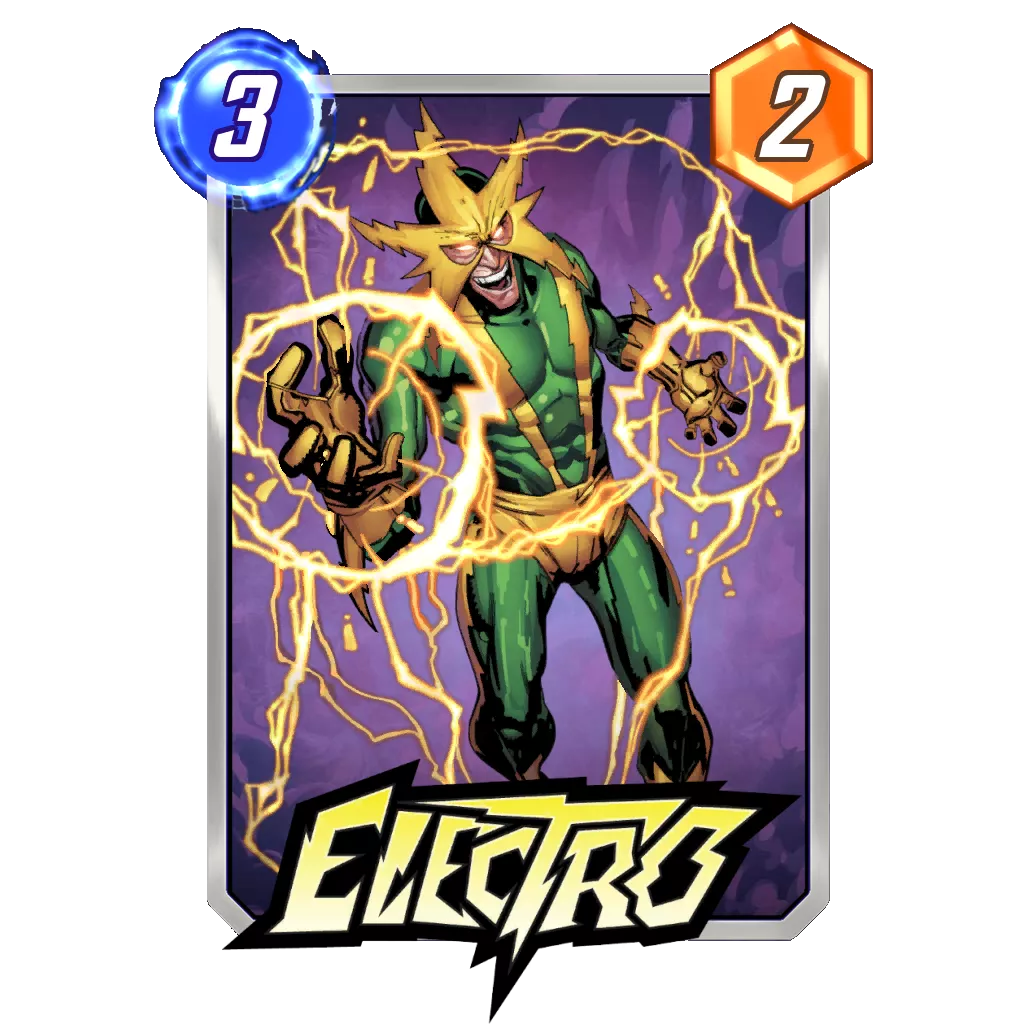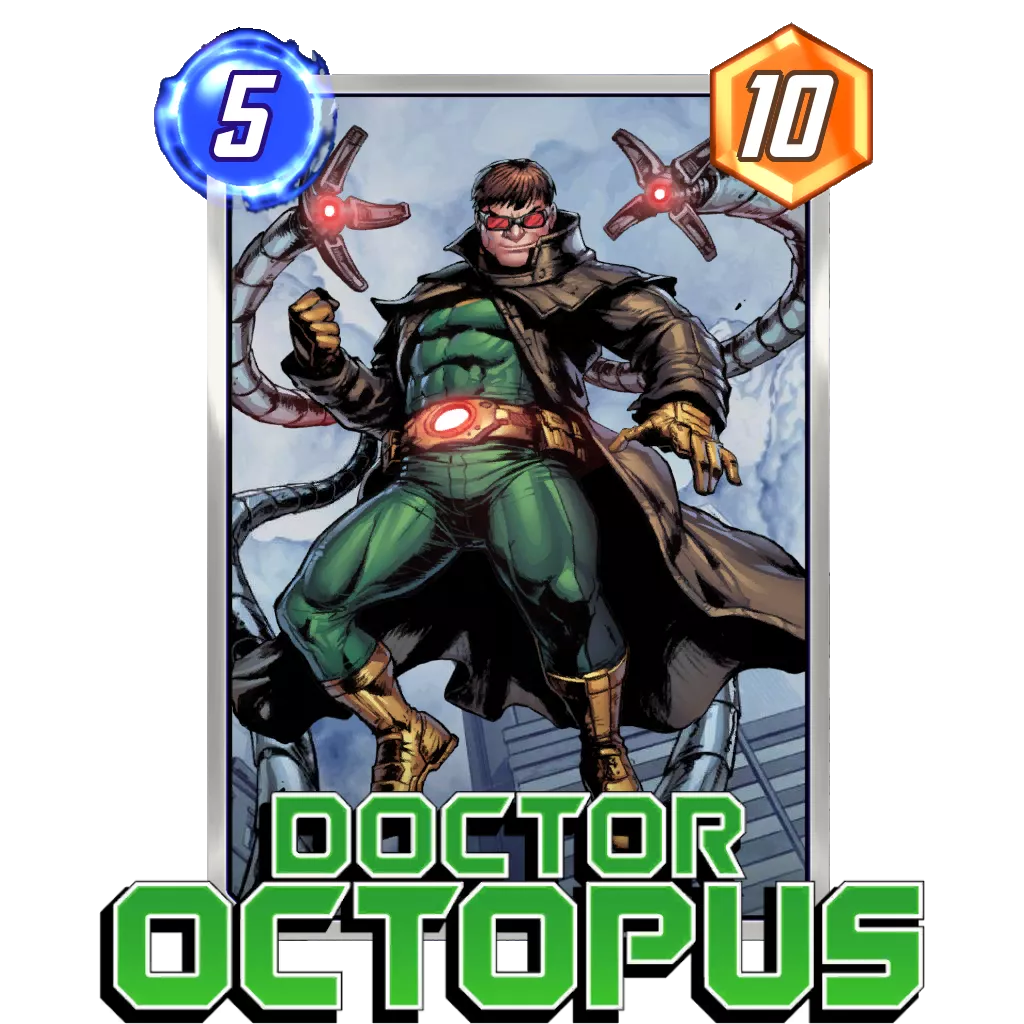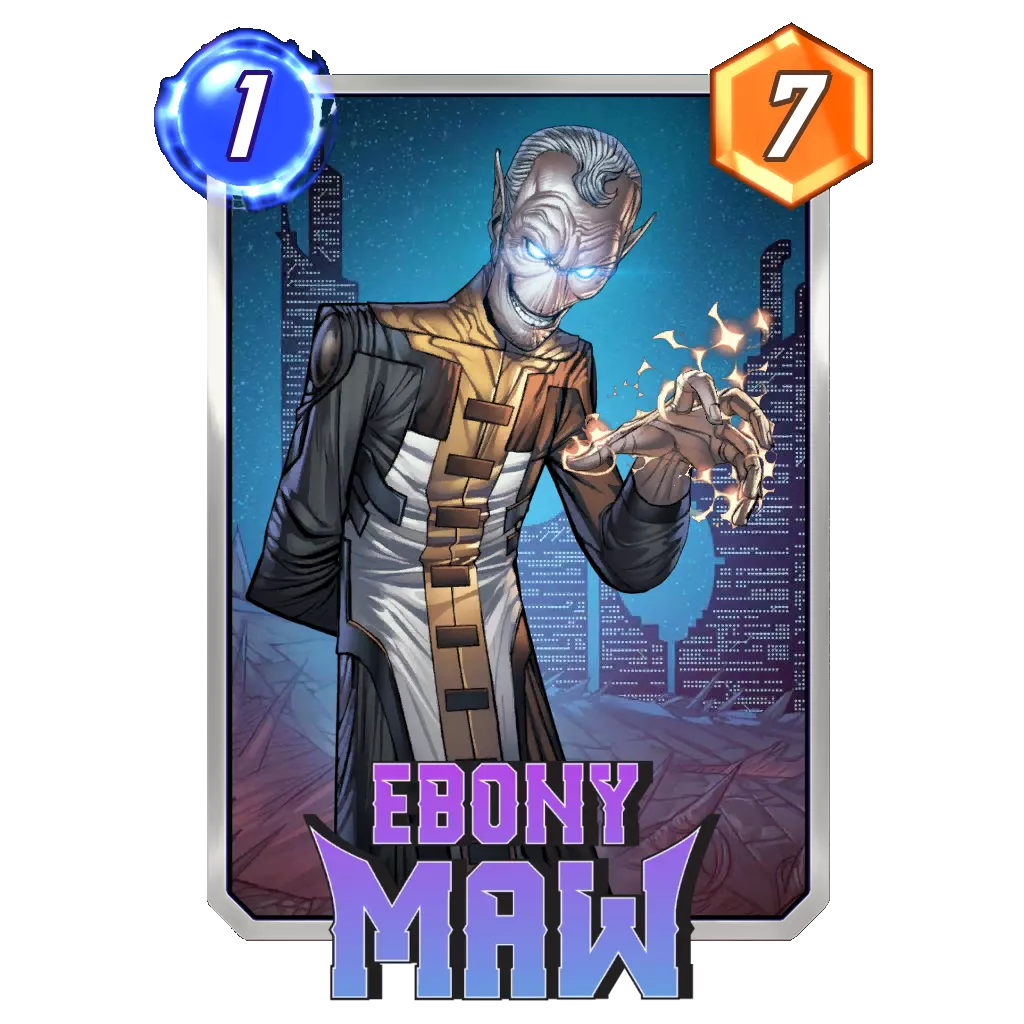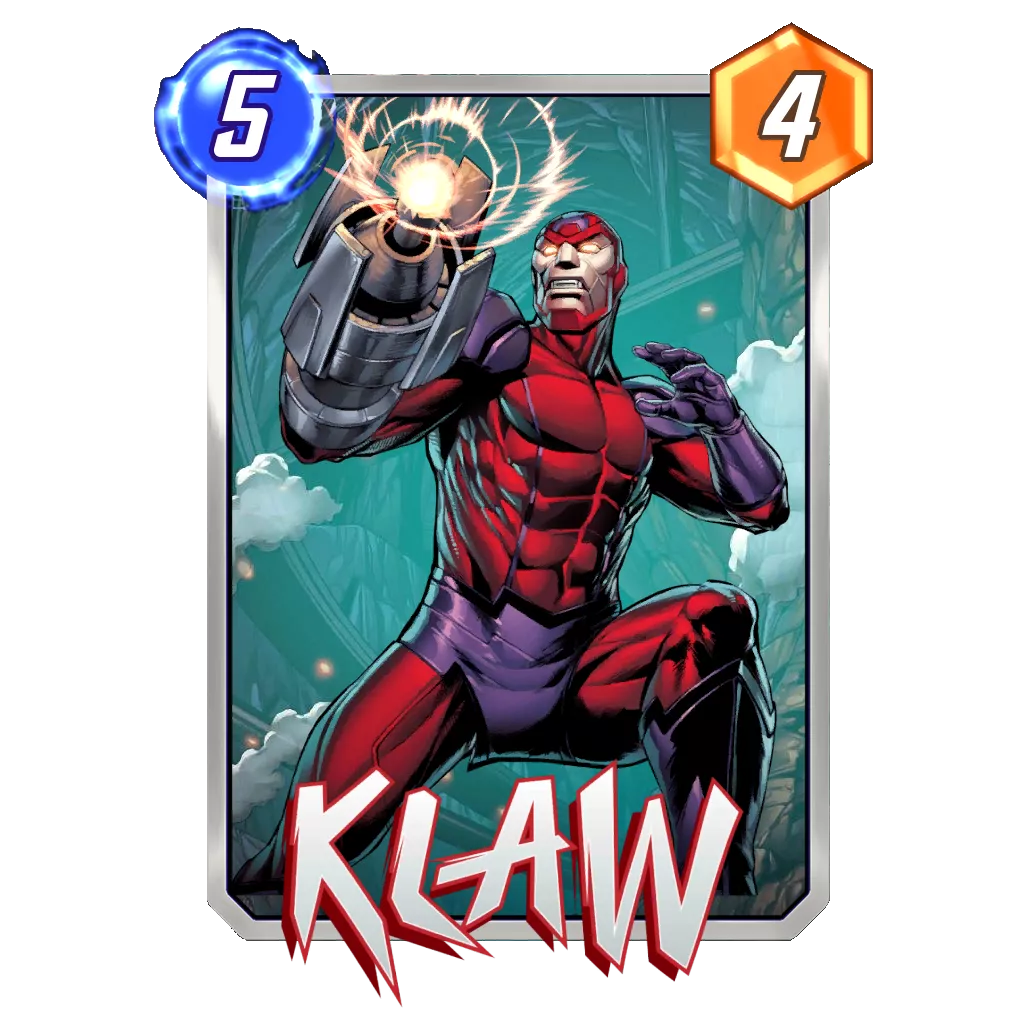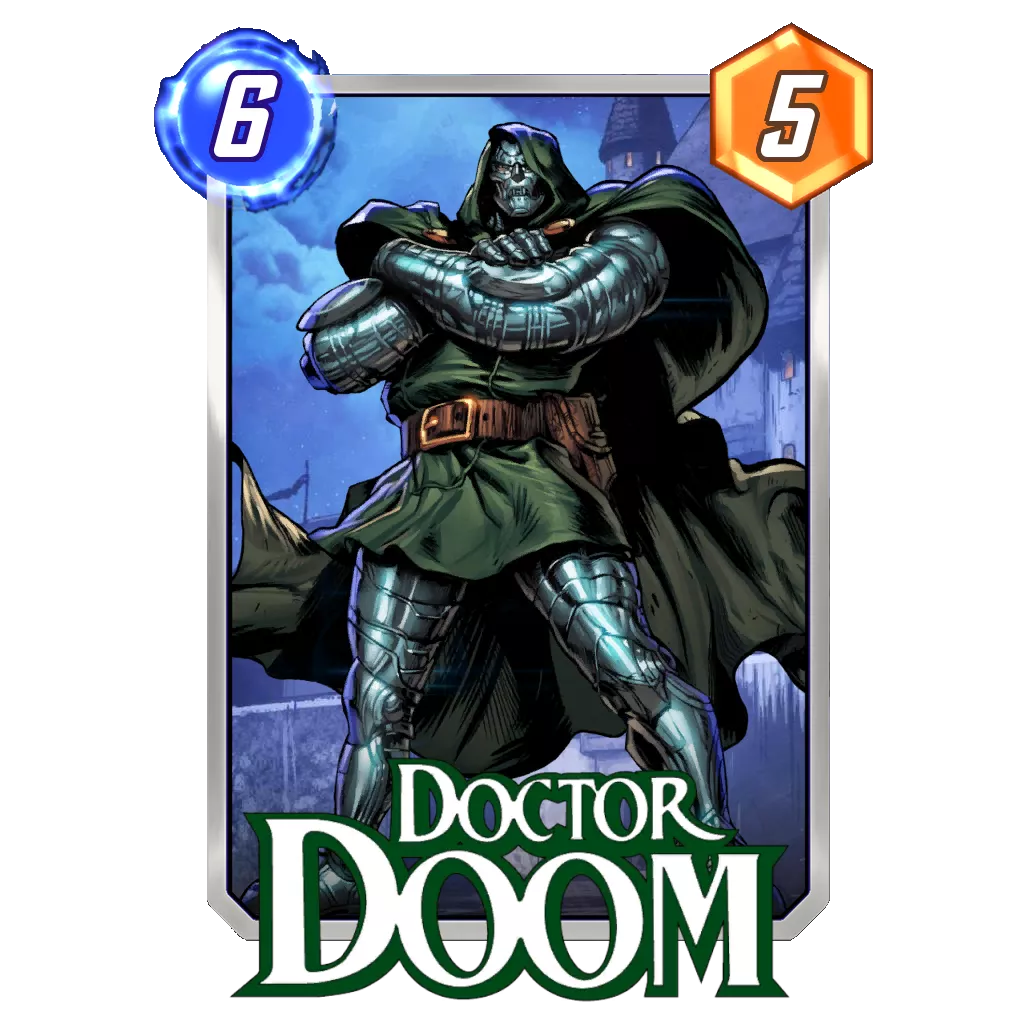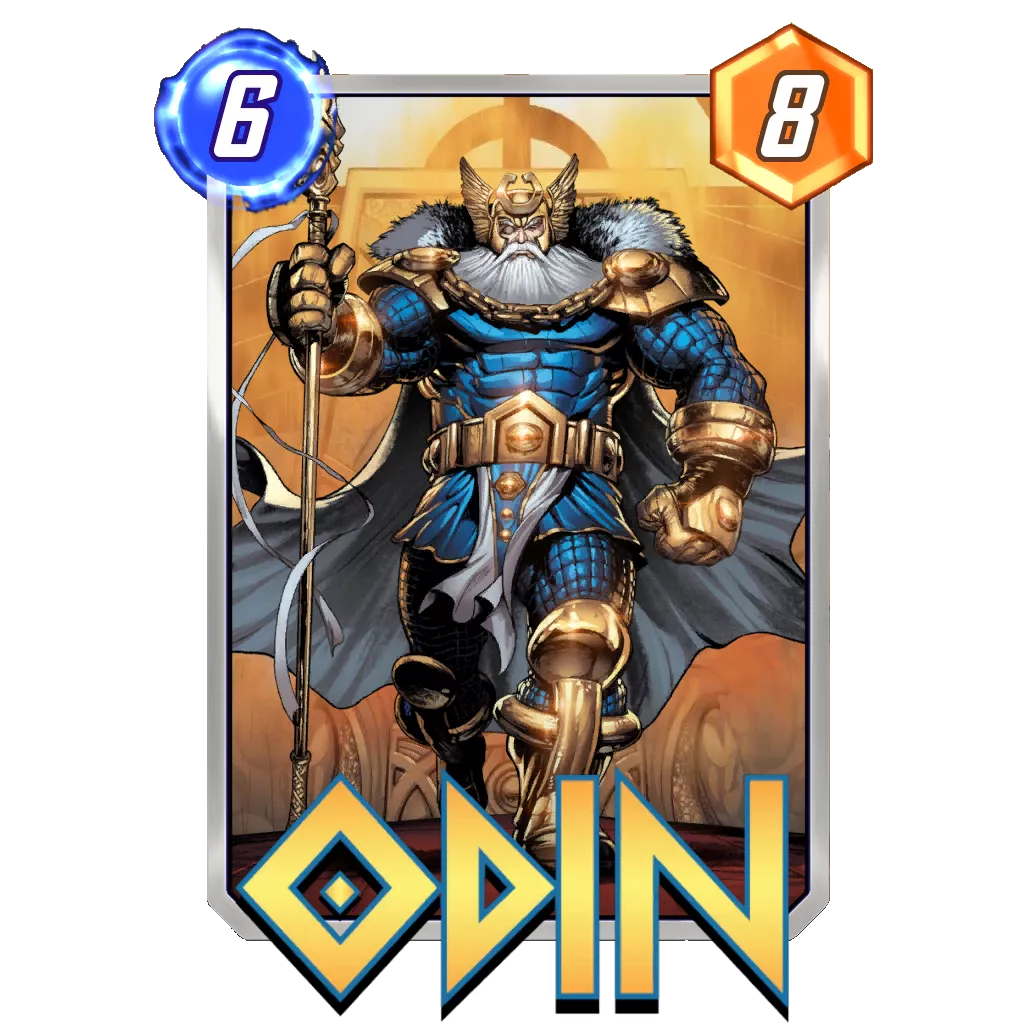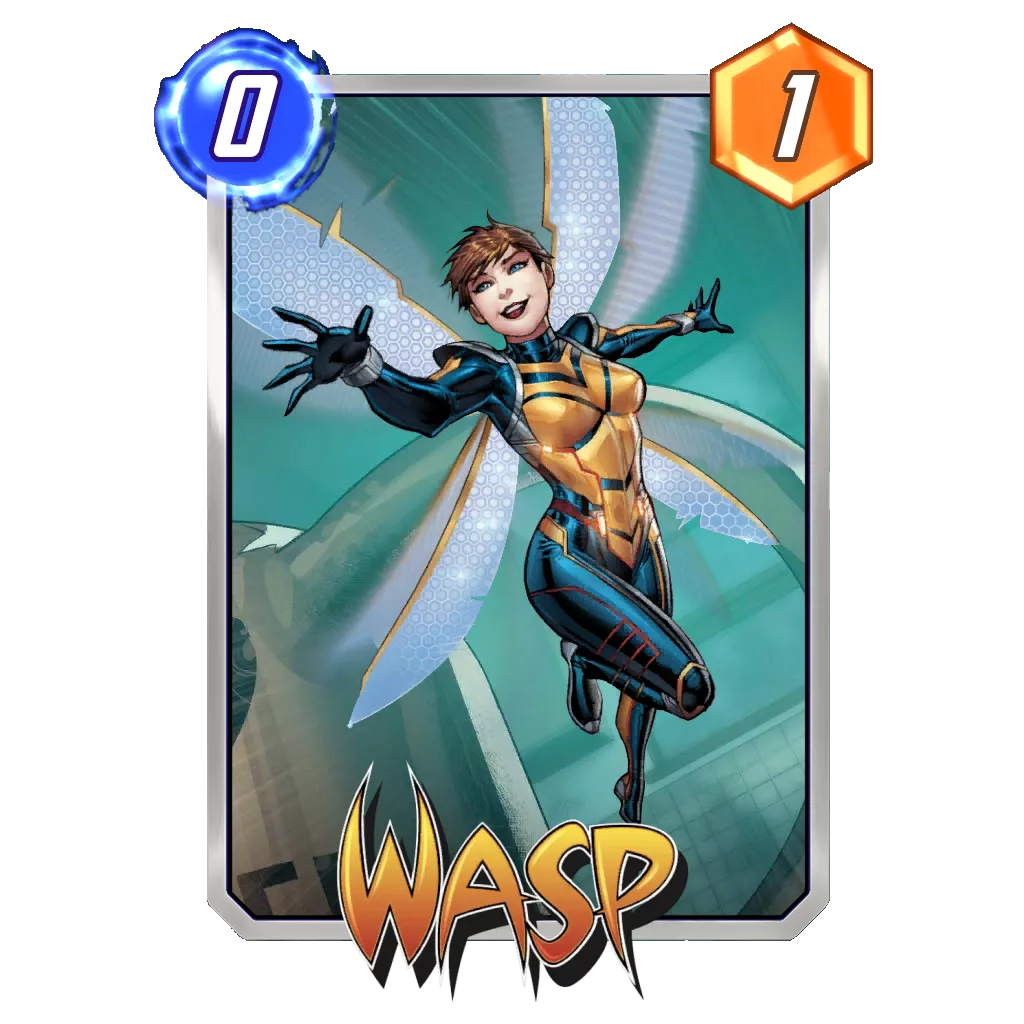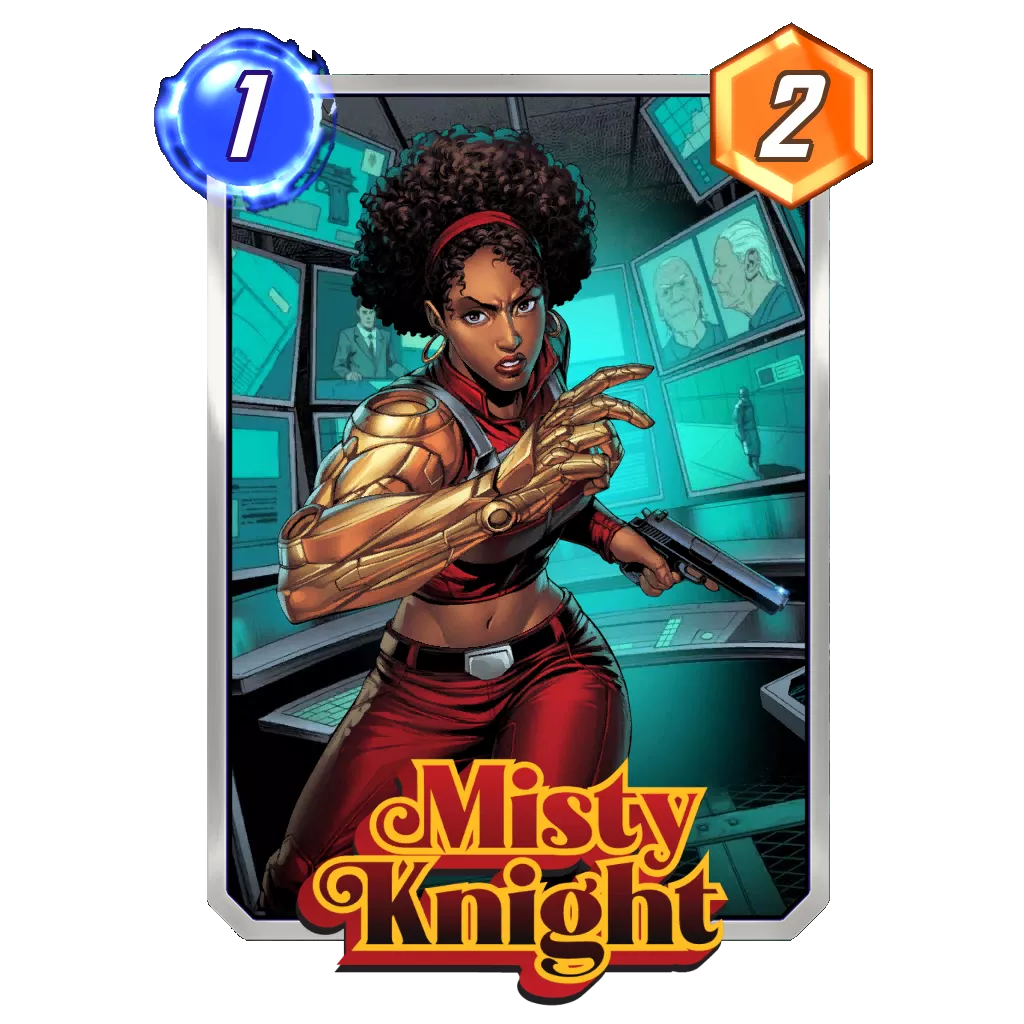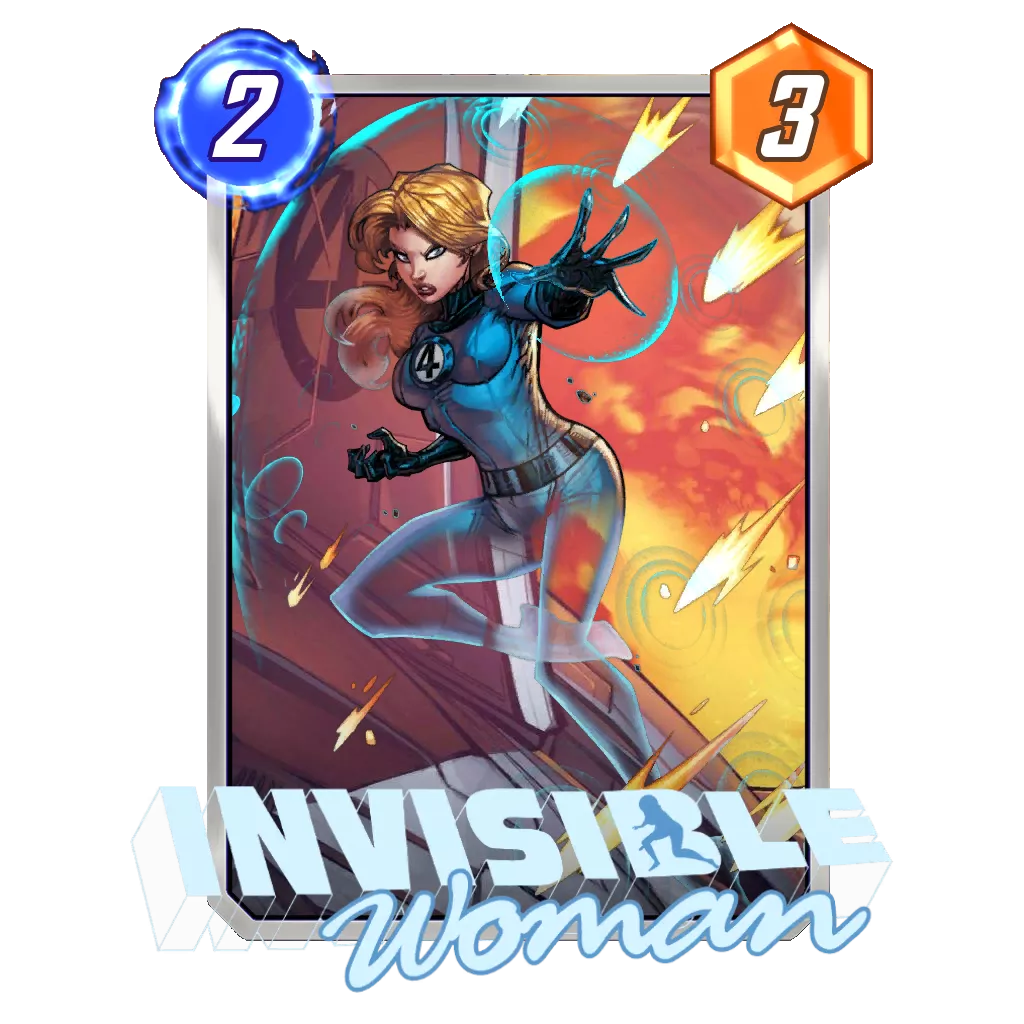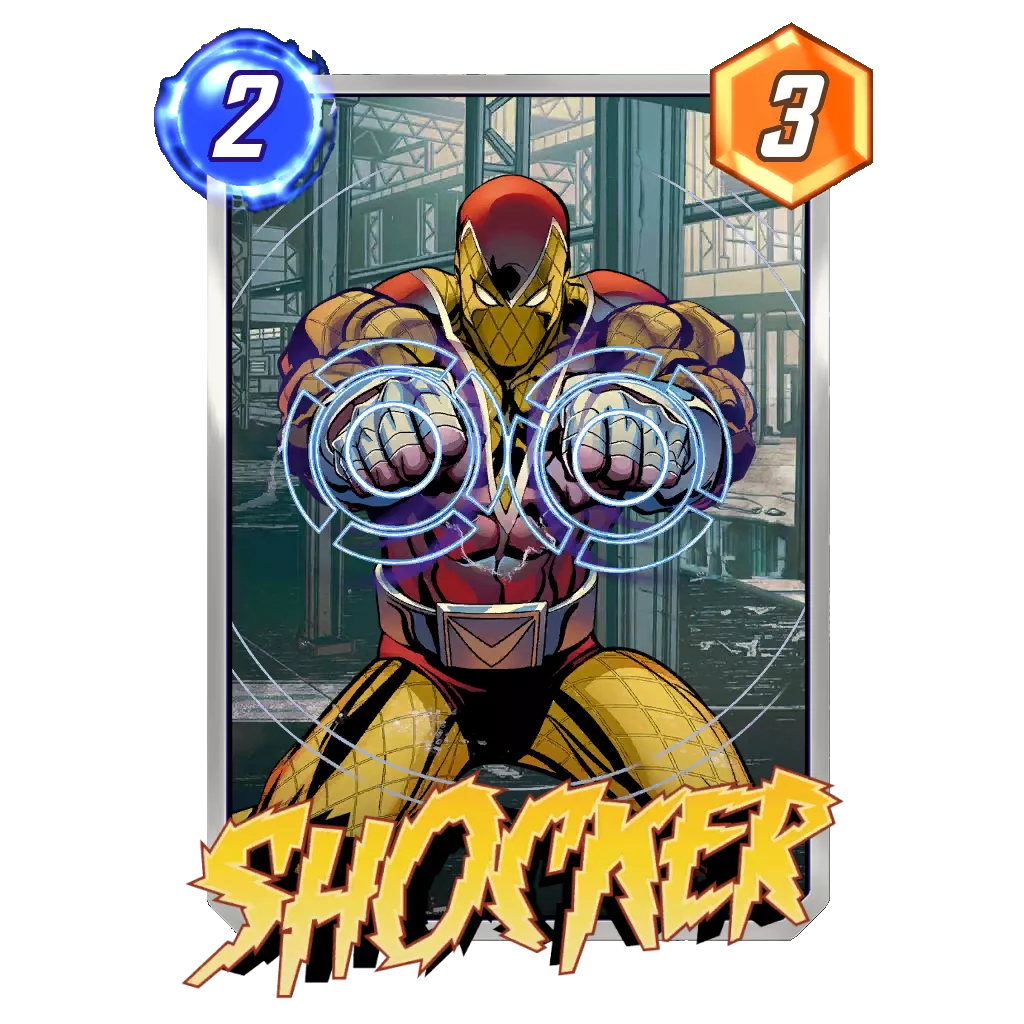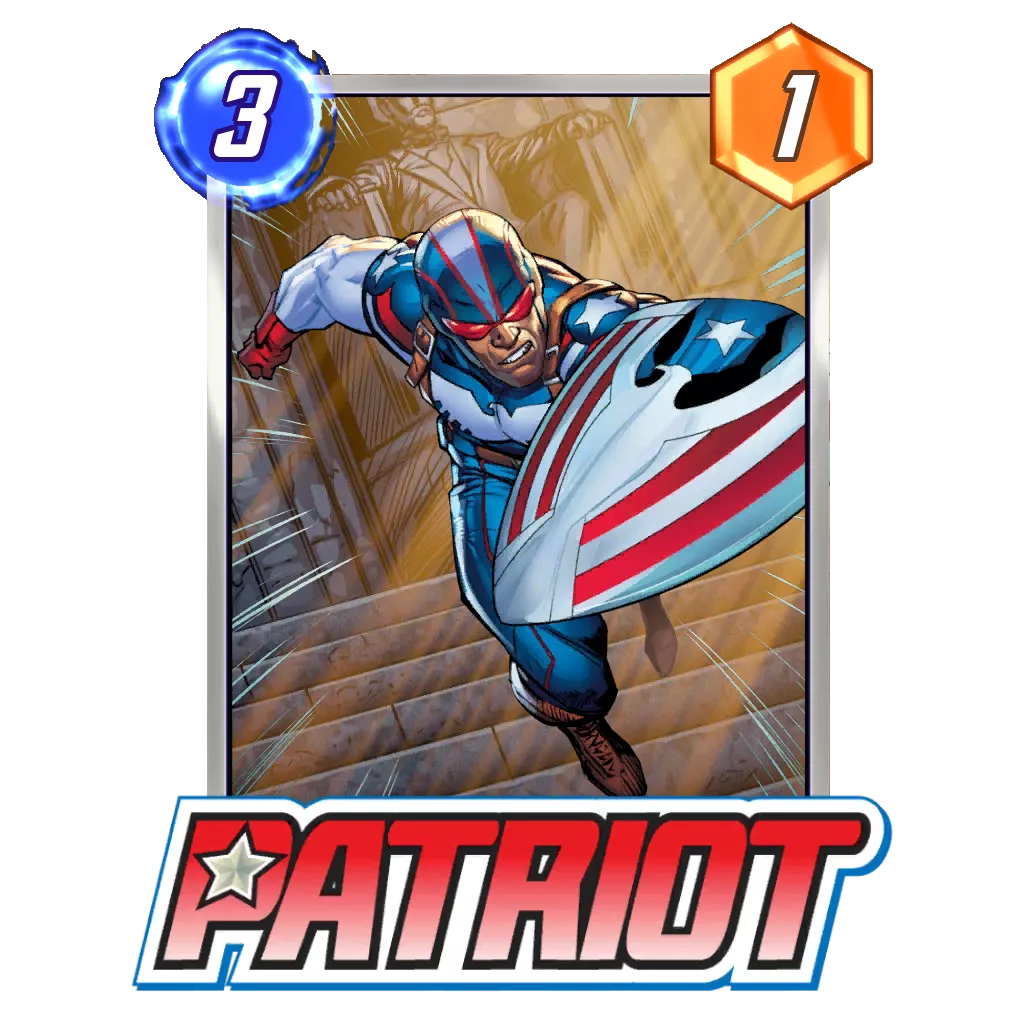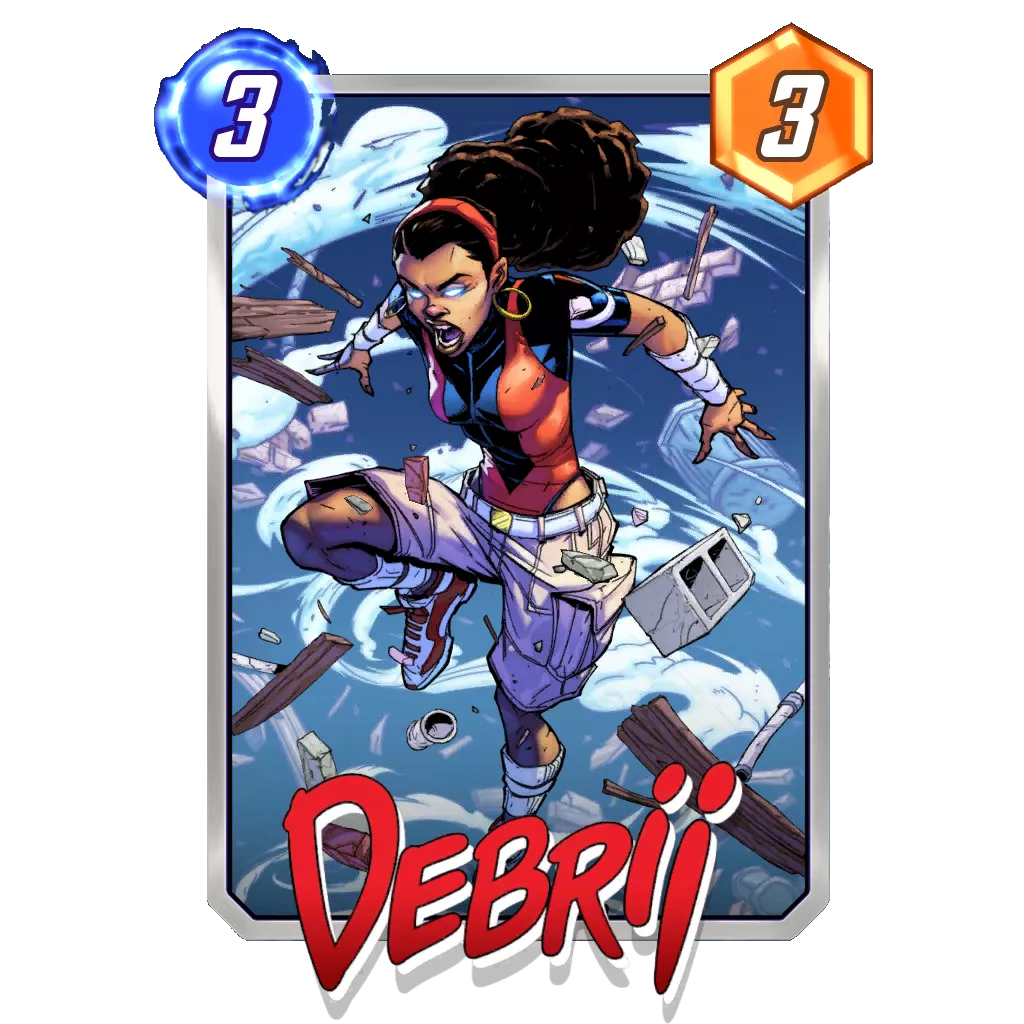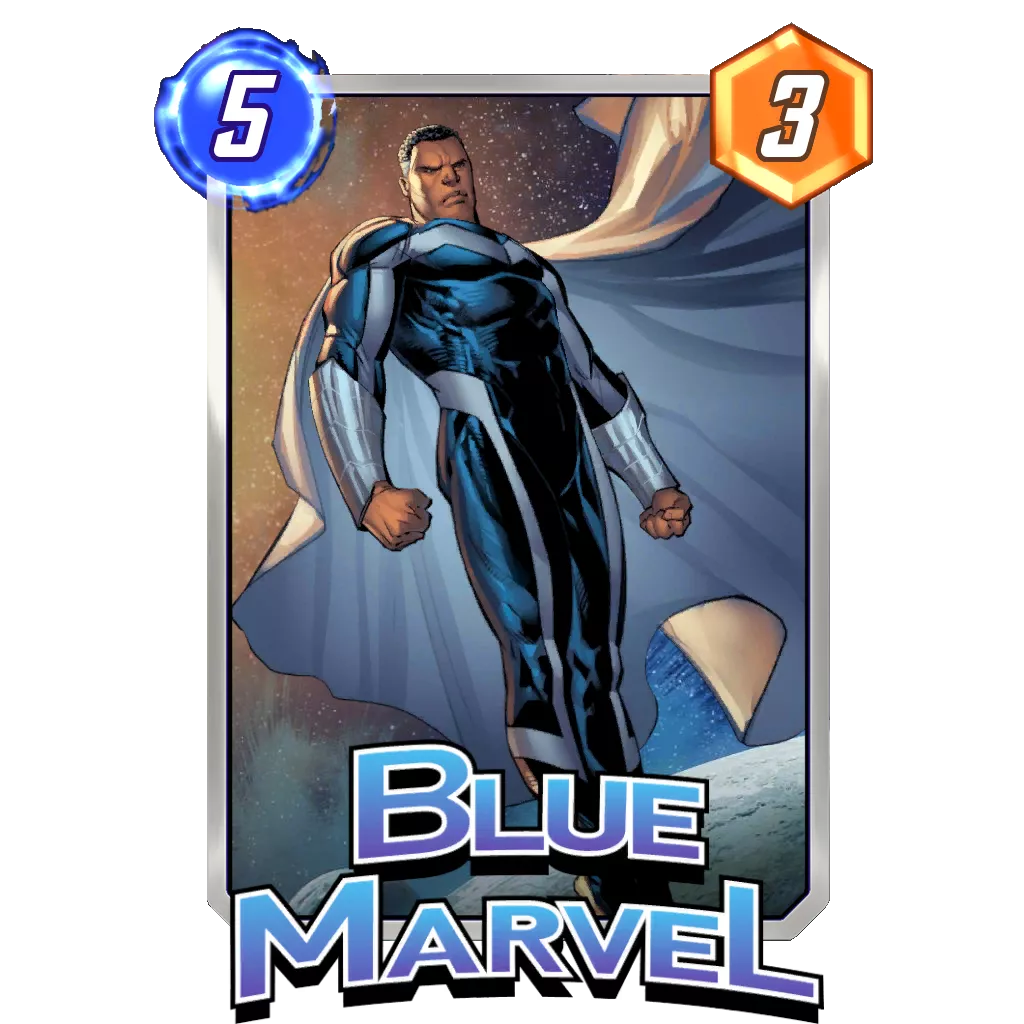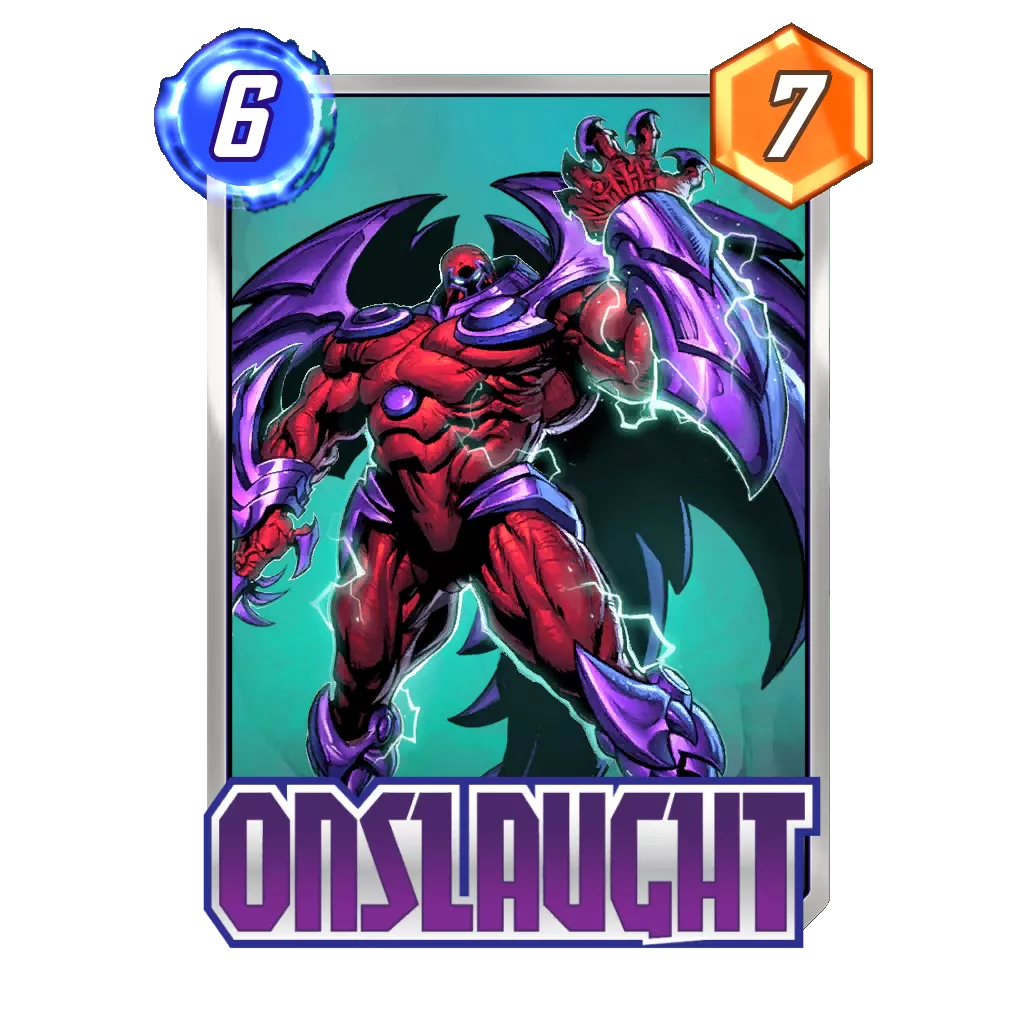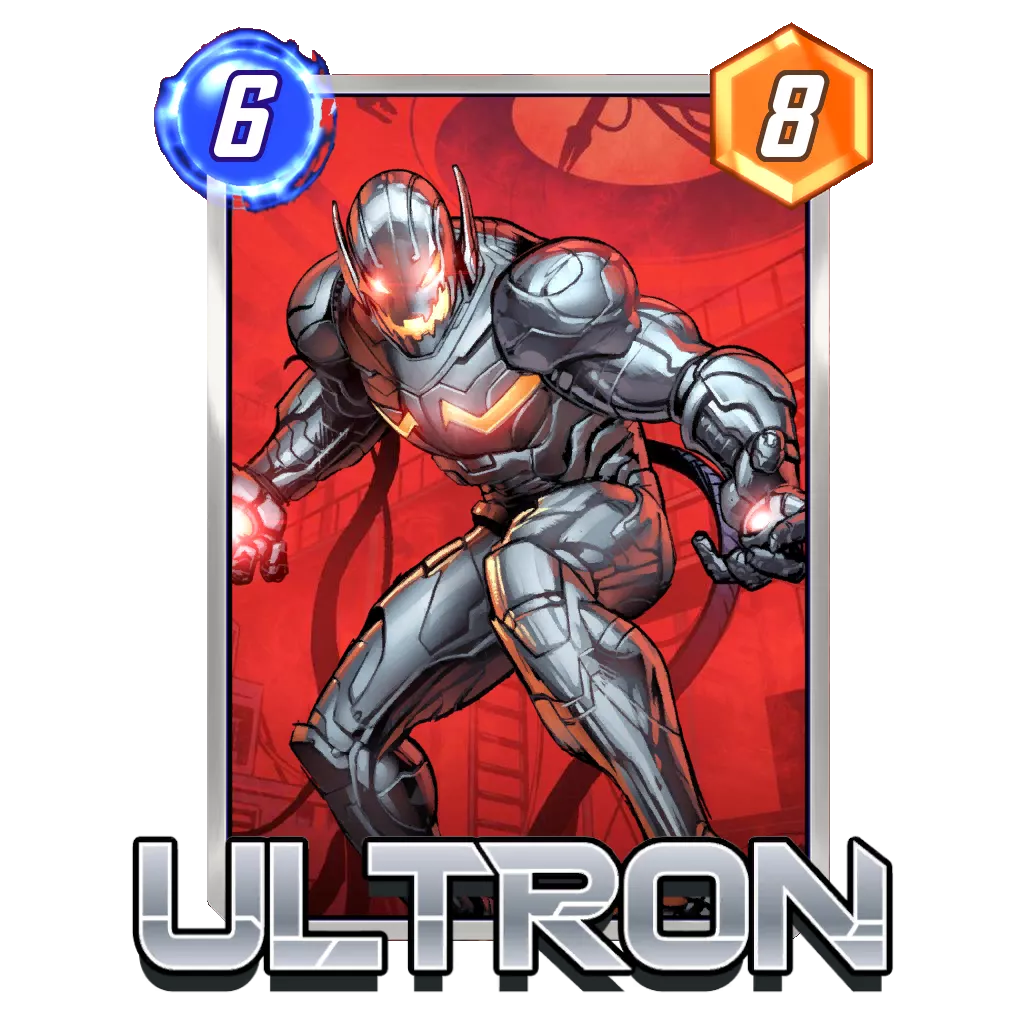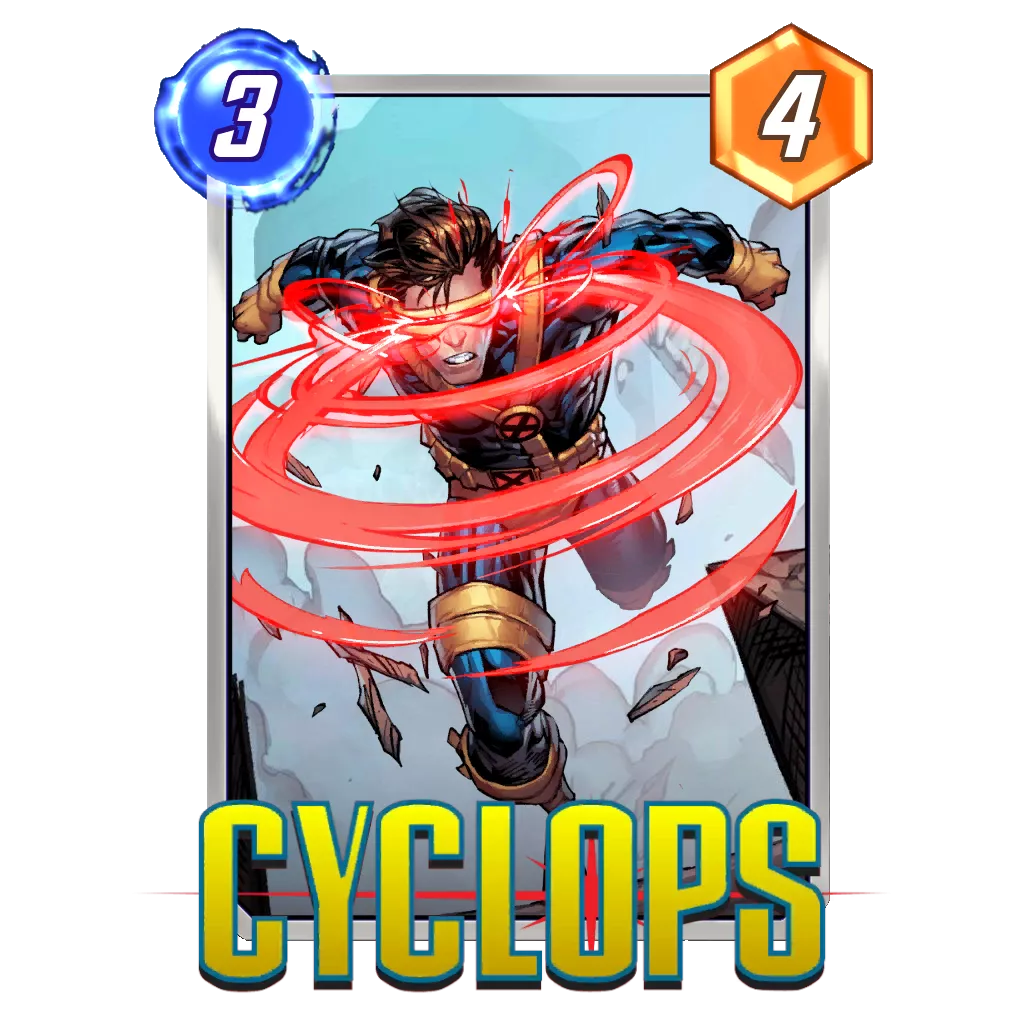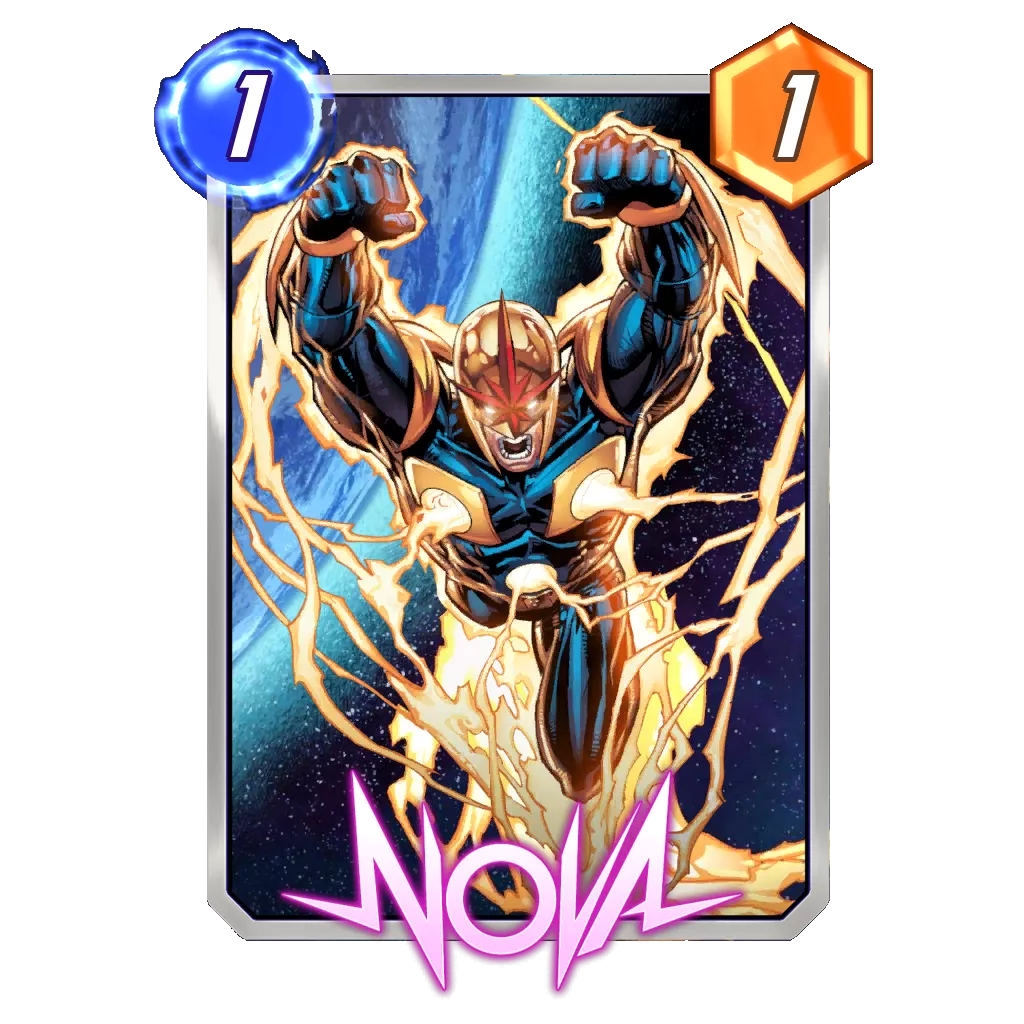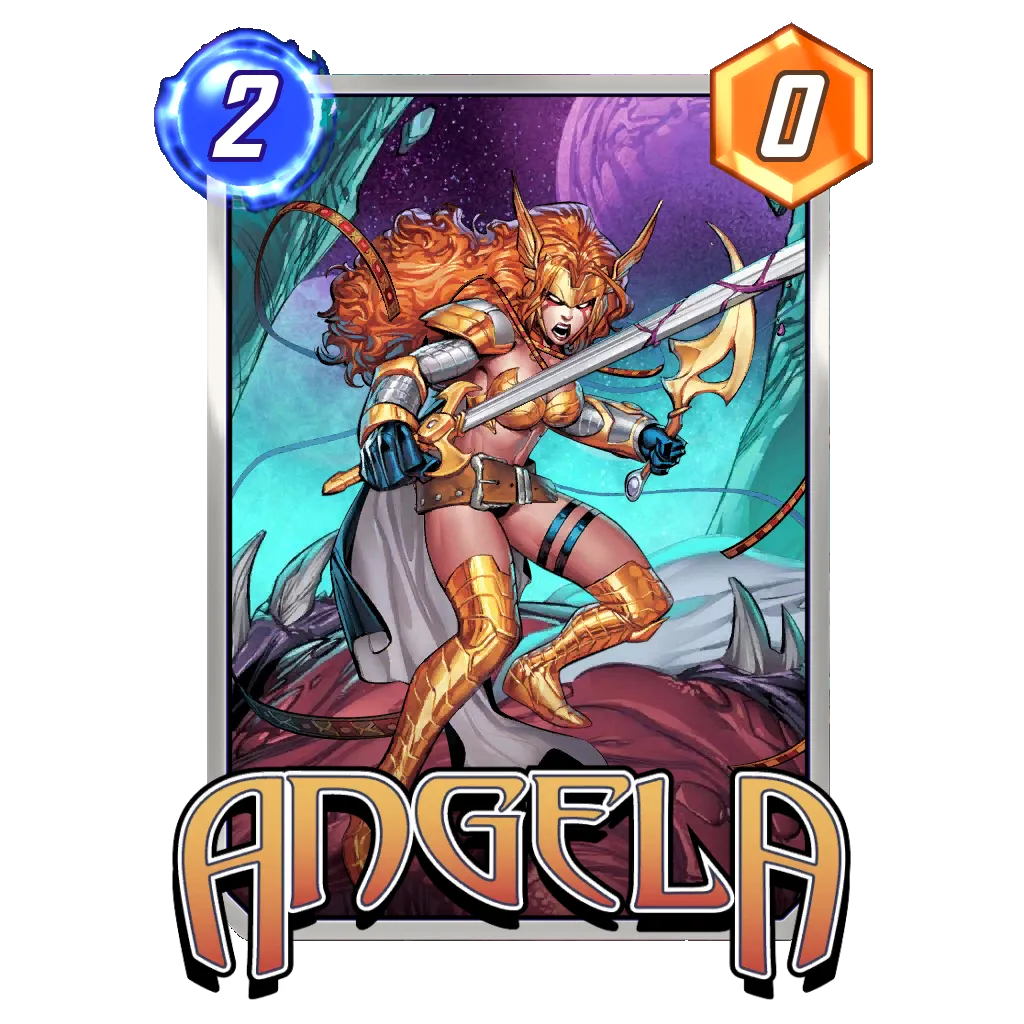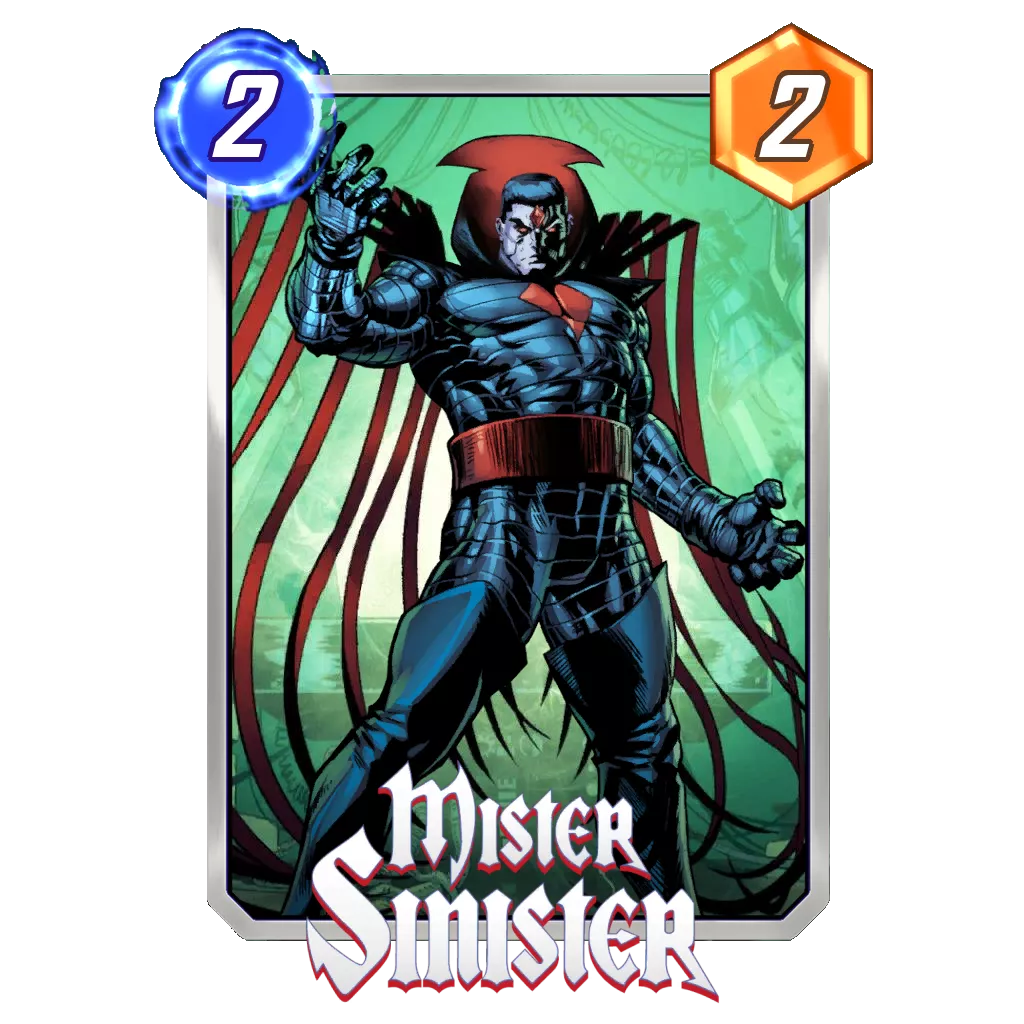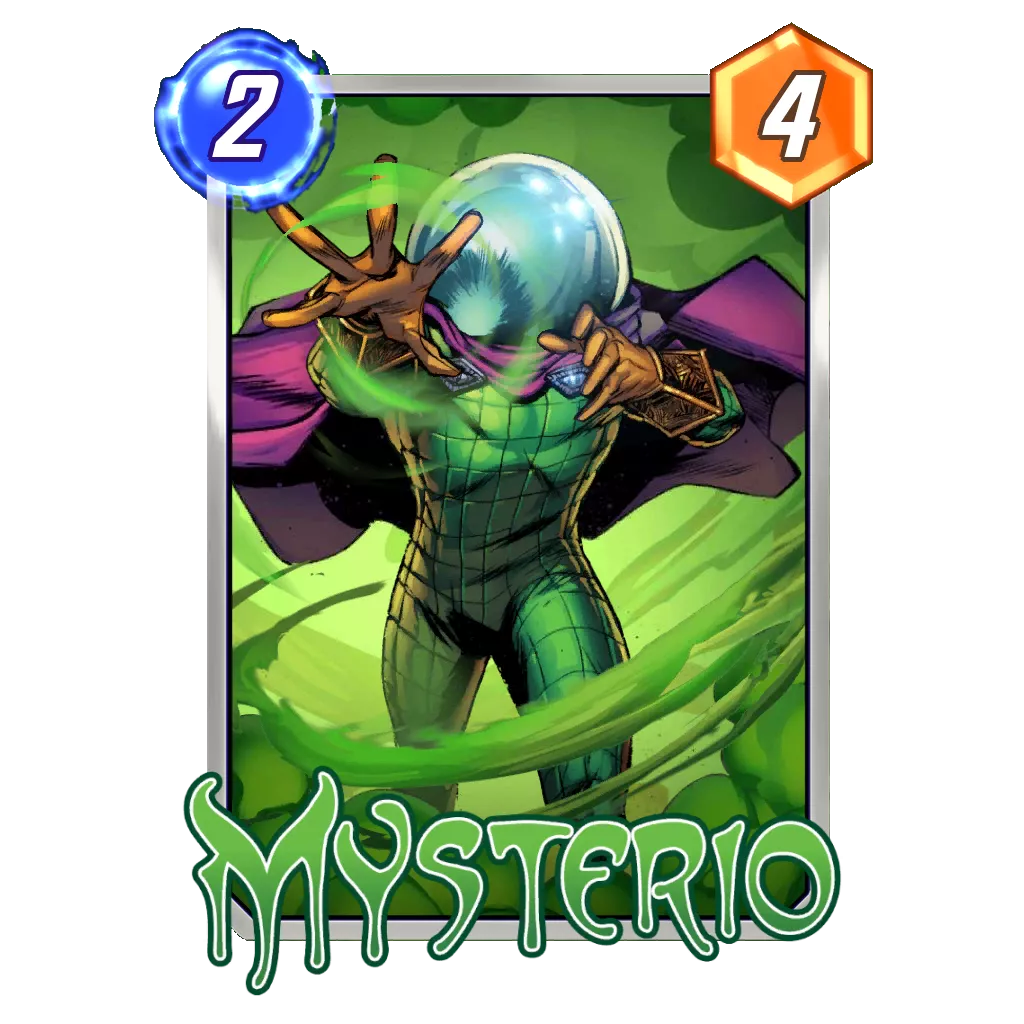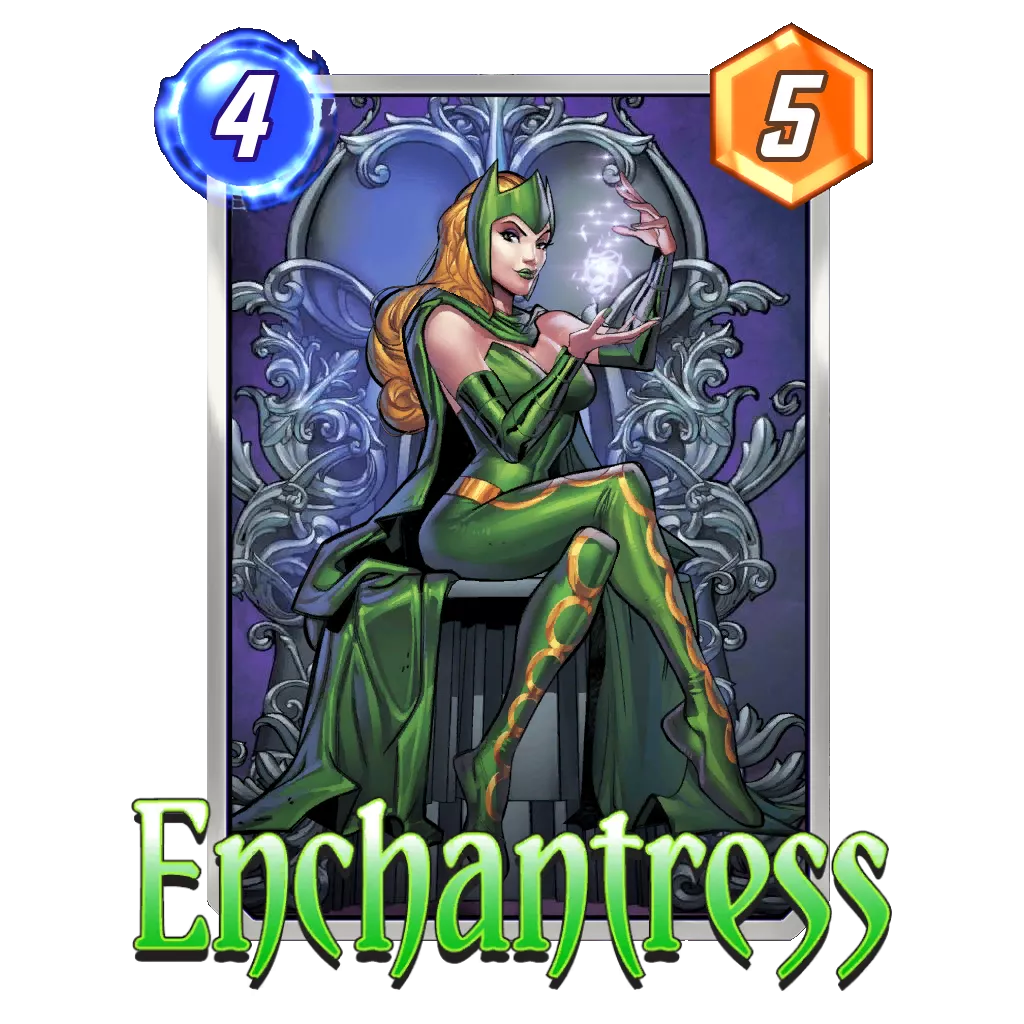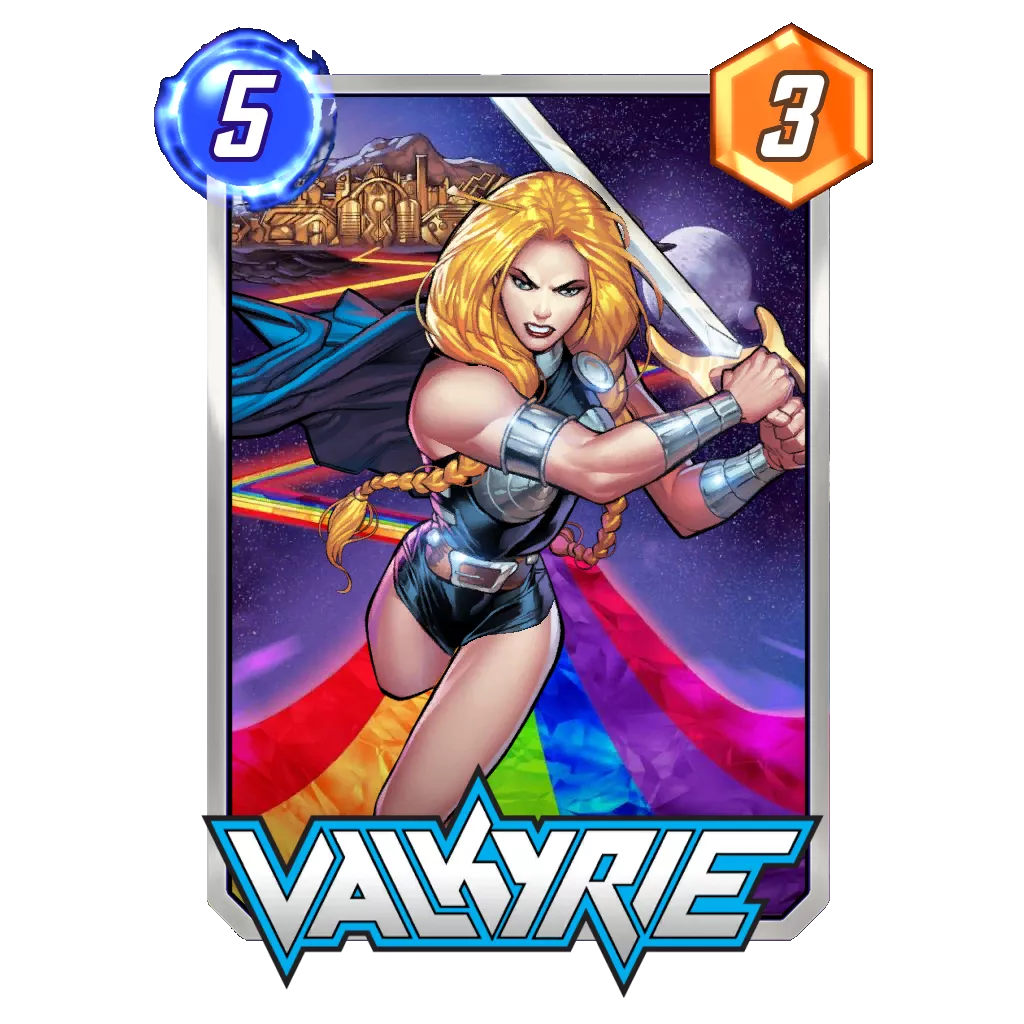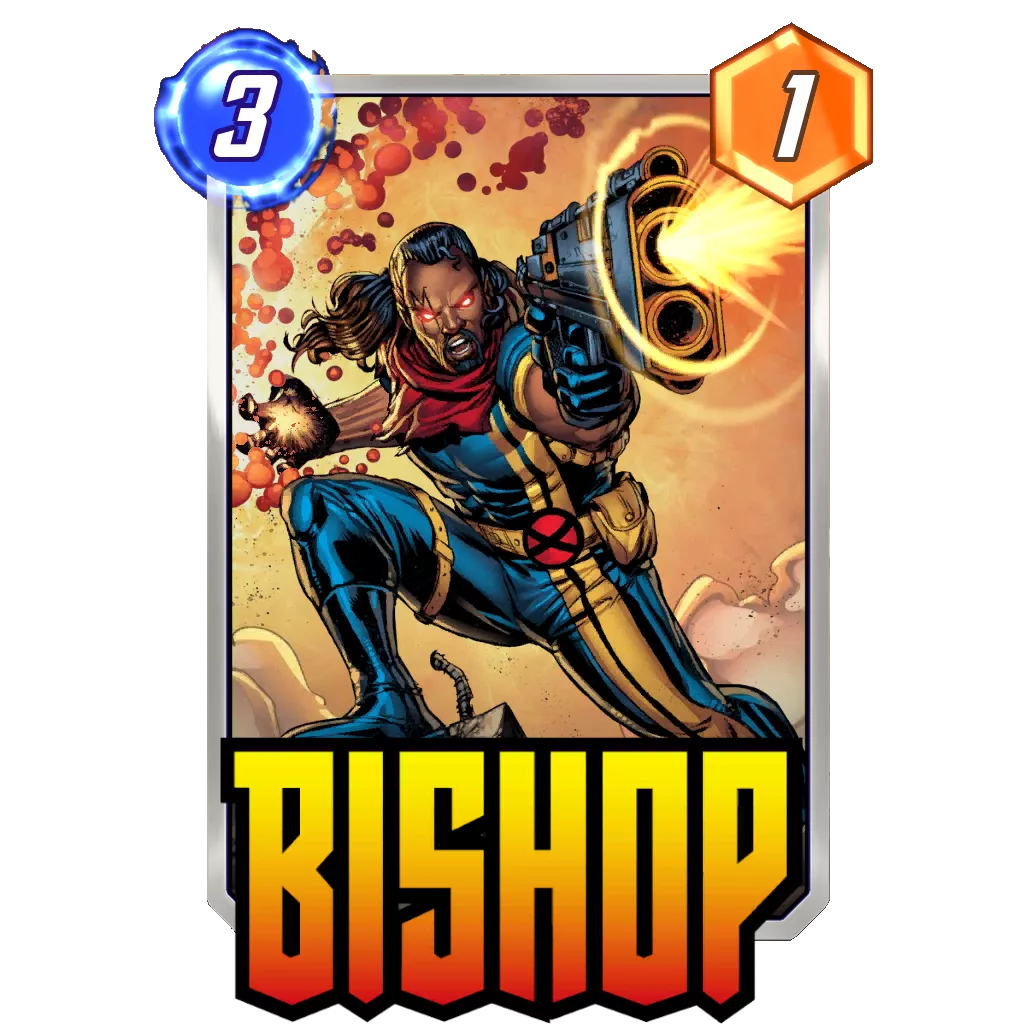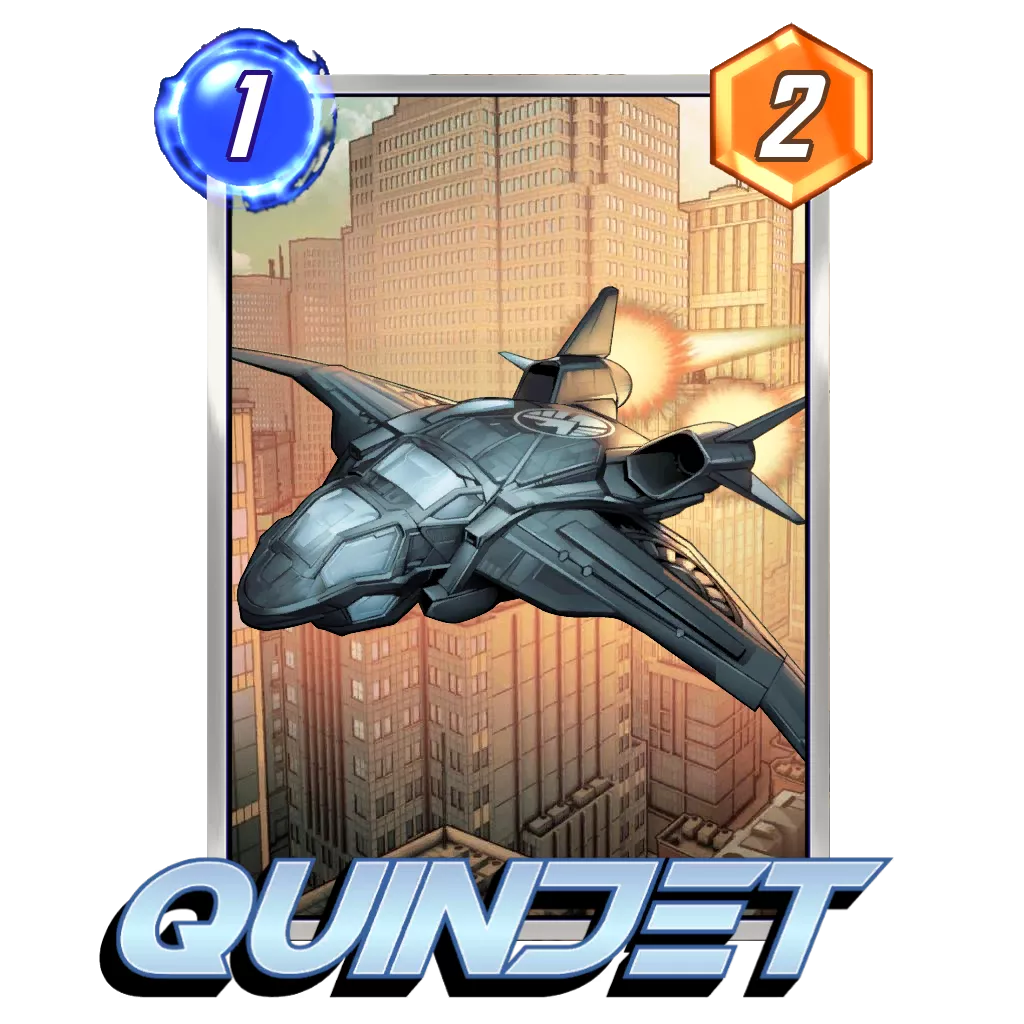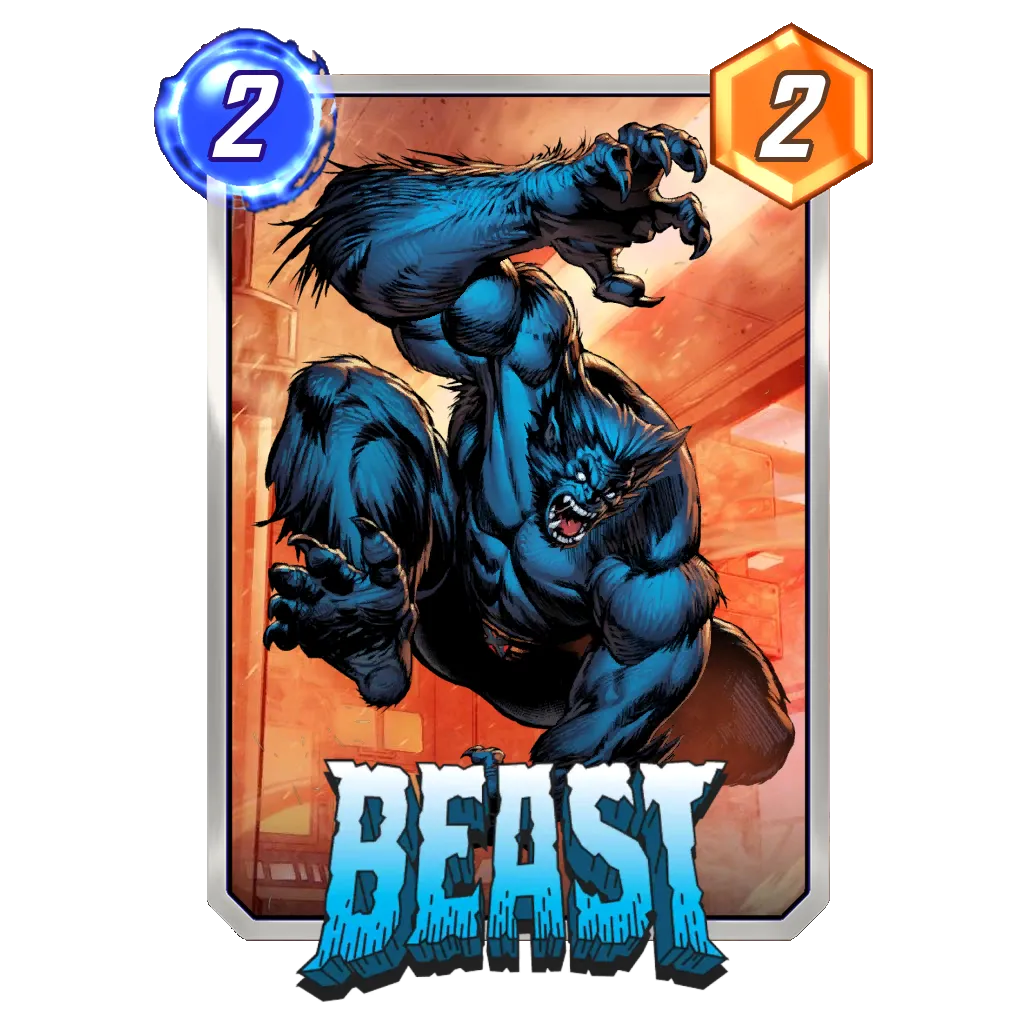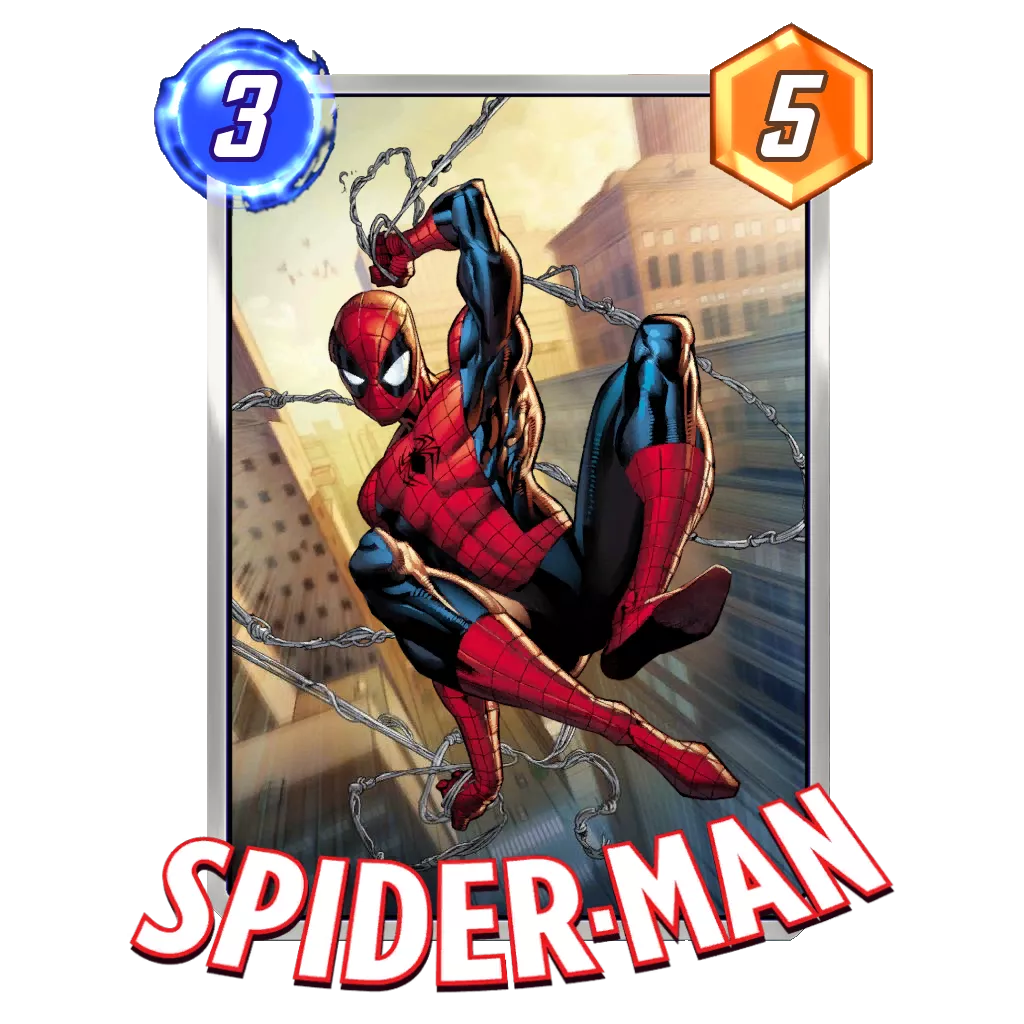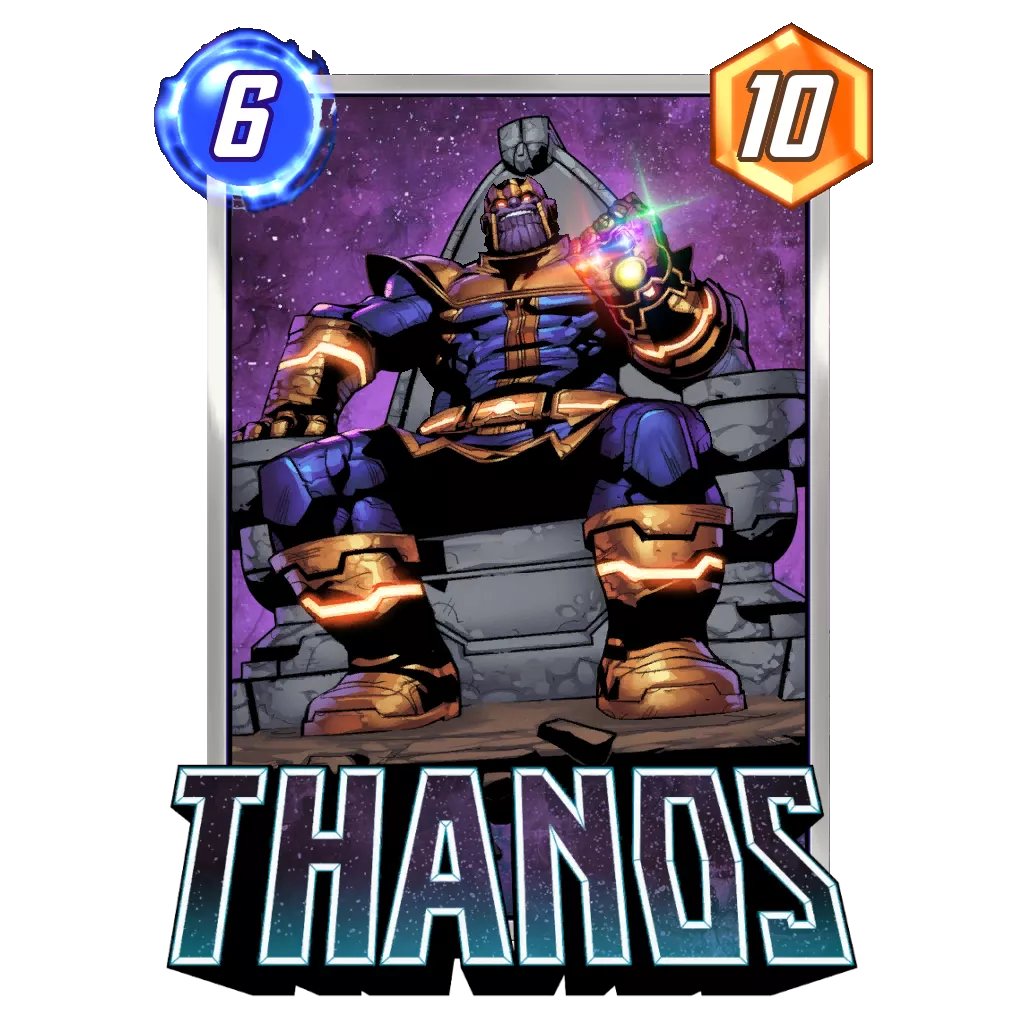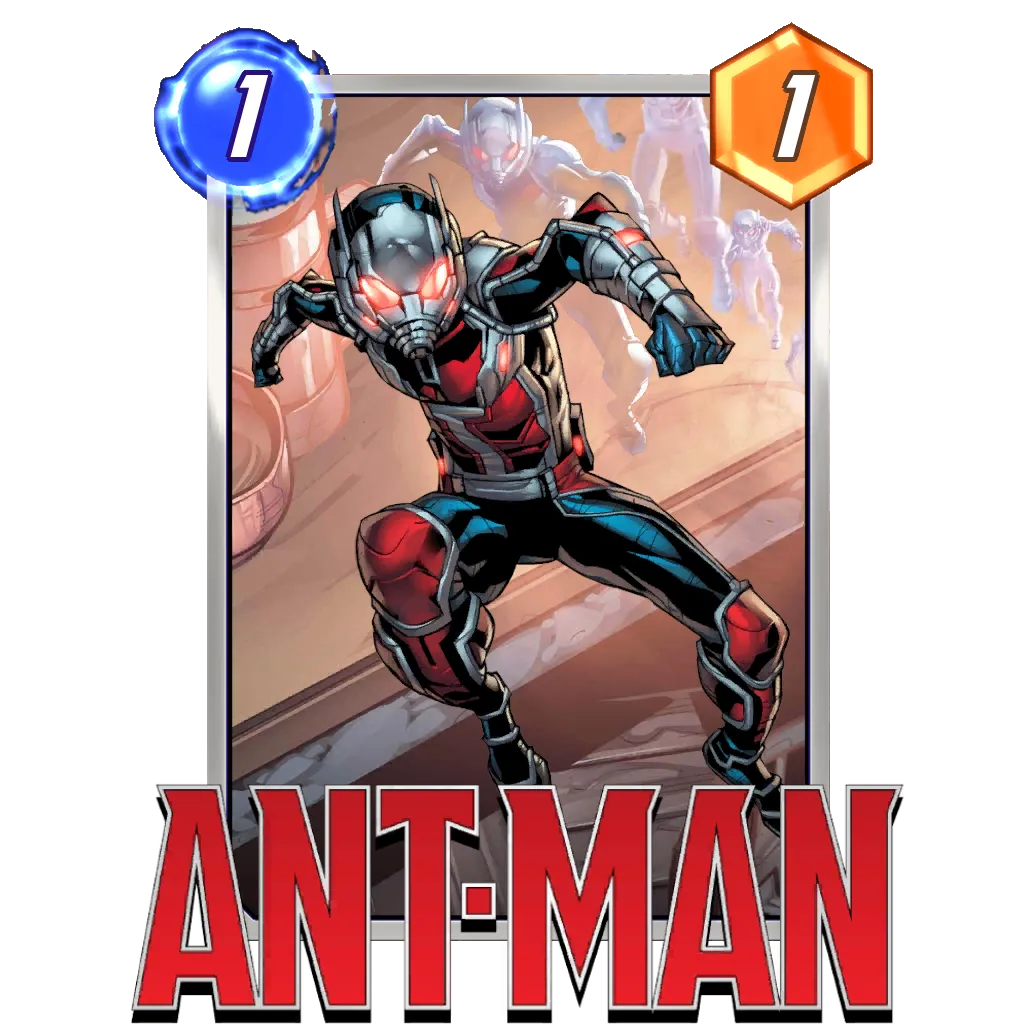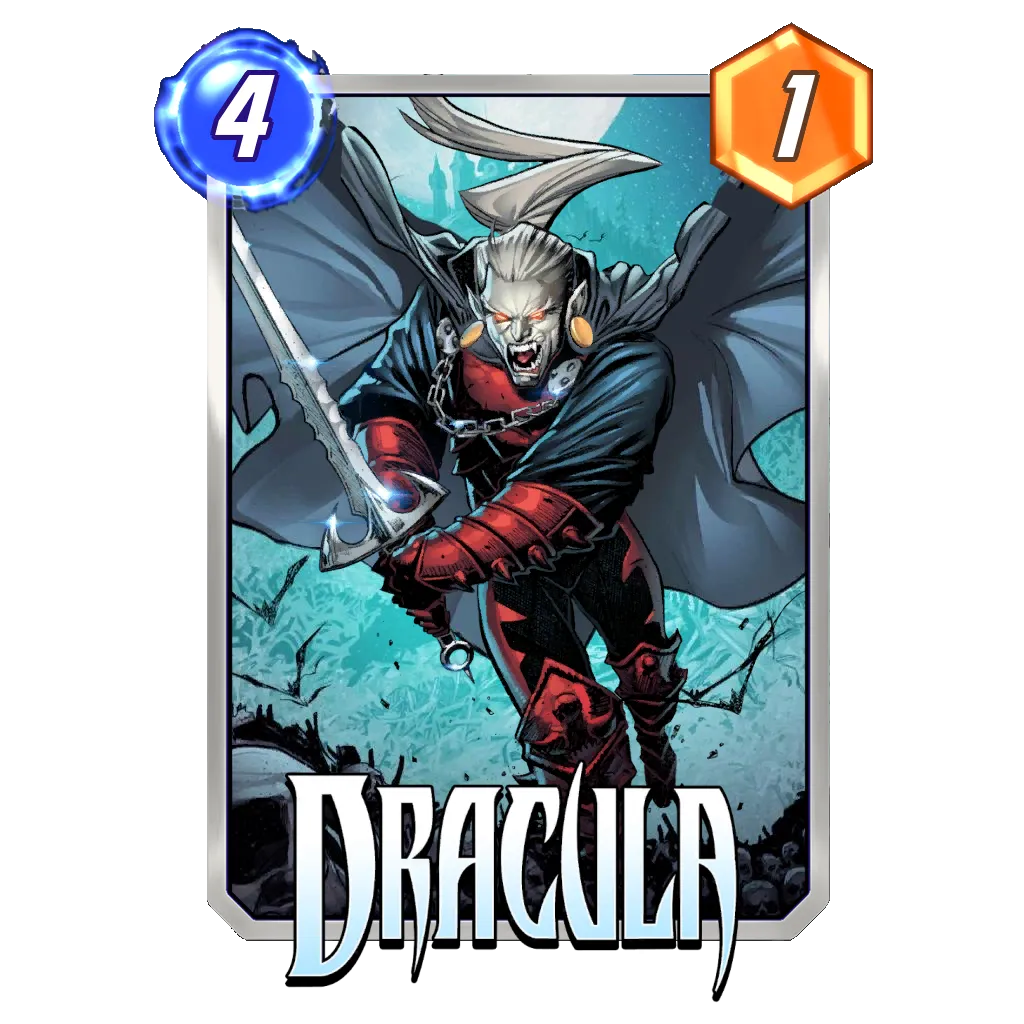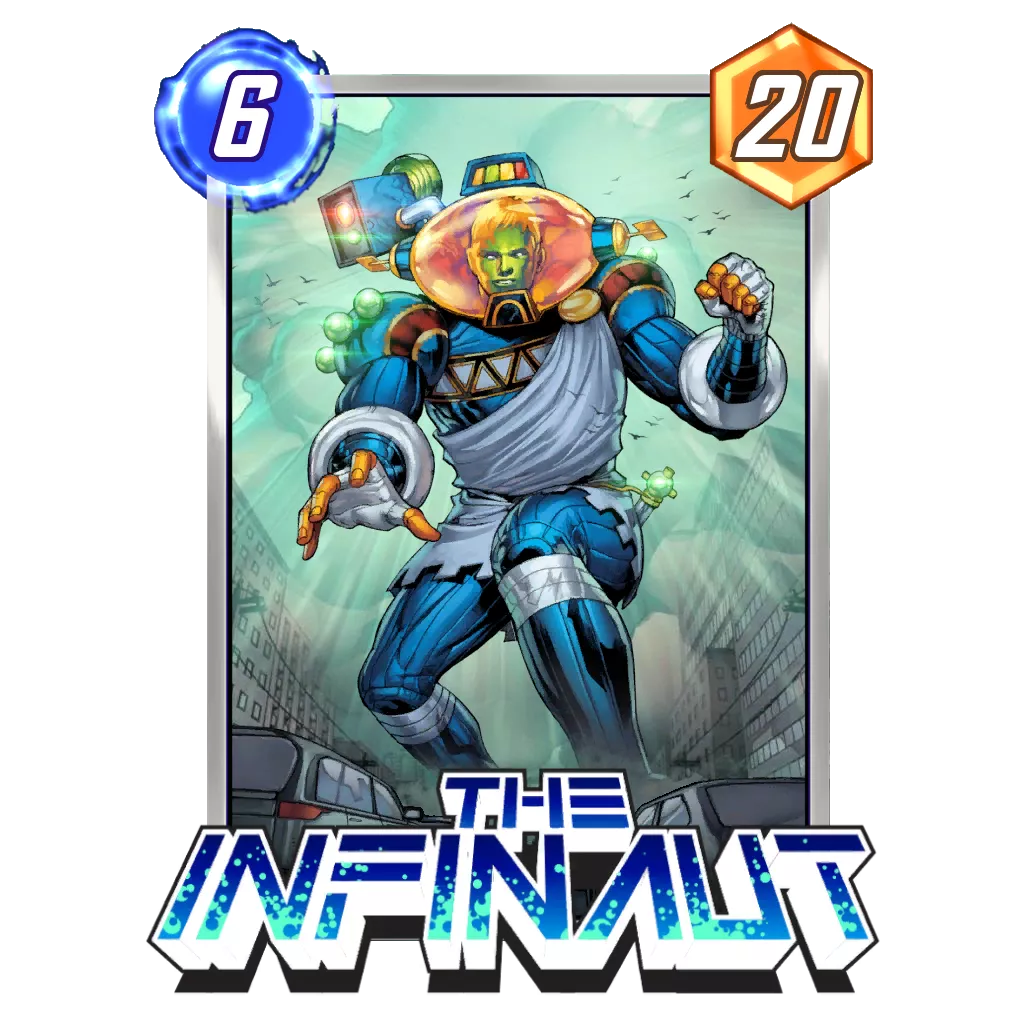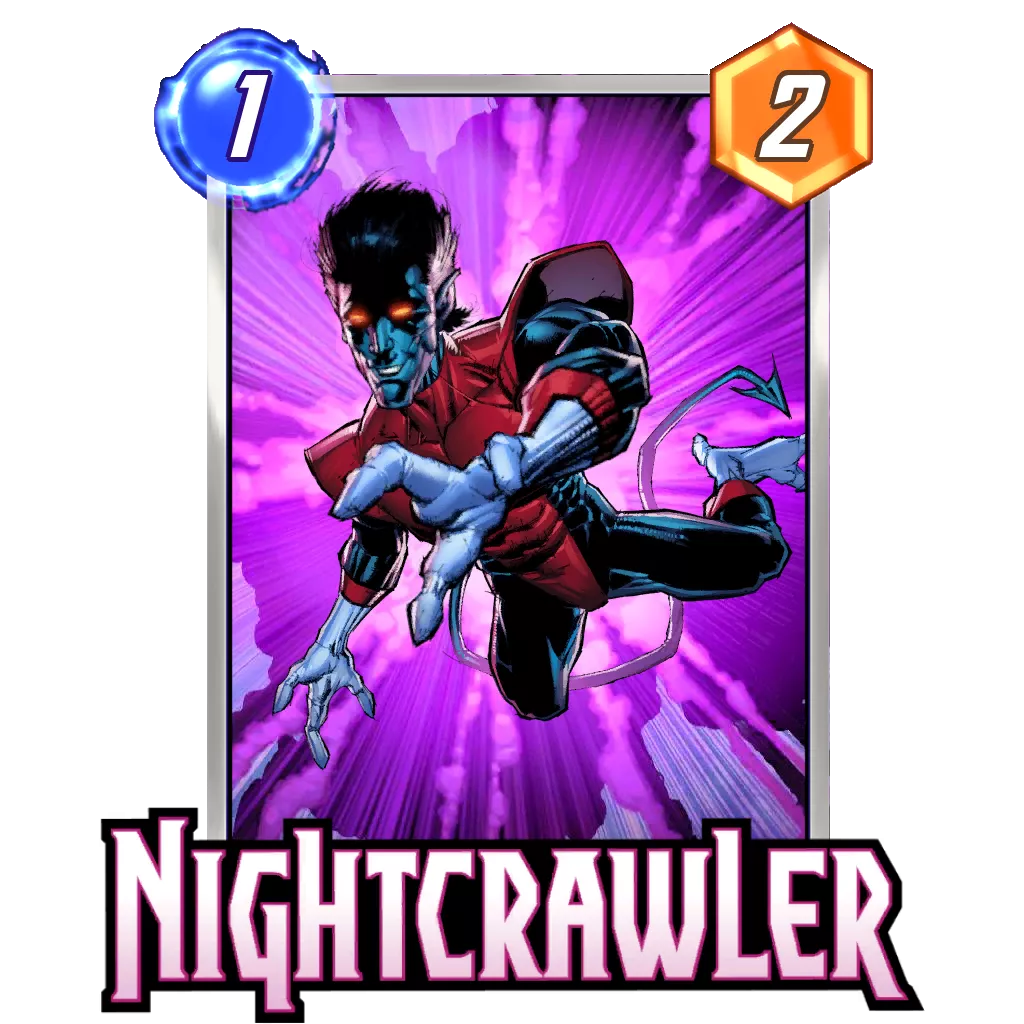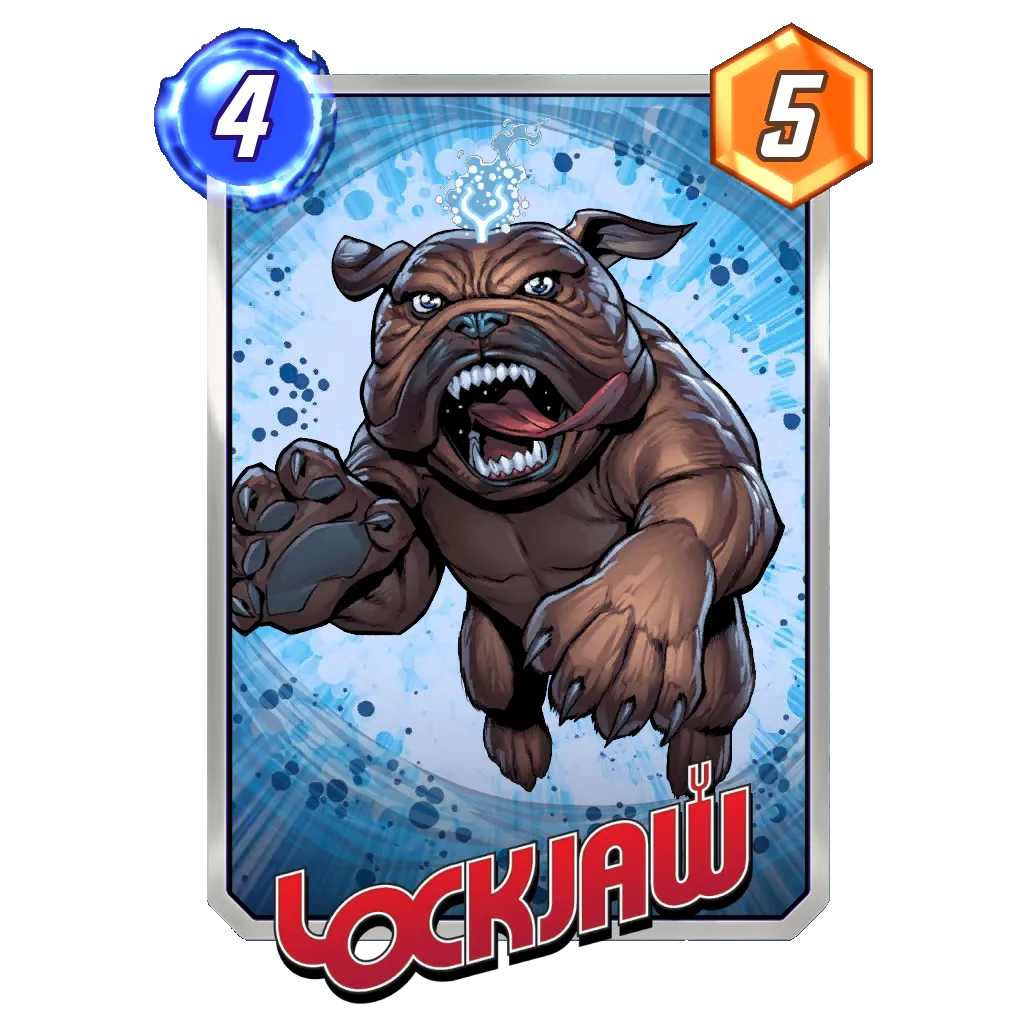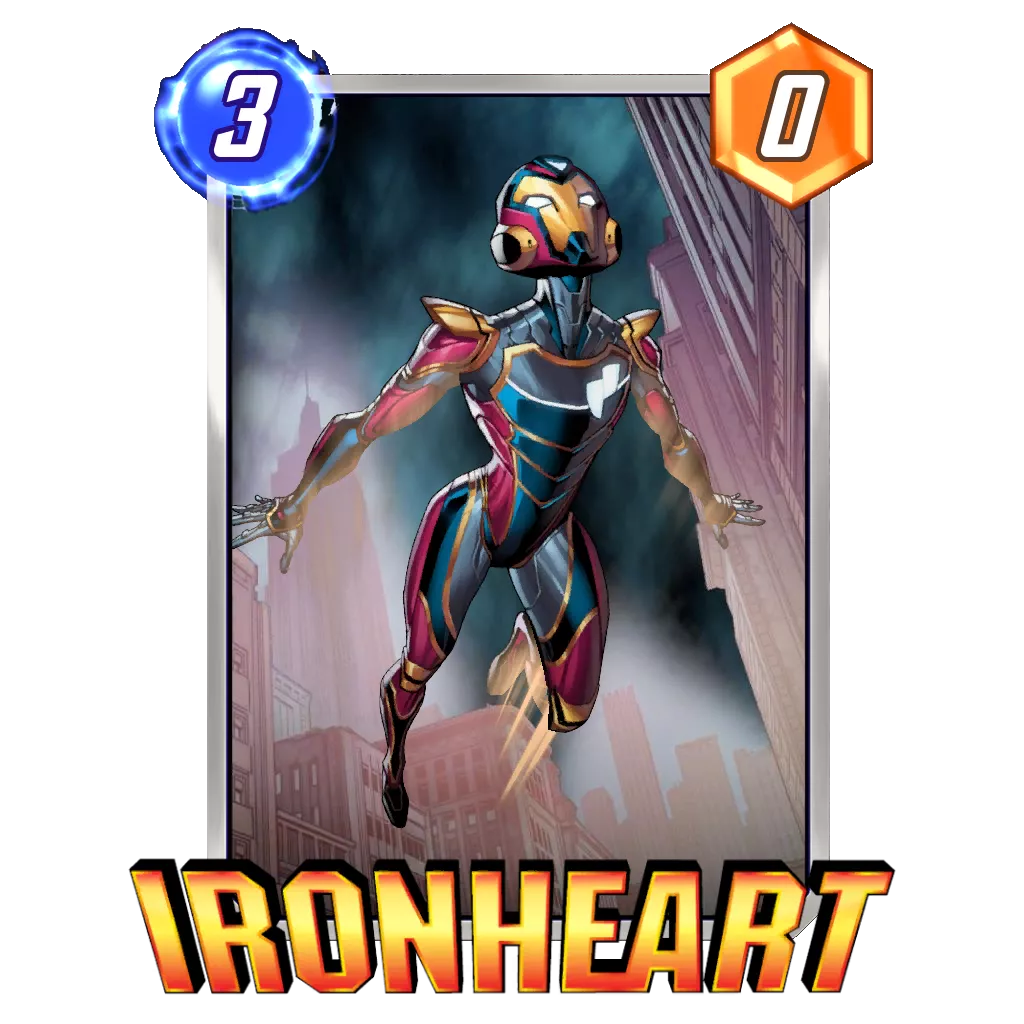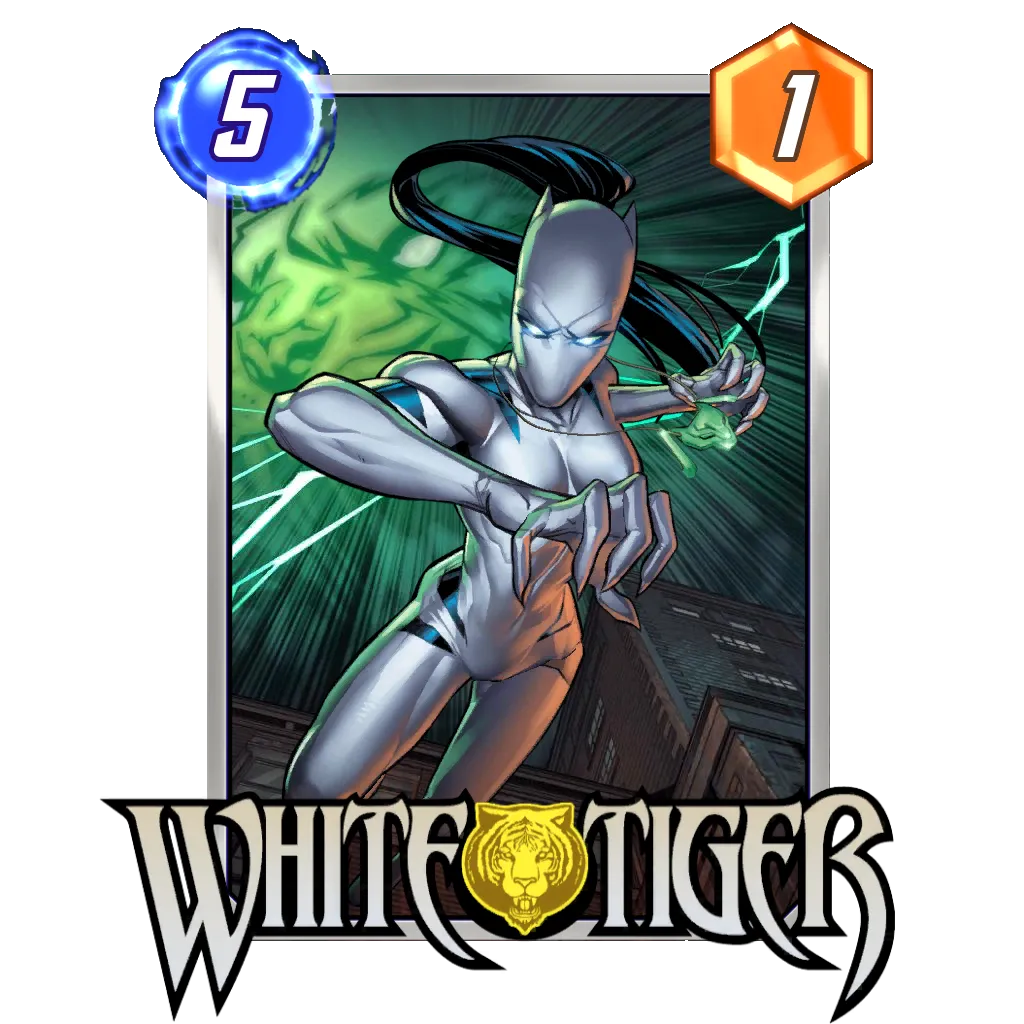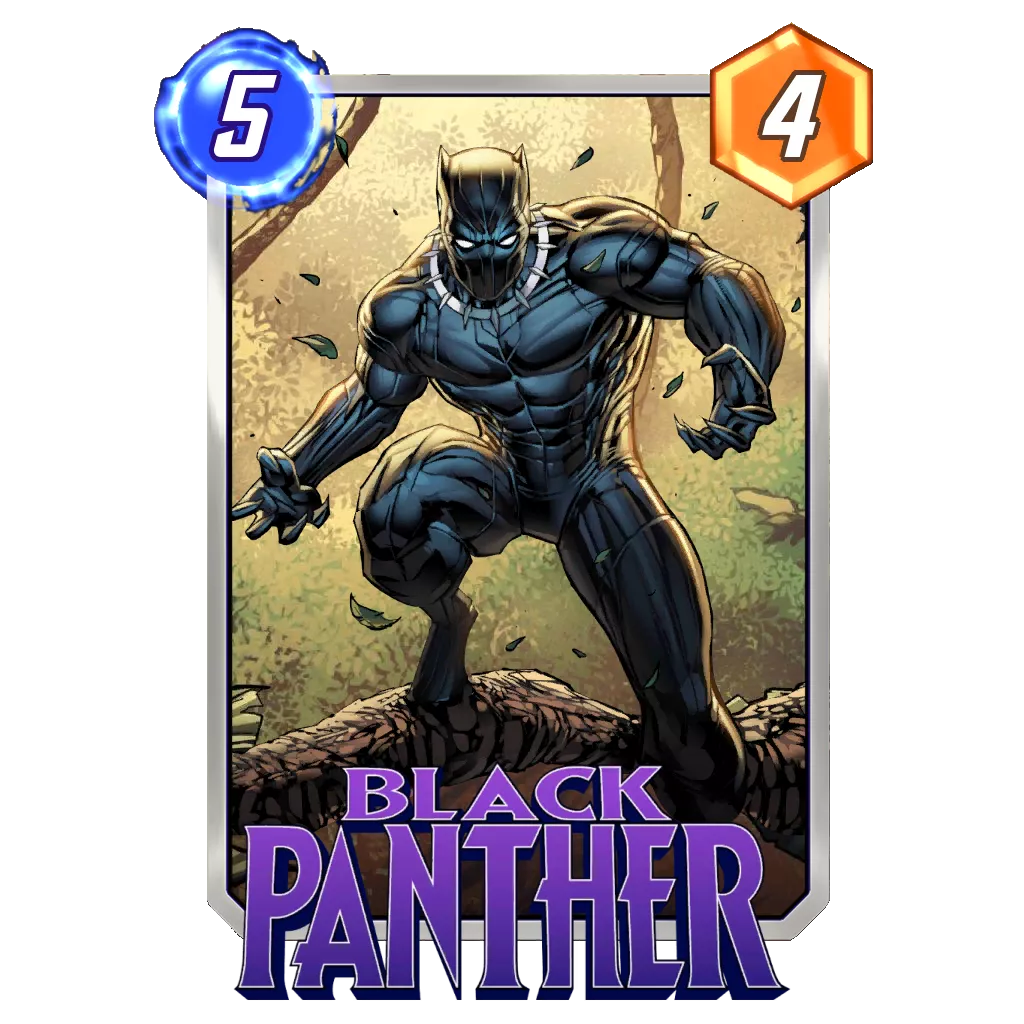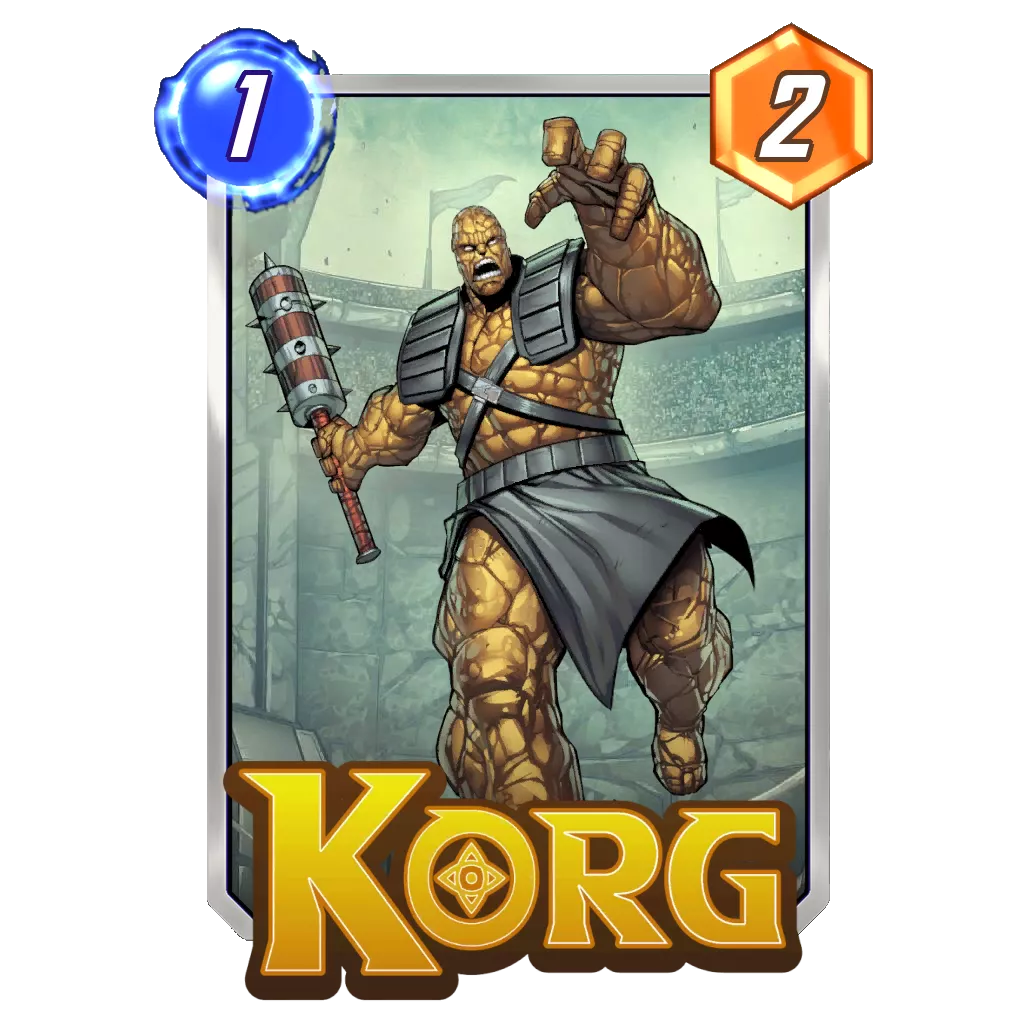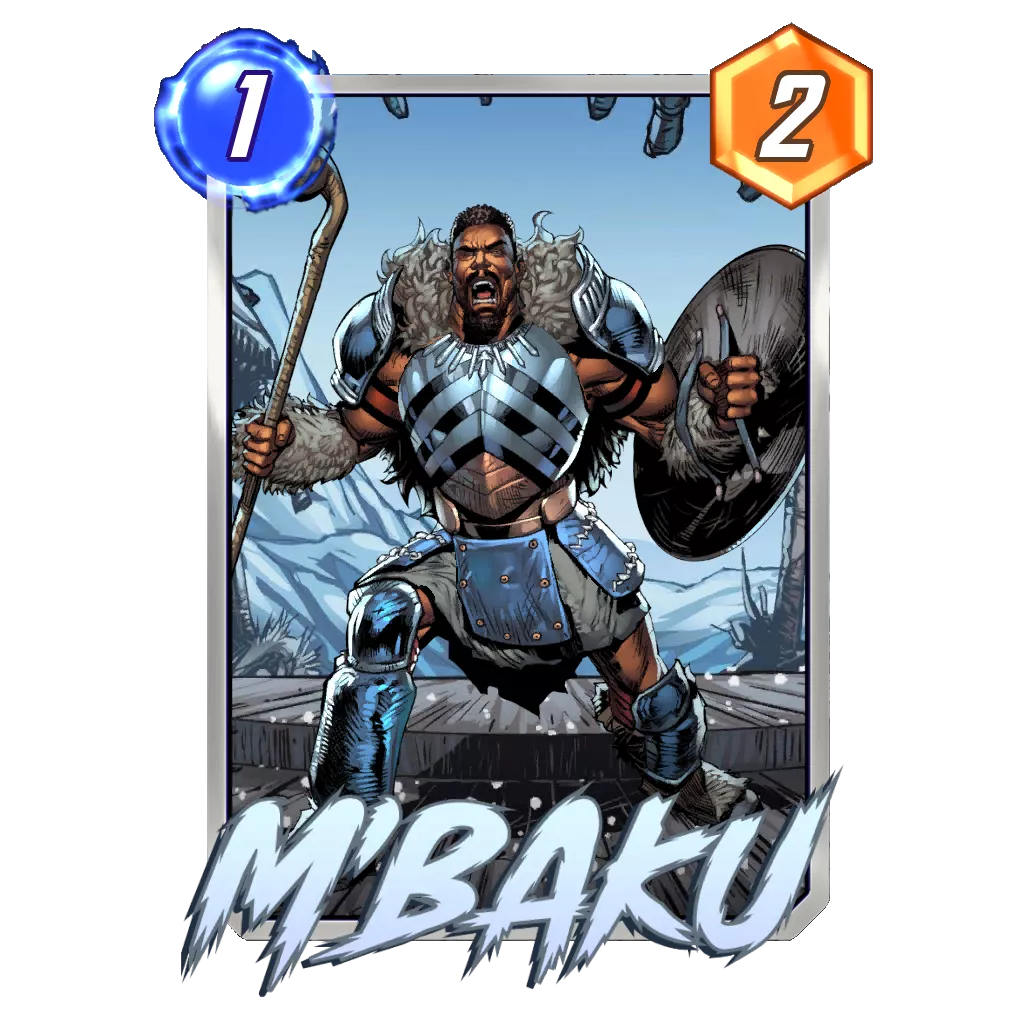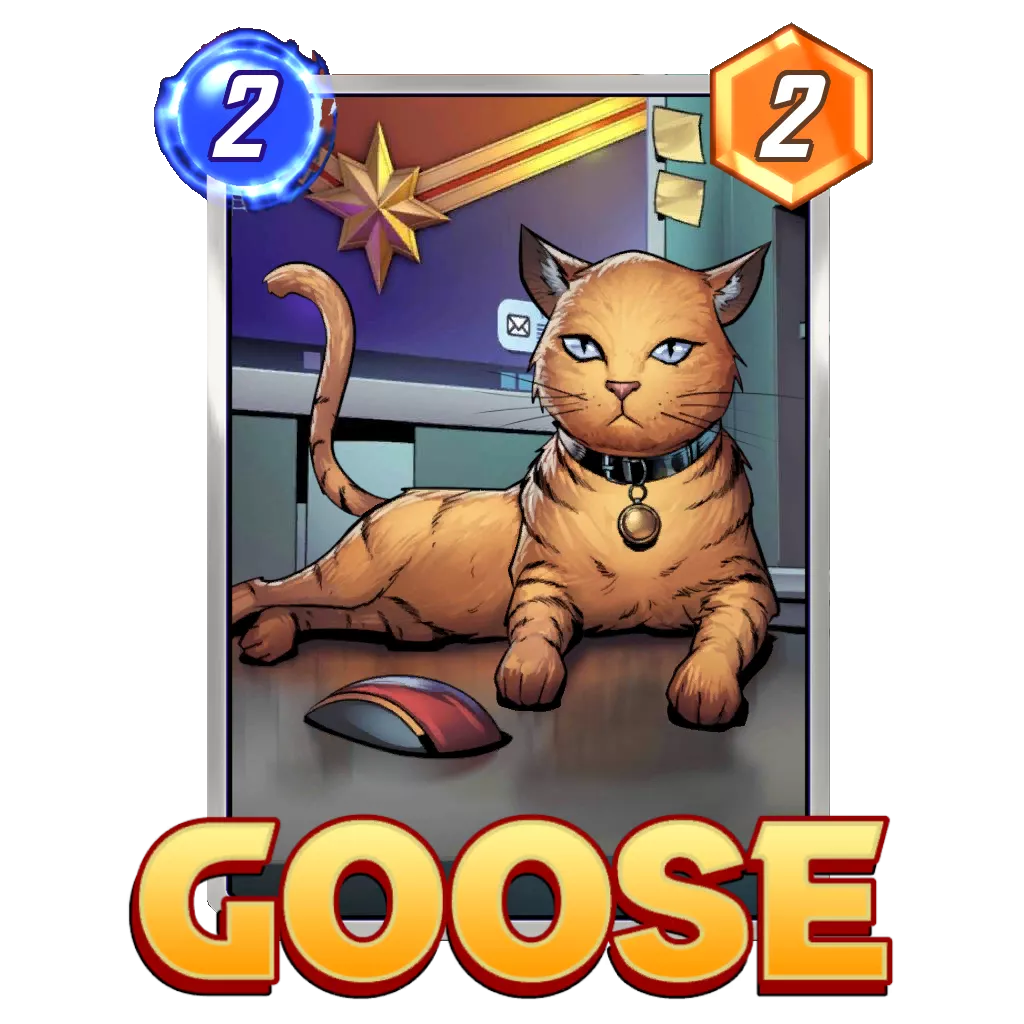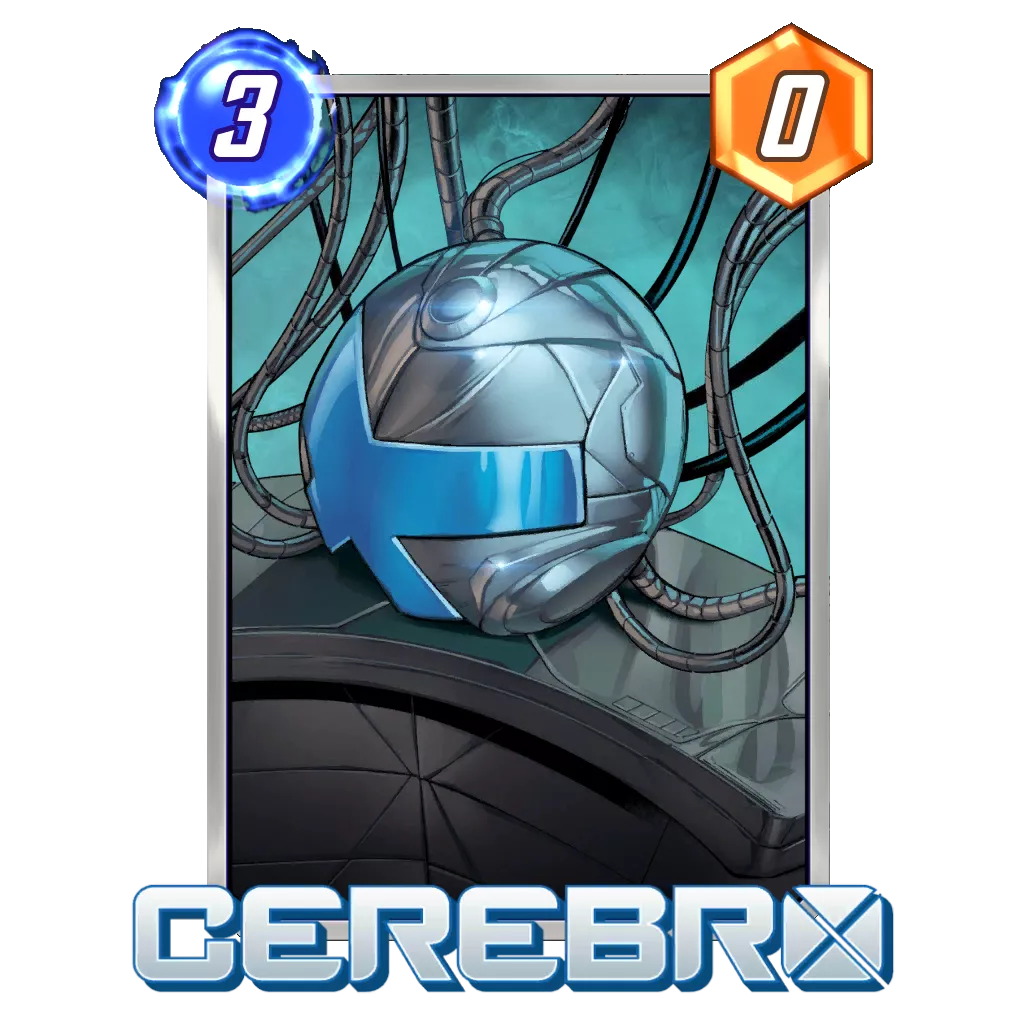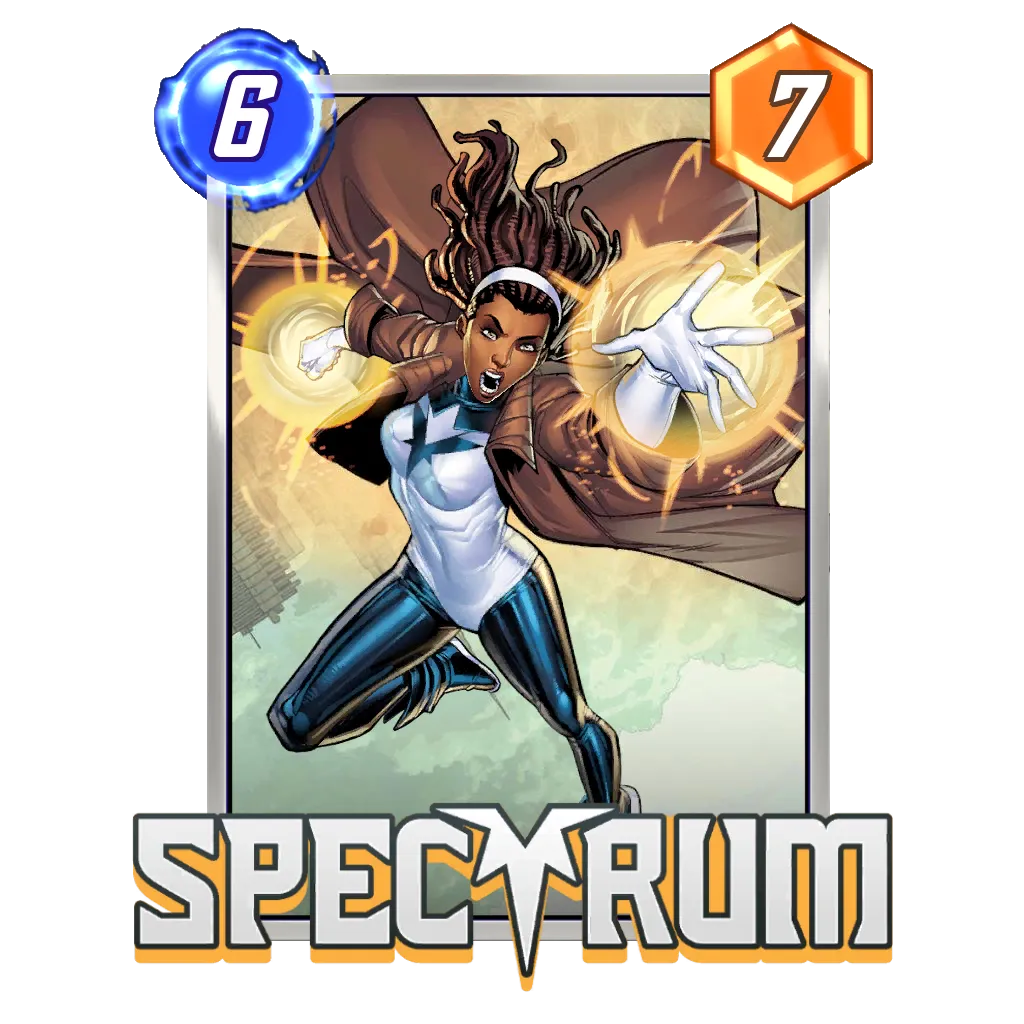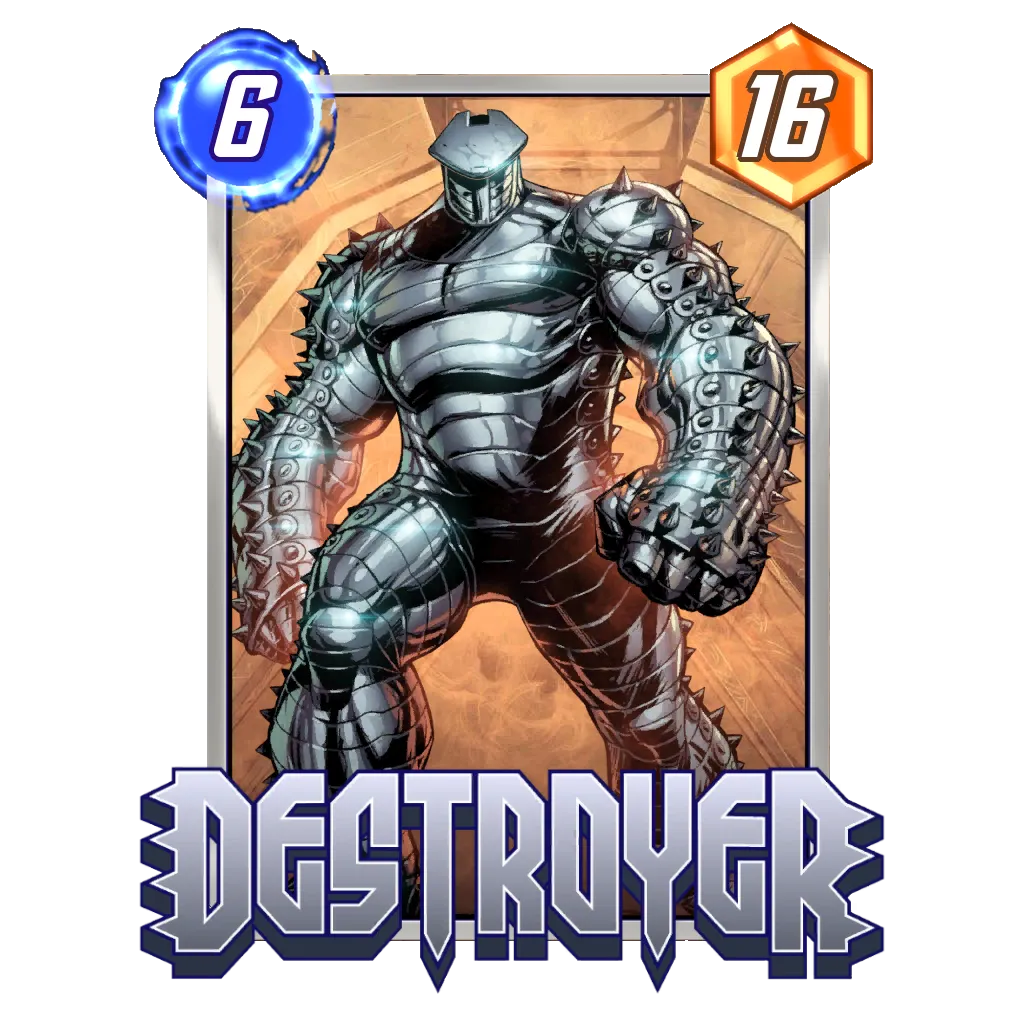Table of Contents
The Power Cosmic season is coming to an end today, and what a rollercoaster it has been! From Series 4 and 5 cards being introduced at the start of the month, to Silver Surfer becoming one of the strongest Season Pass cards to be released, December 2022 was a busy month for Marvel Snap. However, as we finally start to have some clarity regarding the current best decks of the format, Zabu is about to enter the game, and mess things up.
In these tier list rankings, we will obviously look at what should be the best decks entering the new season, as we explain why are they make sense currently or the threats they need to look out for. But I feel obligated to run a little disclaimer, as the new Season Pass card Zabu is anticipated to be at least as impactful as Silver Surfer has been this season.
If the card happens to be true and powerful (and I’m a strong believer it will), then the rankings will obviously change a lot, especially for the decks aiming to develop their own strategy, not packing disruptive cards in their core build. Particularly, I feel like Silver Surfer builds could be in a bit of trouble as they finally would have another archetype to showdown against when it comes to points, rather than opponents looking to disrupt with Cosmo or Leech.
Also, It might make some of the best cards of the current format a bit weaker. I’m thinking of Leech, Leader or maybe even Aero, as all these cards would come too late against a Zabu on turn three. If the opponent manages to play two 4-cost cards on turn four, these currently great cards might come in too late and have their impact on the game largely reduced.
However, these are a bunch of maybes for now, and it might take a bit before we figure out how to really abuse the power of Zabu if it releases in its current datamined form. So until then, let’s focus on the decks that have dominated the end of the Cosmic Power season, and take a look at how they got there as well as the source of their dominance over the current metagame.
Marvel Snap Meta Tier List
| Tier | Deck Name |
|---|---|
| Tier 1 | Seracle Surfer |
| Tier 1 | Shuri Zero Panther 🔼 |
| Tier 1 | Negative Surfer |
| Tier 2 | Good Cards |
| Tier 2 | Baero |
| Tier 2 | Galactus |
| Tier 2 | Electro Ramp |
| Tier 2 | Patriot 🔼 |
| Tier 2 | Seracle Control 🔼 |
| Tier 3 | Thanos Zoo |
| Tier 3 | Zerocula |
| Tier 3 | Lockjaw On Reveal |
| Tier 3 | Wong On Reveal 🔽 |
| Tier 3 | Cerebro 2 |
| Tier 3 | Ongoing Destroyer |
| Tier 4 | Hela Discard |
| Tier 4 | Darkhawk Rocks! |
| Tier 4 | Discard Lockjaw |
| Tier 4 | Movement |
| Tier 4 | Deadpool |
| Tier 4 | C3r3bro |
| Tier 4 | Valkyrie Control |
| Budget | Handsize Destroy |
| Budget | Ongoing |
| Budget | Sandman Kazoo |
| Budget | Control |
💡 You can always go to our new Meta section and view the latest top decks and their stats from the data collected using our Marvel Snap Tracker!
Tier 1
Seracle Surfer
Rank Justification: While Psylocke into Mister Negative packs more of a high roll, the Sera builds win the competition of the Silver Surfer builds in the end. The deck feels more reliable and tend to have people stay in the game more often, while Mister Negative can often be met with a quick retreat. Additionally, the Sera deck is playing better cards overall, and can simply win through dropping its 3-Cost card and a turn six Brood into Silver Surfer.
Lastly, from a player’s standpoint, the Sera deck feels easier to read and visualize in the future. The big difference in between the two builds is that Mister Negative makes you play with your deck, while Sera does with your hand. As such, Sera makes it much easier to visualize what the rest of the game will look like, creating an easier decision process to know when to snap, and when to retreat.
How To Play: The basic play pattern for the deck would be:
- Play a 3-Cost on turn three.
- Play a 3-Cost on turn four. The sole 1-Cost can be played here if you have it in hand.
- Play Sera on turn five.
- Play several 3-Cost cards, including Silver Surfer as the last one on turn six.
Presented like this, it doesn’t seem like the deck is very flexible, but the whole point is that you have so many 3-Cost cards that you can use them flexibly depending on the game status. Cards like Bishop or Mister Fantastic are non-committal cards, meaning their effect is the same no matter the game state. Cosmo, Killmonger and Polaris are more matchup based, and can help to derail the opposing strategy. Lastly, Maximus and Brood are payoff cards, which tip the opponent as to where we will invest our largest amounts of points. Ideally, we want to keep these for the last turn, as to maximize flexibility.
Potential additions:
As Sera isn’t as annoying as Mister Negative when it comes to including cards in her deck, many cards can work as substitutes:
Storm andJuggernaut as a nice duo in the deck. Domino can be played to guarantee a 2-Cost on turn two. Then either play double 1-Cost or add another 3-Cost. Wolfsbane is another good card when it comes to points. It can replace Bishop if you are more about playing late points rather than setting them up early. Nova works well with Killmonger. Lizard is another 2-Cost that fits well to seize priority.
Shuri Zero Panther 🔼
Rank Justification: The current metagame really sees two kind of decks perform well: Those with a clear path to developing a ton of points, such as Silver Surfer, and those looking to seize priority and disrupt opposing strategies with counter cards. In that ocean of decks, Shuri Zero, at its core, definitely fits the first category. Hpwever, because it isn’t as demanding in terms of cards compared to a Silver Surfer build, it can still pack annoying cards for the opponent like Armor, or plan alternate routes to play around the common disruptive tools of the metagame.
This mixing of a little of everything together sees Shuri and Zero being the backbone of this strategy. These two serve as a crossroad to make Red Skull, Arnim Zola, Black Panther, Wong, or Maximus make sense when they are all tossed into the same deck.
Little side note here, but Shuri and Wong are probably the two cards to watch for once Zabu joins the game, as I have a feeling the two are going to be nuts when they only cost two energy.
How To Play: This deck is the definition of how to split your gameplan in two parts when building your deck:
- Part one: Seize priority, develop points and play around the revealing locations.
- Part two: Play Shuri or Wong, into Red Skull or Black Panther, into Arnim Zola or Taskmaster.
- Part two sometimes: Play Shuri, pass turn five and She-Hulk plus Taskmaster becomes available.
- Part three: Simply is looking at the humongous amount of points you have on the table, and maybe thinking about when to Snap during the game.
As a result, the deck’s gameplan is quite easy to figure out based on your hand. The big emphasis should be on maximizing your chances at realizing your win condition, planning ahead of how your opponent could try to counter it.
Potential additions: The deck takes its inspiration from the Wong On Reveal build and the Zero archetype, which you can try to pick ideas from both these decks. However, apart from Armor and She-Hulk, all the other cards are part of a package of multiple cards, making them difficult to change alone.
Typical standalone additions include:
- Okoye instead of Armor, maximizing your points at the cost of Shang-Chi ruining your combo.
- Sandman for Wong, which helps for Silver Surfer decks.
- Aero instead of She-Hulk, giving you more ways to annoy the opponent, but reducing your combo potential.
Here is the other variation, labelled Shuri Pile, with more overall good cards included.
Negative Surfer
Rank Justification: Probably the best deck in the game when everything goes according to plan, Mister Negative is also way too famous nowadays to trick anyone into staying in the game when one would Snap past turn two or three. As a result, the deck has fallen victim of its own popularity and struggles to get Cubes regularly.
Most of the time, the deck wants the opponent to Snap thinking they are in a good position and punish them with a counter Snap, which doesn’t happen very often. Overall, it feels like the Sera build has taken over as a more reliable build, able to get opponents to stay in more games while winning about as many of them.
How To Play: The obvious gameplan would be to play Mister Negative on turn four, three if you get an early Psylocke. Then, a three and a two on turn five, and unleash everything we can on turn six, profiting from our Negative’d cards.
Even without Mister Negative, the deck still has some solid play patterns to try to win 2 locations:
- Brood combined with Silver Surfer can easily win a lane as it represent 15 power.
- Rogue is a nice surprise card considering there are many great Ongoing abilities currently. Stealing Blue Marvel or a Devil Dinosaur can be game-winning.
- Bast and a 3-Cost into Iron Man, into two 3-Cost like Mystique or Silver Surfer over the last three turns can be a solid development.
Potential additions: Obviously, most cards with a power lower to their cost can be considered, especially if they are a 3-Cost. Wolfsbane is a great card in the deck in that regard.
Other notable inclusions are Forge, Ironheart or the occasional Jane Foster or Morph if you like to take the high roll train.
Tier 2
Good Cards
Rank Justification: As the season comes to a close, the “Good Cards” archetype saw a lot of players turn to it for help, either through the now expected Leech – Leader deck, or with the Devil Dinosaur – Moon Girl duo. The deck didn’t really get better with time, as it didn’t really evolve to be fair, and stayed close to its basic recipe.
The true upside to the deck is that it is quite simple to play compared to other high profile decks in the current metagame. With its very simple play patterns, a down to earth concept, the deck feels perfect for anyone without much confidence in their abilities to try for a late season push.
How To Play: Get priority early on with Lizard and Maximus, keep it while gathering information with White Queen, and then just dictate the last two turns with Aero and Leader.
If this plan would fail, or the draws don’t align, you still have a couple of other patterns thanks to alternate plays on every mana cost.
Potential additions: Anything that can score a ton of points could fit this list, and there are a lot of variations of the build.
Moon Girl andDevil Dinosaur can work very well instead of Shang-Chi and Magneto. It also opens double Maximus on six, not so bad. Enchantress, Cosmo and other counter cards can replace Shang-Chi in the flexible slot. Polaris or other high scoring cards for their cost make sense, as long as their ability is of some utility. Doctor Doom is another good six, allowing for flexible spread of points compared to Magneto.
She-Hulk Baero
Rank Justification: The meta has started to adjust to Leader and Aero being in every deck, and more highly synergistic builds, with lots of cheap cards, have emerged. While Baero might have a problem with Leader countering its turn six play. It doesn’t have any problem dealing with a sea of 1-cost cards as long as it draws into Killmonger.
As a result, after a few weeks struggling to adapt to the current format, Baeo seems to finally make a lot of sense, and should be back to be a contender. We have yet to confirm how Wave exactly works with Zabu, but if the cards set to a 4-cost by Wave are discounted by Zabu, we could see a lot more of Baero in the near future.
How To Play: The whole point of the deck is to be able to get two destroy effects while having reveal priority going into turn six. This should be achieved with a simple on-curve play during the first four turns, as the destroy synergy is able to generate solid power through its staple cards like Bucky Barnes, Deathlok, or Carnage.
Turn five should be a Wave play, and nothing else if we have She-Hulk in hand, so the card can be a 2-Cost next turn and be paired with Aero or Leader. If we managed to get to four destroy effects, Death becomes free and both her and She-Hulk can be played in addition to another card. Squirrel Girl being destroyed by Killmonger usually is the way to go to get our four destructions in time.
Outside this basic play pattern, looking to maximize energy usage, the deck still is quite flexible, and is able to develop points even without drawing into Wave. The destroy synergy especially shines when it comes to cleaning annoying cards that would appear on our side of the board, be it from locations or the opponent.
Potential additions: The deck usually rotates through four different 1-Cost cards (Nova,
Galactus
Rank Justification: While Galactus should be more and more predictable as time passes, it seems like the end of the season is a good time for the deck. It might be a case of players focusing more on their own gameplay rather than what the opponent is doing, or simply because players still fighting for the Infinite rank aren’t used to facing the card as much. Nevertheless, Galactus seems to perform well currently and the lists build around finding Galactus reliably tend to do better compared to the more high roll oriented ones, stronger after landing Galactus.
This archetype is a curiosity of mine once Zabu will be available, as synergy oriented decks tend to not include many tech cards early in their development. Galactus could be a nice punish to Zabu deck who thought it could just develop their curve and forget about the opponent’s strategy.
How To Play: The deck really has two key turns, four and five, or four and six depending on our hand, leaving the rest of the game to be flexible.
If we played Electro on turn three, our turn four should ideally be Leech or Doctor Octopus. Both cards serve the similar purpose of disabling the opponent’s hand, and unable to compete when we play Galactus on turn five. Snap timing is absolutely key in this gameplan, as most opponent will retreat once they understand what is going on.
The other way of getting Galactus out is through Wave on turn three. We then have a flexible turn five and likely will look to go Shang-Chi plus Death on turn six without priority in order to beat an opposing Leader. In that sequence, turn five is flexible, and can be dedicated to pushing for points with Maximus. Or trying to cancel the opponent’s six with Leech or Doctor Octopus if we have a read on the opponent playing a very synergistic deck.
Potential additions: Galactus builds seem to change a lot from a week to another, so a lot of potential additions are on the menu:
- Ebony Maw: Great for priority on Galactus, especially as Electro is a weak turn three for power.
- Wolverine, Sabretooth, Green Goblin, Hobgoblin: All these card have a nice synergy with Galactus but are a big tell of what we are currently playing.
- Aero: Before Galactus, she can help make sure the opponent doesn’t have too many points on the lane we want to keep active.
- Psylocke: Another way to gain energy in addition to Electro and Wave.
- Daredevil: We will usually play Galactus on five with Electro, so it’s valuable information.
- Destroyer: Can be an alternate plan if we don’t draw Galactus, destroying Electro and opening for a Maximus plus Shang-Chi on turn six.
- Knull: Obvious replacement for Captain Marvel in the deck, but consistency seems very important currently.
Electro Ramp
Rank Justification: In my book, Electro is the best deck if I had to recommend someone without any Marvel Snap experience and looking to climb the ladder. The archetype has a very simple play pattern and, through playing only one card a turn, limits the decision making process for the pilot.
Most of the time, landing Electro on turn three and Leech on four is enough to get an early retreat from the opponent. Otherwise, the deck still is able to compete for points on several lanes thanks to its powerful 6-Cost cards.
The trick is to simply know the deck’s limitations, as it obviously isn’t as flexible as the other decks higher on the list. This will lead to more “non-games” where you just have to accept your 1 Cube loss, move on to the next one, and make every good hand count.
How To Play: The deck relies on very simple play patterns and combination of cards:
- Turn one and two are ideally Sunspot plus Armor to protect it from Killmonger. Ebony Maw is great at taking priority, especially if you have Electro or Leech and want to avoid an opposing Cosmo.
- Turn three is the key turn, where you should play Electro if possible, but could also decide to go on a Wave → 6-Cost scheme, which allows playing Leech on turn five still.
- Once at five energy, we need to pick either going for disruption (Leech) or points (Klaw) before slamming our big 6-Cost. It should be your bigger cards that help you chose the better 5-Cost to play.
- Sandman doesn’t really fit any play pattern, and is played to counter certain opponents rather than develop our strategy.
Potential additions: Although I would tend to keep the On Reveal theme strong for the 5 and 6-Cost cards, a lot of addition can make the list:
- Aero: Leech seems to be preferred currently in the deck, but she in the 5-Cost cards rotation.
- Captain Marvel or
Vision are nice, flexible cards, and completely ignore an opposing Aero moving them around. - Lizard or
Scorpion are also solid 2-Cost cards, depending on what you are trying to accomplish or counter. - Black Panther and Arnim Zola are a duo to consider and see more play in other archetypes. They work well to support Ebony Maw.
Patriot 🔼
Rank Justification: The oldest archetype this high in our rankings, Patriot keeps being relevant, although it clearly suffers from most players knowing quite precisely what to expect from it. Recently, we saw Patriot being mixed with the Sera Silver Surfer core, and it seemed to have some decent results. I guess at this point, the deck reached its ceiling, and represent a solid option overall, but needs that little twist in order to compete with the best of them.
How To Play: The goal for this archetype is to abuse Patriot‘s ability to grow all our No Ability (vanilla) units, which can come in many forms – either cards from our decks or ones we generate, like Debrii‘s Rocks or Ultron‘s Drones.
The biggest challenge with this deck is to place our cards correctly. Indeed, with Patriot and Mystique being very weak in terms of points, we need to win the other 2 lanes, even if we get some help from Onslaught or Ultron to reach 10 points or so.
If you take a look at the deck, you’ll see that every card either helps boost the other ones, or has vanilla synergy. Ideally, we want to have two vanilla lanes and one with the boosters, potentially hidden behind Invisible Woman.
Enchantress on Patriot will usually lead to an immediate retreat, but with the current metagame being most about developing a ton of points, and Leech being more popular than Enchantress. I would recommend just playing Patriot before turn 5, even if it tells our opponent our whole gameplan.
Potential additions: Greedier, more combo oriented builds exist, including cards like Sera, Wave or Magik, leading to a potentially higher points ceiling. But with Leech in the metagame, we’d rather play a more proactive gameplan, and not keep our key card in hand for too long.
Here’s the Surfer plus Patriot build that recently emerged:
Seracle Control 🔼
Rank Justification: Reactive decks aren’t the norm currently, and until now, most decks on our list were focusing on their points more than disrupting the opponent’s gameplan. Galactus and Electro have a disruptive potential, but aren’t starting the match with the intent to counter what the opponent does. This makes Seracle Control, a deck that looks to find out the opponent’s game plan and abuse this information, a bit of an odd pick in the current metagame.
It seems to work fine so far, and Shang-Chi or Enchantress routinely find situations to shine and steal a game. Particularly, this deck is great at making the opponent feel like they are in control, snap, and then punish with the counter cards discounted by Sera.
What is limiting this deck is the current power of the decks you are looking to beat, as a slight mistake can immediately cost you the game. But towards the end of the season, where you tend to see a lot of the same decks, it makes it a bit easier to anticipate your opponent’s next move, as you will tend to see the same play-patterns repeat from a game to another.
How To Play: The deck is looking to win a lane with points while taking over another one on turn six thanks to its reactive tools.
The lane we intended to win on points will usually be solidified by Angela or Carnage, both reaching six points for a two cost quite often. We can also use the real Mysterio and Forge‘s boost to make the lane stronger. Typically, it is also the lane we will intend to play Sera later on.
The second lane will usually be where we intend to punish our opponent on turn six, swinging the momentum with Shang-Chi, Enchantress, or now Valkyrie, giving a lot of value to Forge or a fake Mysterio looking harmless over there. On some rare occasion, we can even contest an empty lane at once, with Brood plus Valkyrie, or through destroying Nova will Killmonger.
Potential additions: Sera Miracle is arguably the most flexible archetype in Marvel Snap, so the most important thing is to understand the game concepts we are trying to abuse with the deck. Ant Man is a card that seems strong with Valkyrie, as he should win the lane and they are playable together on turn six. Armor, as well, is a good card in the build to annoy the destroy synergy if you need to, and will protect Ant Man from your Killmonger.
The biggest hurdles will probably be Valkyrie, which makes a lot of other cards worse if we are taking her out, such as Mister Sinister or Brood, taking Forge down with them. Here is another way to build the deck, courtesy of another Marvel Snap Zone contributor, Paper:
Tier 3
Thanos Zoo
Rank Justification: Killmonger has made its comeback in the metagame, and it is obviously very bad news for Thanos Zoo. The deck seemed to have settled on the Ka-Zar variation lately, focusing on spreading a ton of points across three lanes, but that plan is being heavily punished currently. The only reliable way to use Ka-Zar now is to wait until turn six to play our 1-Cost cards, but that means passing on the On Reveal ability of our stones, which seems like too big of a setback.
This forces the deck to adapt, both in the cards it plays and the play patterns it uses. For a deck that was already among the most difficult to pilot, it is another hurdle to overcome and logically dipped its performance a bit over this last week.
How To Play: The simple formula is being able to contest two lanes using Angela, Bishop, and Valkyrie potentially stealing one on the last turn. We can then support them with our cheap, buffed units, which usually contribute for six to ten additional points. Beast and Carnage help in freeing space or getting our cards back, so we can play more of them, and keep the ball going. Blue Marvel then buffs our army up!
The reality is, you better be focused when playing this deck, as you’ll need to manage your hand, On Reveal orders and space on the board to play this deck to its full potential. Most of the time, the ideal scenario is to have Angela on our bouncing lane, as to grow her through replaying cards behind her. Bishop on the lane, we anticipate to play cards we do not intend to bounce or destroy, such as Blue Marvel or Quinjet. Lastly, have a lane to dump our cards that will be eaten by Carnage when we need space or Valkyrie for a steal on turn six.
Spider-Man is a real star in this deck, as we can play on all lanes at once. He should routinely find a lane to lock on turn five, and make it very easy to win while we can focus on the other one we need for complete victory.
Thanos can occasionally contribute as an 18 power card, but I wouldn’t play for it to happen, see it more as an opportunistic event.
Potential additions: Most of the time, Iceman would be the flexible card to remove. Spider-Man and Ka-Zar are great in the deck, but also not vital for the gameplan.
- Devil Dinosaur: Another potential win condition on a lane, and a reward for not playing cards if our board is full.
- Mystique: With all locations and our hand likely full, we often get a +10 from her if we copy either Blue marvel or Devil Dinosaur.
- Ant Man, Mojo: Nice Valkyrie and overall synergy, but feel a bit like overkill.
- Armor: Killmonger‘s greatest foe.
Zerocula
Rank Justification: As the build seems to have become the default choice for the Kazoo archetype lately, we’ve had a better insight at how good it is, and it’s pretty good to be fair, mixing a nice flexibility with high scoring play patterns. Killmonger coming back though, was a big rough for the deck, and if Dracula still is able to win its lane, the other one can sometimes be more complicated to lock down.
How To Play: The goal of this deck is to quickly develop our side of the table to allow for some flexibility in the later turns. This will make it much easier to play around the usual suspects of Aero, Leech, or Leader in the later turns. Also, emptying our hand is a great setup for The Infinaut, either for Dracula to discard it on game’s end, or simply to not look too suspicious if we pass on turn five.
There aren’t any specific spread of points that makes particularly more sense, and the deck can either go really hard on two lanes, pairing cheap cards with Dracula on one, and Red Skull on the other. Alternatively we can spread its points more, and simply assume one of our big scorers will be able to contest almost on its own.
Thanks to being in the lead often in most games, we should be able to try our luck with Cosmo or Armor at times, sniping important abilities for our opponent.
Potential additions: Kazoo is an archetype that evolves constantly as long as you keep the basic concept, relying on flooding the board and supporting your units. As such, the more expensive cards in the deck, apart from Ka-Zar himself, can be largely replaced to create different play patterns.
Sandman, especially, is a card that pushes the deck in another direction, focusing more on buffs with
Lockjaw On Reveal
Rank Justification: The On Reveal synergy has struggled this past week, with Cosmo becoming a very popular inclusion in several builds. In addition to this, Lockjaw isn’t a very reliable win condition compared to other ways to generate points on this list. The high rolls are still able to compete with the best, but the average doesn’t seem good enough, unfortunately.
How To Play: Although Psylocke or the Time Stone can allow going into two 6-Cost cards to compete towards the end of the game, this deck still relies a lot on the deck’s namesake Lockjaw.
Therefore, the way you use your Infinity Stones should be based on whether you need to draw or not:
- If you don’t have Lockjaw in hand, you likely need to draw.
- If you have Lockjaw in hand, only draw if you have several big cards already. It will thin your deck and make it more likely to summon one of the few left.
- One of the few reasons not to play stones without Lockjaw in hand could be She-Hulk becoming playable on the next turn.
An important part of playing the stones and cards like Sunspot or Quinjet early on is to keep a lane free if possible. You can still abuse Lockjaw late in the game with Nightcrawler and some stones, so don’t quit on it if you don’t draw it by turn three.
Potential additions: The big cards in the deck can be flexible, apart from Thanos and probably The Infinaut. As for the early curve, Armor seems great to protect Quinjet, which makes Sunspot much more appealing. I guess Iceman or other cheap On Reveal effects could fit still as a replacement.
Wasp, Thor, Jane Foster Mighty Thor package doesn’t seem to make sense in such a big deck, and should be kept for the more traditional Lockjaw archetype.
Nightcrawler and Vision appear to be the most flexible cards in the deck, but it is nice to have some flexibility, as the stones can quickly make it difficult to play where we want.
Wong On Reveal 🔽
Rank Justification: The deck became excellent last week, as the Negative Surfer deck was the more popular and wasn’t running Cosmo. With the Sera archetype taking over, and this one definitely running the space dog, Wong Reveal immediately dipped in the rankings. It is just the fate of a deck that relies on a very specific synergy to compete. Whenever the punish isn’t popular, the deck feels like a top 3 deck in the game. But as soon as opponents start to adapt, it immediately becomes much more difficult for Wong.
How To Play: You usually have two play patterns with this deck: All-in with Wong or more flexible with Psylocke into double six.
- All-in on Wong: Either play Black Panther into Arnim Zola, or White Tiger into Odin. Doctor Doom is the flexible 6-Cost, able to be played in both scenarios.
- Use Psylocke on turn four to unlock two turn with six energy: You can now play Ironheart plus Wolfsbane, or just Doctor Doom on turn five. And activate these again with Odin on six.
In the deck, the quiet stars are Ebony Maw and Storm. The first one will give you priority for your On Reveal cards later on, and doesn’t punish you much on the lane he is played. Storm simply limits opposing play pattern without punishing you, and usually allows playing Wong somewhere else while the opponent plays before the Flooded resolves.
Potential additions: Anything with “On Reveal” labelled on it could theoretically make sense in the deck, but the second part of the game (turns 4-5-6) is very rigid, so you probably want to look at cheaper cards rather than trying to play more of the expensive ones.
Cerebro 2
Rank Justification: Killmonger coming back in the metagame surely didn’t help Cerebro 2 improve this week. However, the deck seems to have found its groove, and represents both a solid climbing option, but also a limited one compared to the better decks. Zabu being a 2 power card, who knows is there isn’t some genius deck that could emerge with the new card. Wong is also a 2 power card, so are Super-Skrull and Shuri…
How To Play: The deck is one of the easiest to play if we exclude placing our cards in the right spot. Just develop as many 2-Power cards by turn five, where you will play Blue Marvel followed by Cerebro and Mystique. With that sequence, you will end up with a lot of 7-Power cards on your side, and likely able to contest both lanes with three or four cards on.
The trick with this deck is maximizing our cards that have a chance at annoying the opponent, especially Goose and Storm, in order to lock them out of locations that would benefit them.
Potential additions: Mister Sinister would be the card that makes the most sense to add in the deck, as it represent two more 2-Power cards for us. It should replace Invisible Woman or Scorpion if you feel it is more important to the build.
Daredevil is another card the deck is fine including, although it’s rare we can really abuse the information we get from it.
Lastly, M’Baku is picking up steam in this deck from many players looking to find a home for the card! – while the deck could very well flood the board without it, it does seem M'Baku allows us to play more annoying effects and less abilities like Brood or Mister Sinister to fill up space.
Ongoing Destroyer
Rank Justification: Ongoing Destroyer is still popular enough to deserve to be listed as an important deck of the current metagame. However, the deck feels like an old timer, that wasn’t able to evolve the same way other builds have in order to stay relevant. Currently, although the deck still is a competitive option, and amongst the simplest ones to pilot, making it a great pick in the ranks below 70. It also is one of the most easily anticipated decks, and it is really hard to get away with more than 1 or 2 cubes against opponents who faced the deck already.
How To Play: In this take of the deck, we should be able to develop much more power and compete on all three lanes, compared to the more popular lists with Warpath. Ebony Maw and Red Skull especially, seem to be great to contest a lane on their own, and can receive support from Mister Fantastic, Klaw and Spectrum.
The rest of the deck still is true to Ongoing Destroyer’s nature, aiming to develop Ongoing effects that will disrupt the opponent while helping us develop on the board. Armor and Cosmo are still annoying to face for a lot of decks, and Goose is gaining some traction as more decks tend to be greedy. The card is especially helpful to prevent Leader or Aero from being played in a lane, limiting their disruptive potential.
Potential additions:
- Lizard is a lot of points for a 2-Cost card, and easily replaces Goose or Invisible Woman if you don’t see use in those.
- Mojo is nice if you see a lot of swarm strategies, but feels difficult to get value from in the deck.
- Professor X is another potential 5-Cost, also has a nice synergy with Destroyer.
- Captain America makes our main lane stronger, but most of the time, the opponent will let us have it and focus on the other two.
- Iron Man is the easy replacement for Red Skull, who is included because of Sandman.
Closing Words
With Zabu looking like an absolute powerhouse, I don’t know how much I can tell you to trust these rankings a few days into the season. I fully expect several decks on the list to still perform well, especially those that can limit Zabu‘s impact on the game, like Galactus for example. Also, I could easily imagine decks starting to include Enchantress, the same way we did with Shang-Chi at some point during the month. Good Cards, Zero or Zabu decks themselves should easily find a spot for the card, or for Super-Skrull as well.
Silver Surfer decks have included Rogue in their build, which is another card that could help a ton against the new Season Pass card. Lastly, Sandman is another tech that would make sense, and gives decks like Ongoing Destroyer or Kazoo an option to limit Zabu too.
In the end, we can see most decks on this list are able to mitigate how much damage Zabu can do, and should lead to a very interesting battle amongst new builds and the ones trying to keep their competitiveness. We will make sure to let you know everything about it next week, when we share the madness that typically unfolds during the first week of a new season.
I hope everyone had a good New Year weekend, and as usual, find myself on Twitter (@den_CCG) and the whole Marvel Snap Zone Team on our community Discord.
Good Game Everyone.
Sources
As always, thanks to all the sources of information I use to create this Tier List:
- https://marvelsnap.pro/
- https://snap.fan/
- Snap.fan Community Server on Discord
- https://twitter.com/SnapDecks
- https://marvelsnap.io/
- All the players offering their insight and time to chat
- HowlingMines for turning this into a sweet looking video
Enjoy our content? You can Support Marvel Snap Zone and your favorite content creators by subscribing to our Premium community! Get the most of your Marvel Snap experience with the following perks for paid membership:
- No ads: Browse the entire website ad-free, both display and video.
- Exclusive Content: Get instant access to all our Premium articles!
- Meta Reports: Exclusive daily meta reports, such as the Ultimate Card Metrics Report, Top 10 Decks of the Day, Top 30 Cards, and Top Card Pairs tailored for you!
- Team Coaching: Join our free weekly team coaching call sessions on the Discord server. Claim your Premium role and gain access to exclusive channels where you can learn and discuss in real time!
- Premium Dashboard: Get full instant access to the member-only dashboard, the all-in-one page for all your benefits.
- Support: All your contributions get directly reinvested into the website to increase your viewing experience! You get also get a Premium badge and border on your profile.
- Special offer: For a limited time, use coupon code SBYREX4RL1 to get 50% off the Annual plan!
